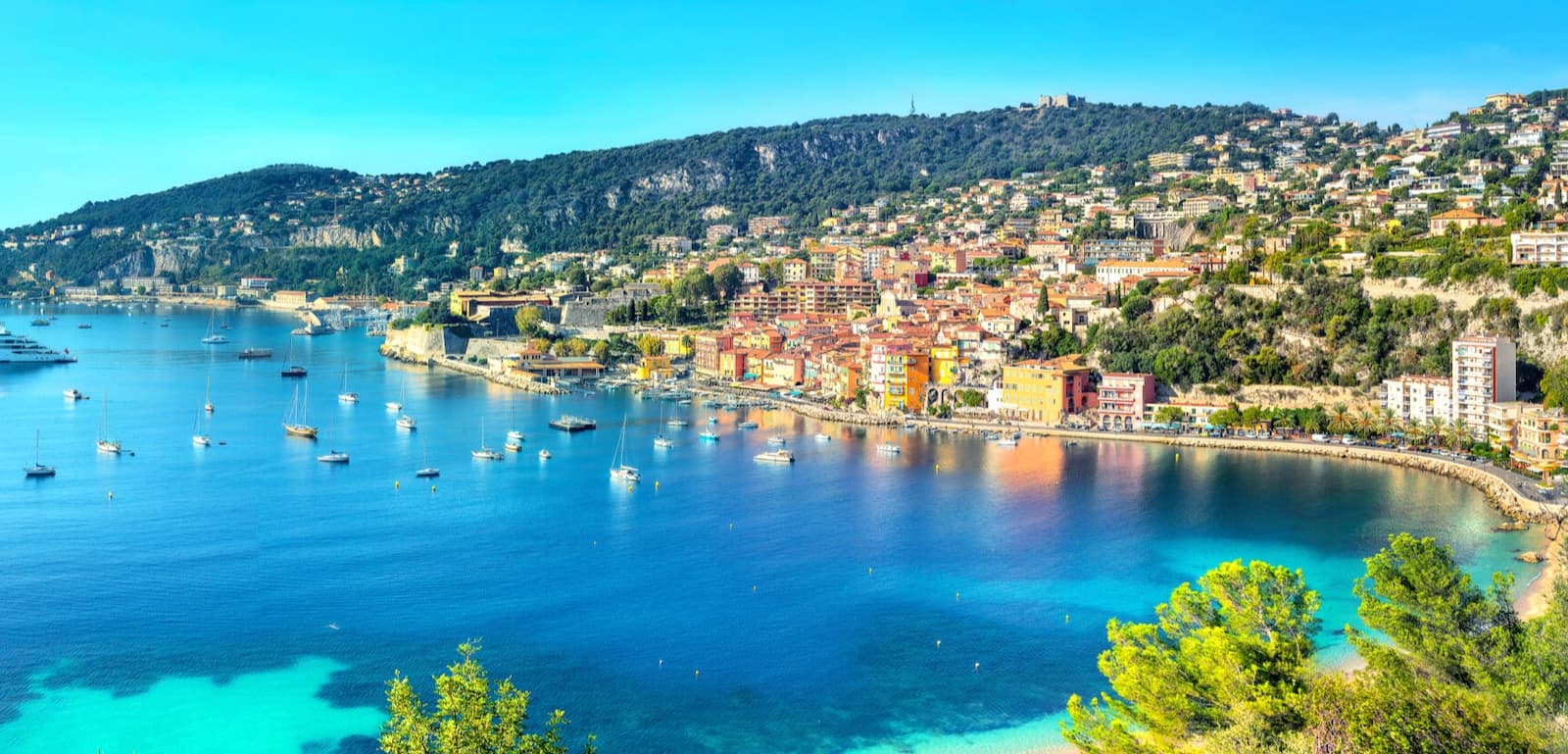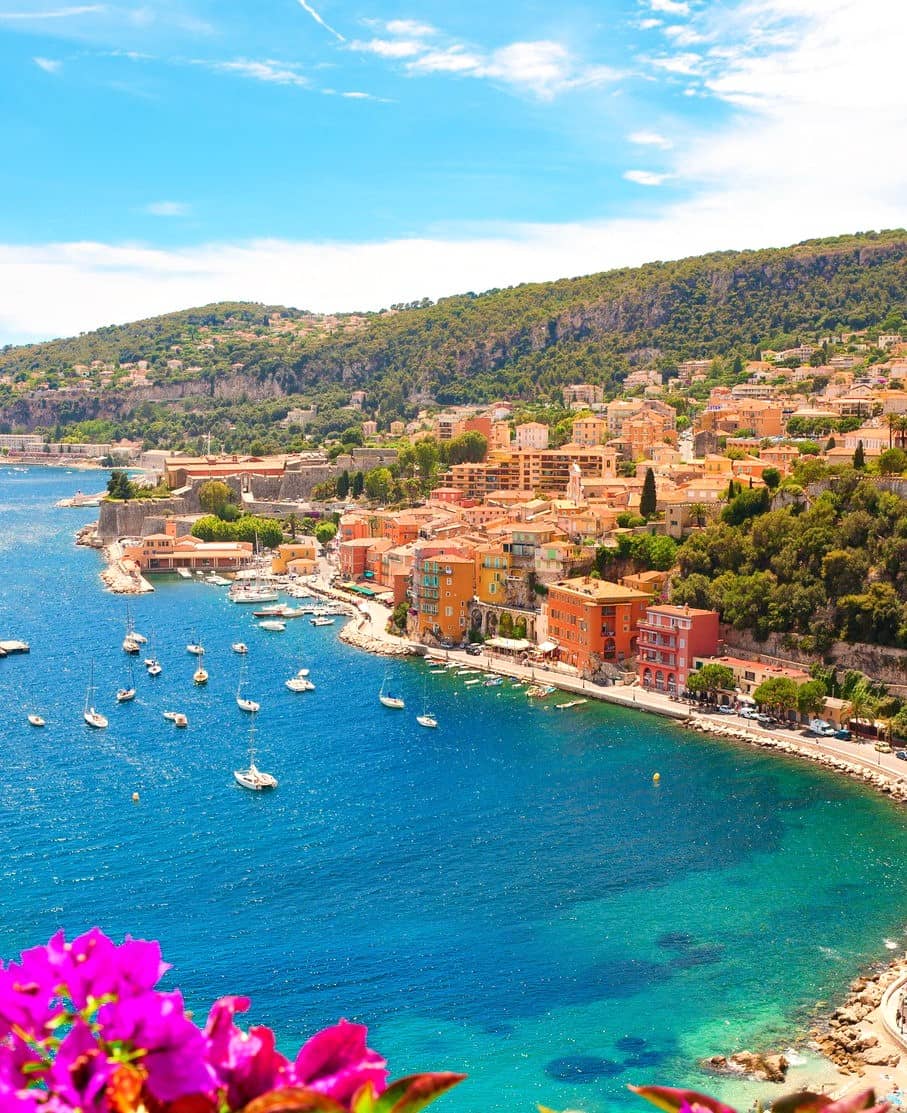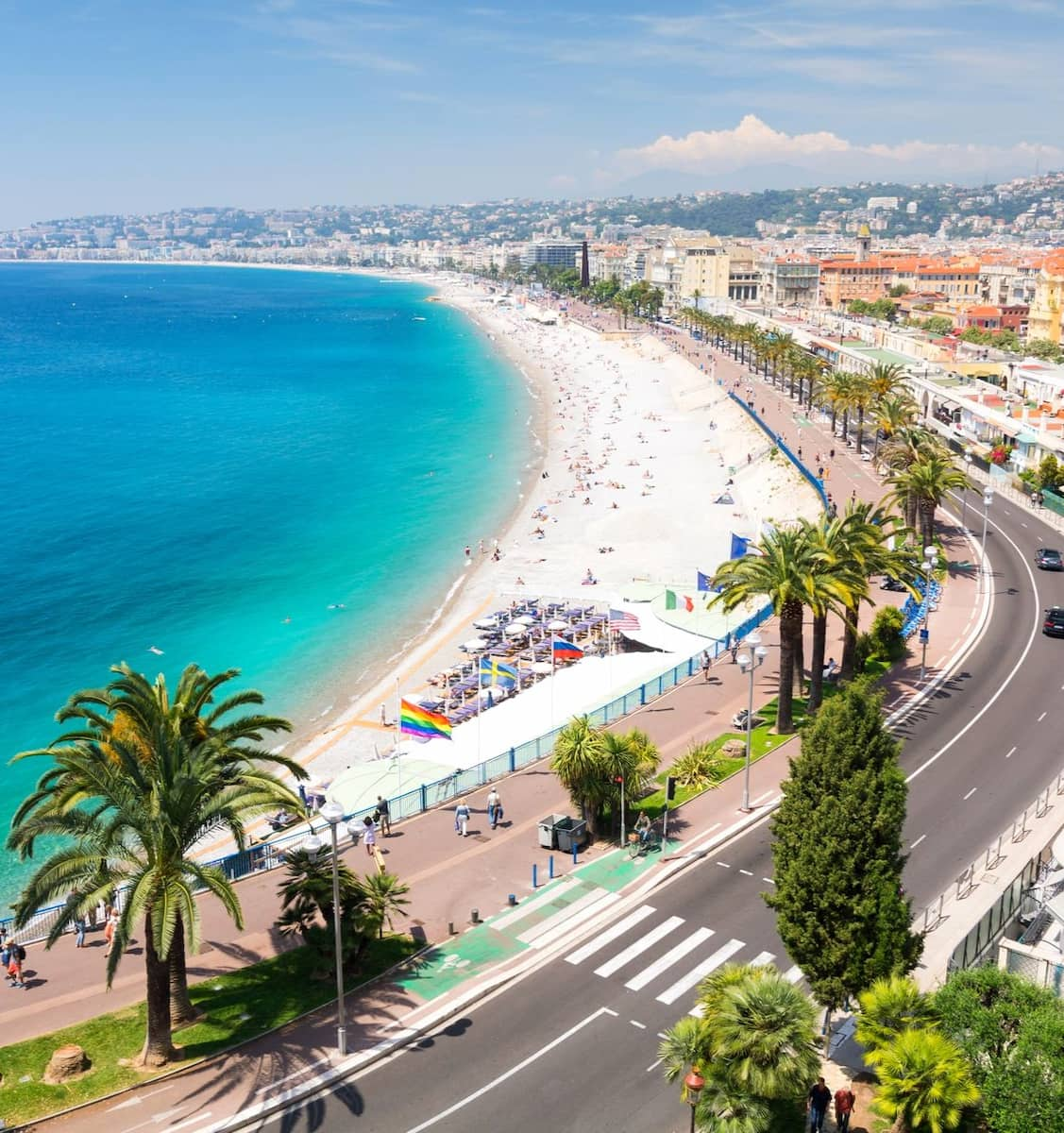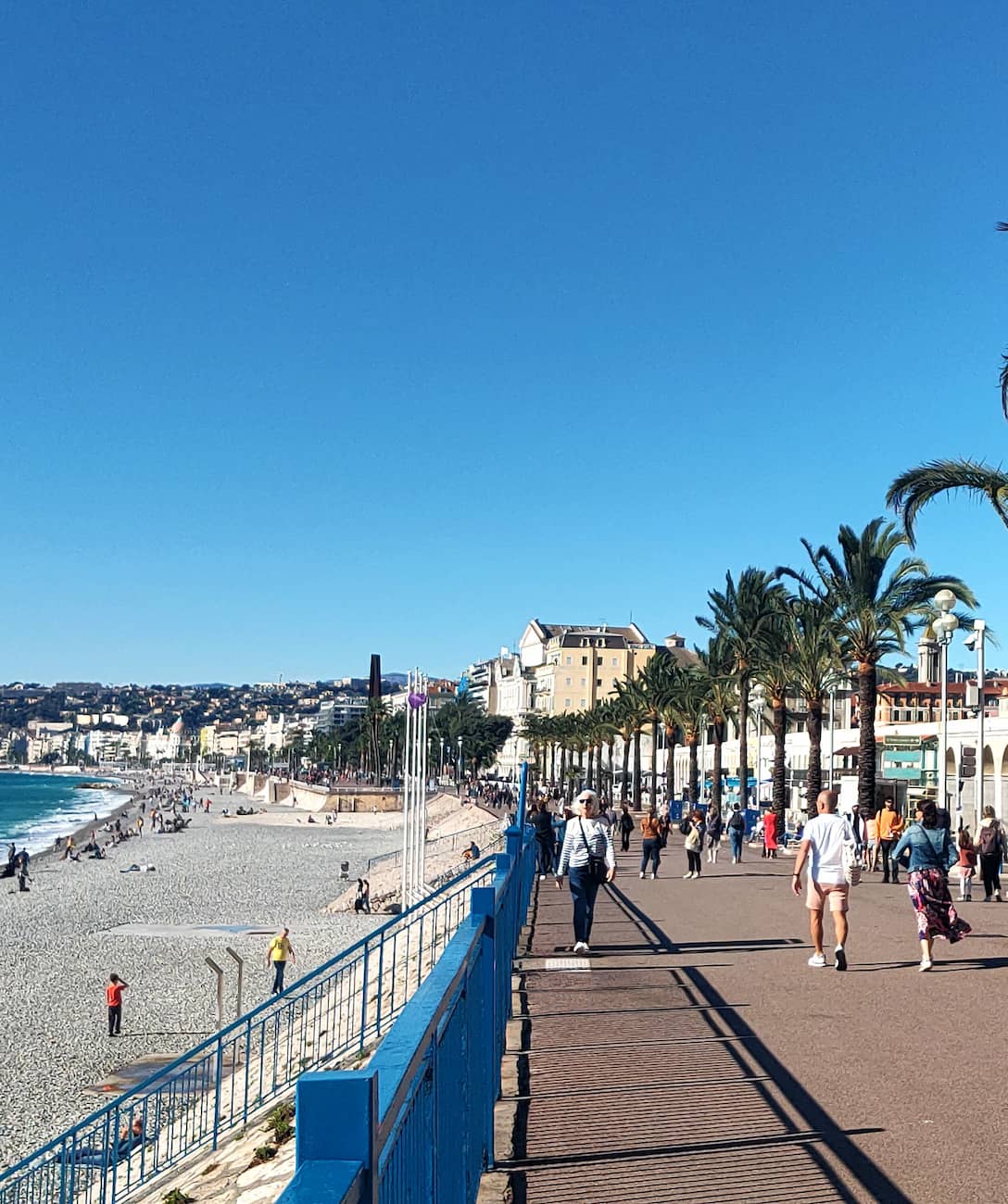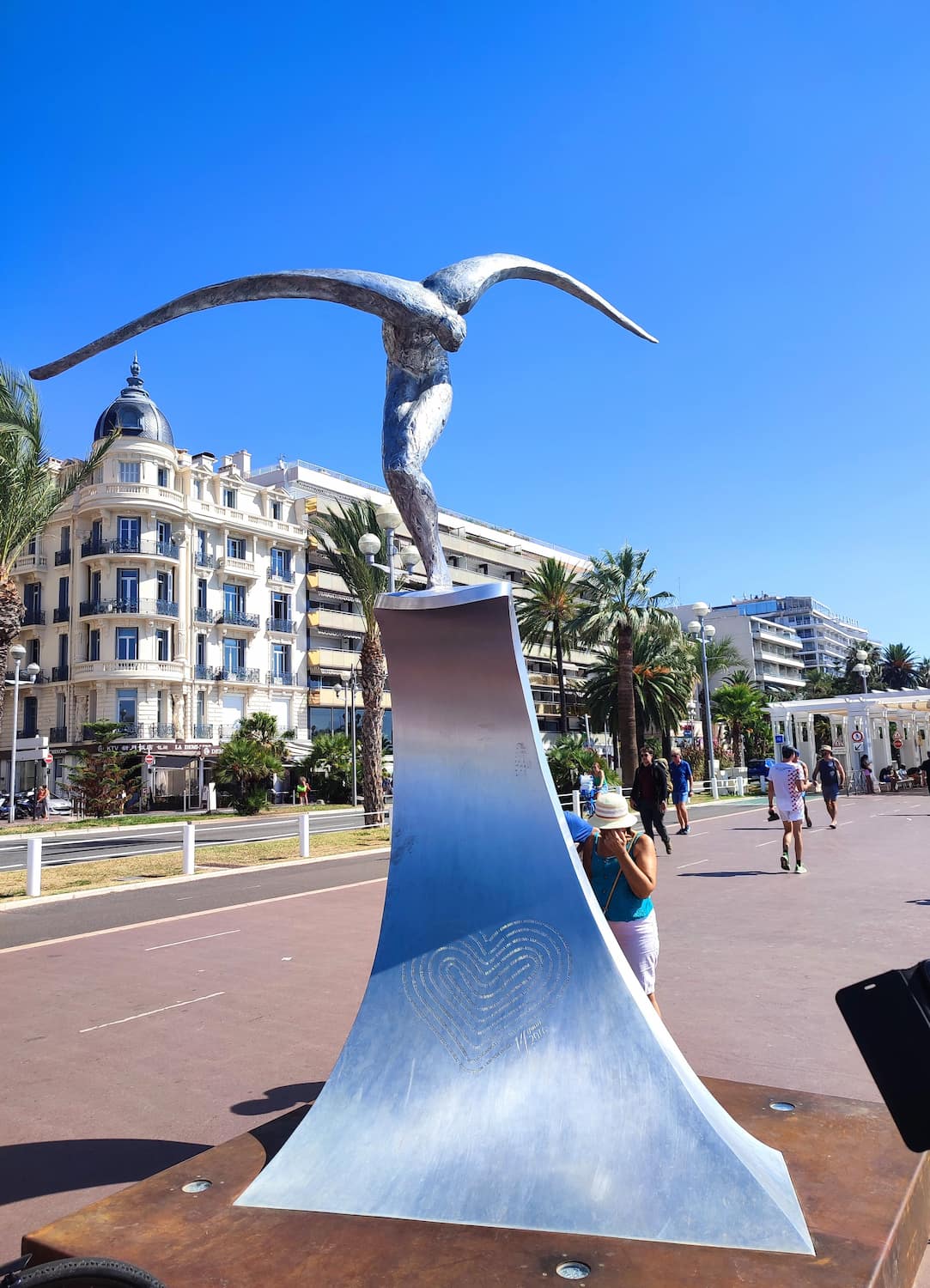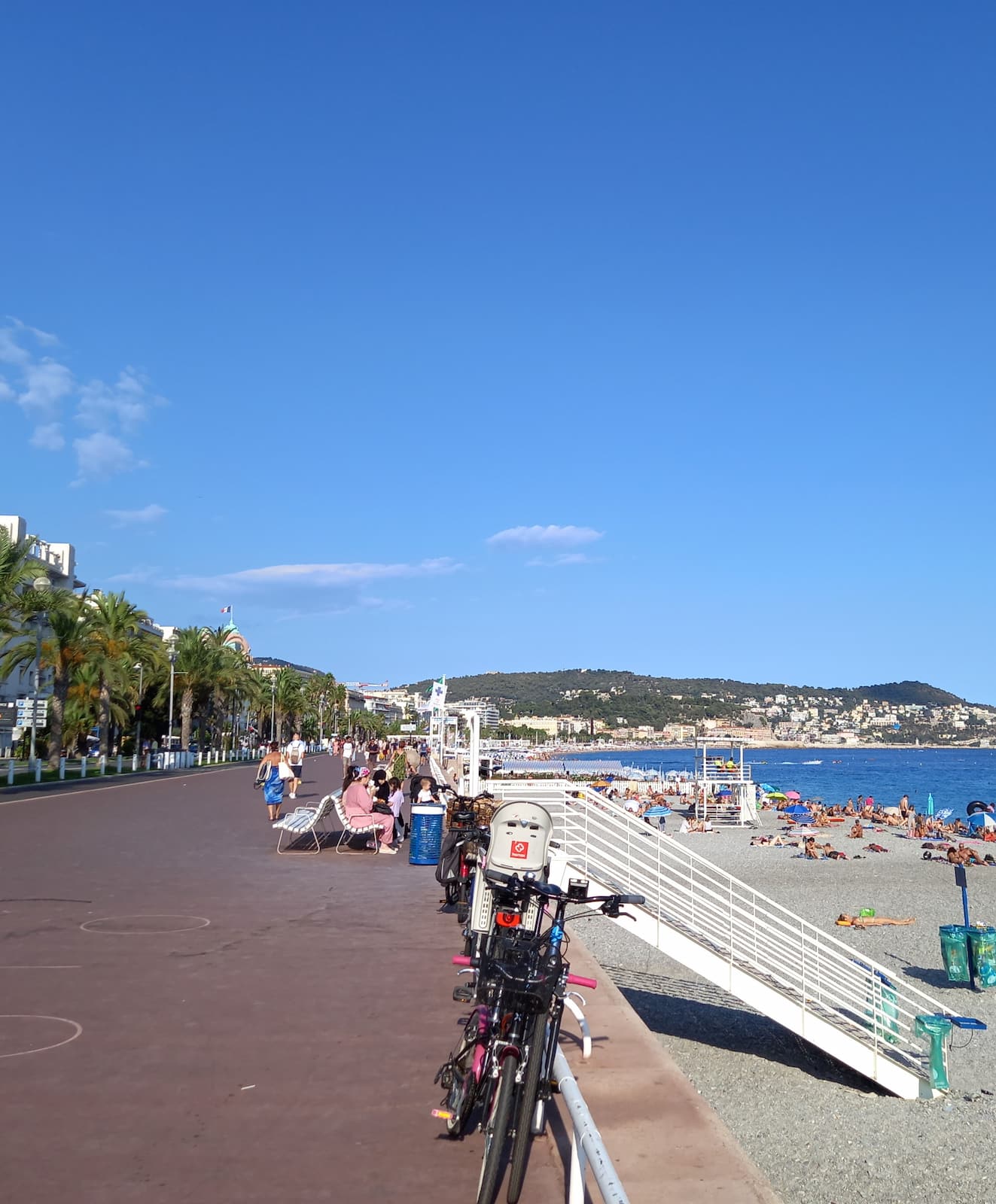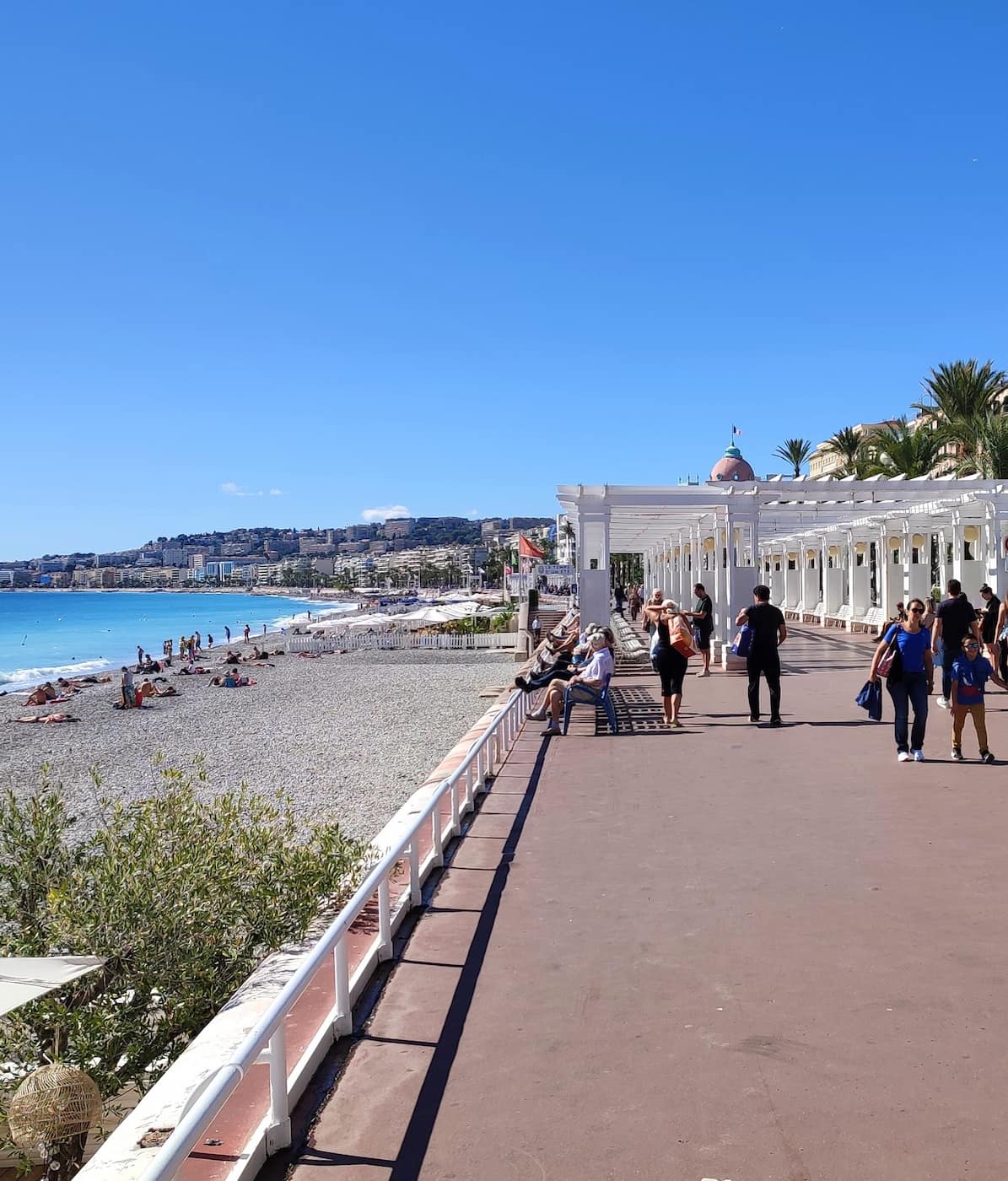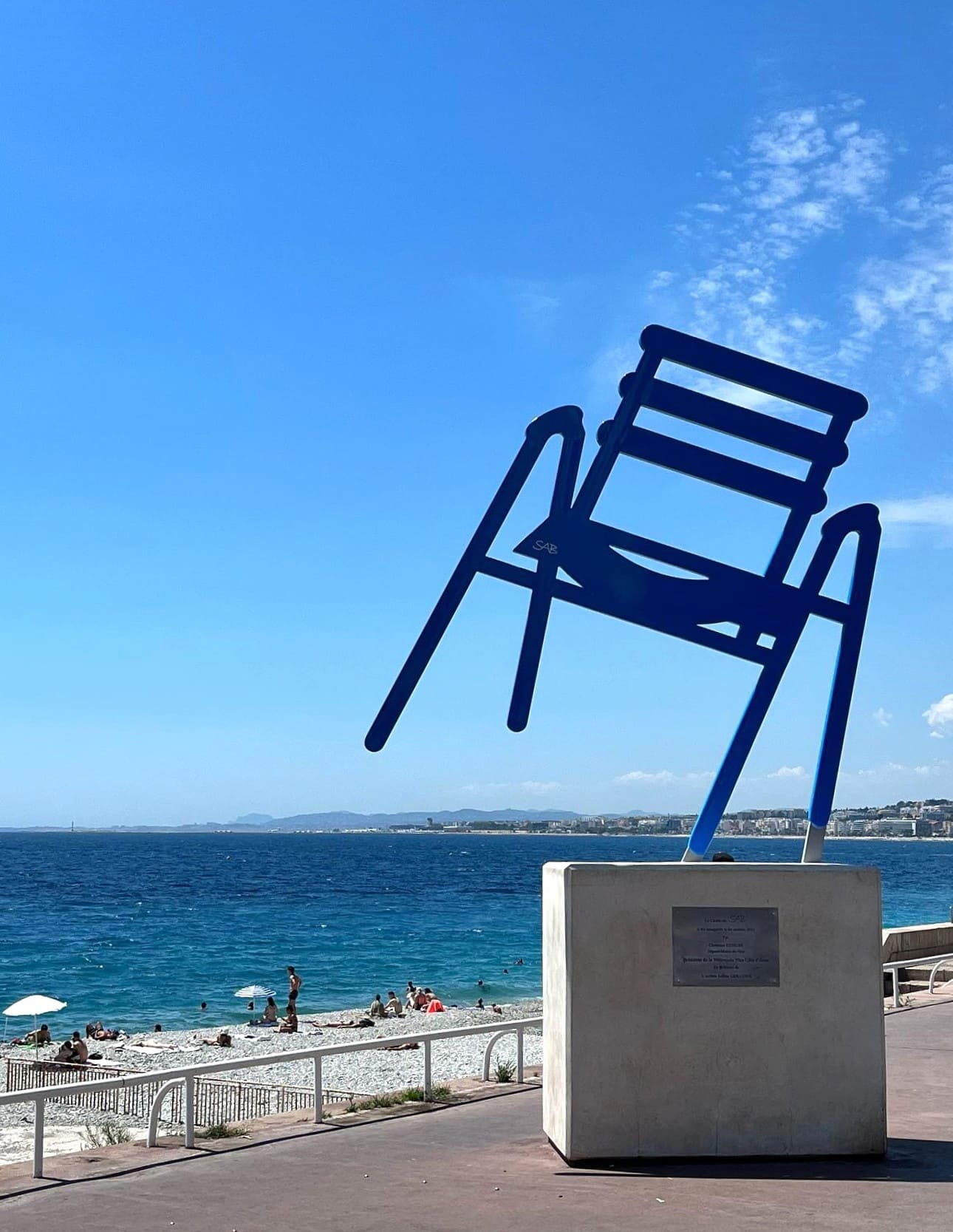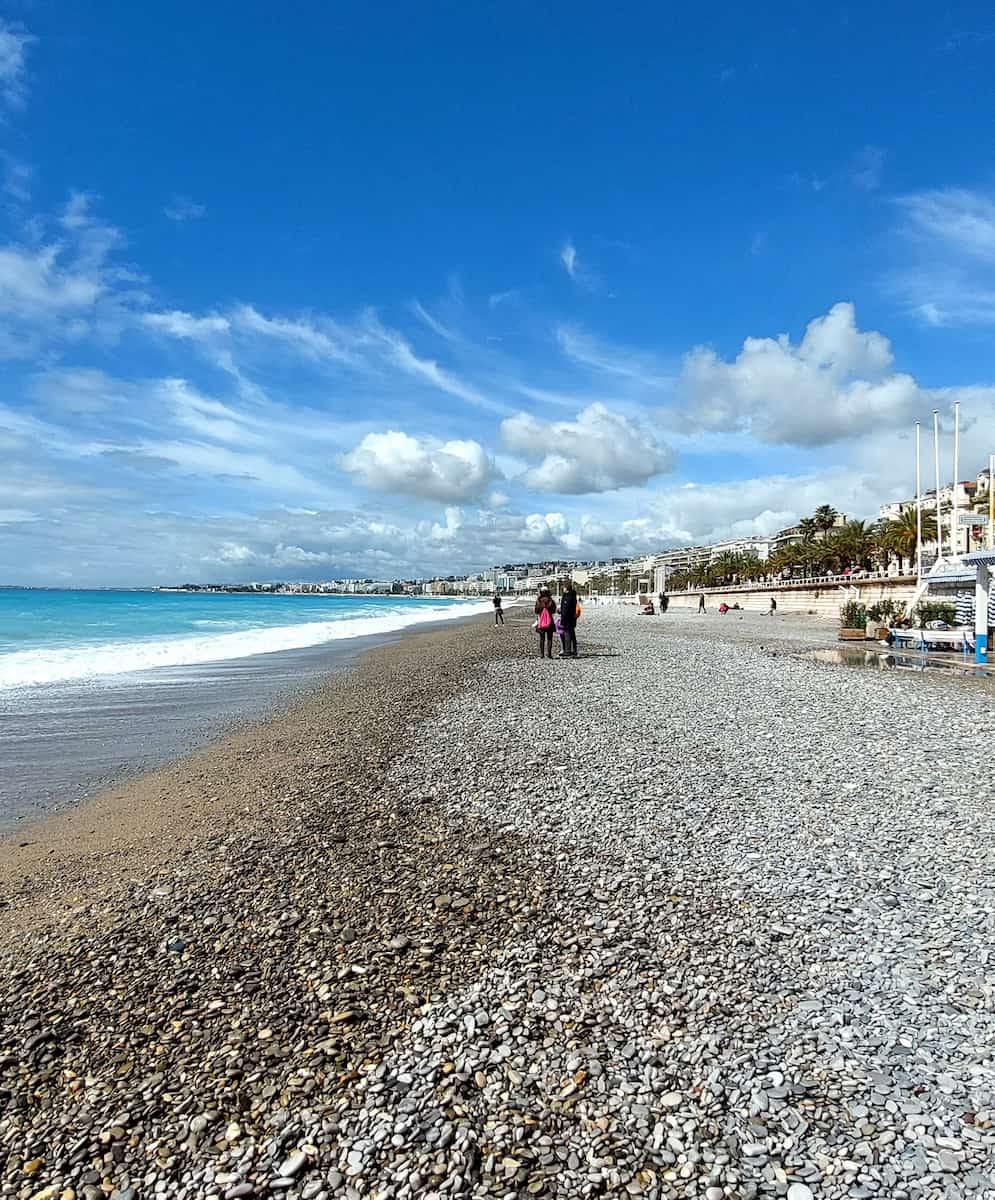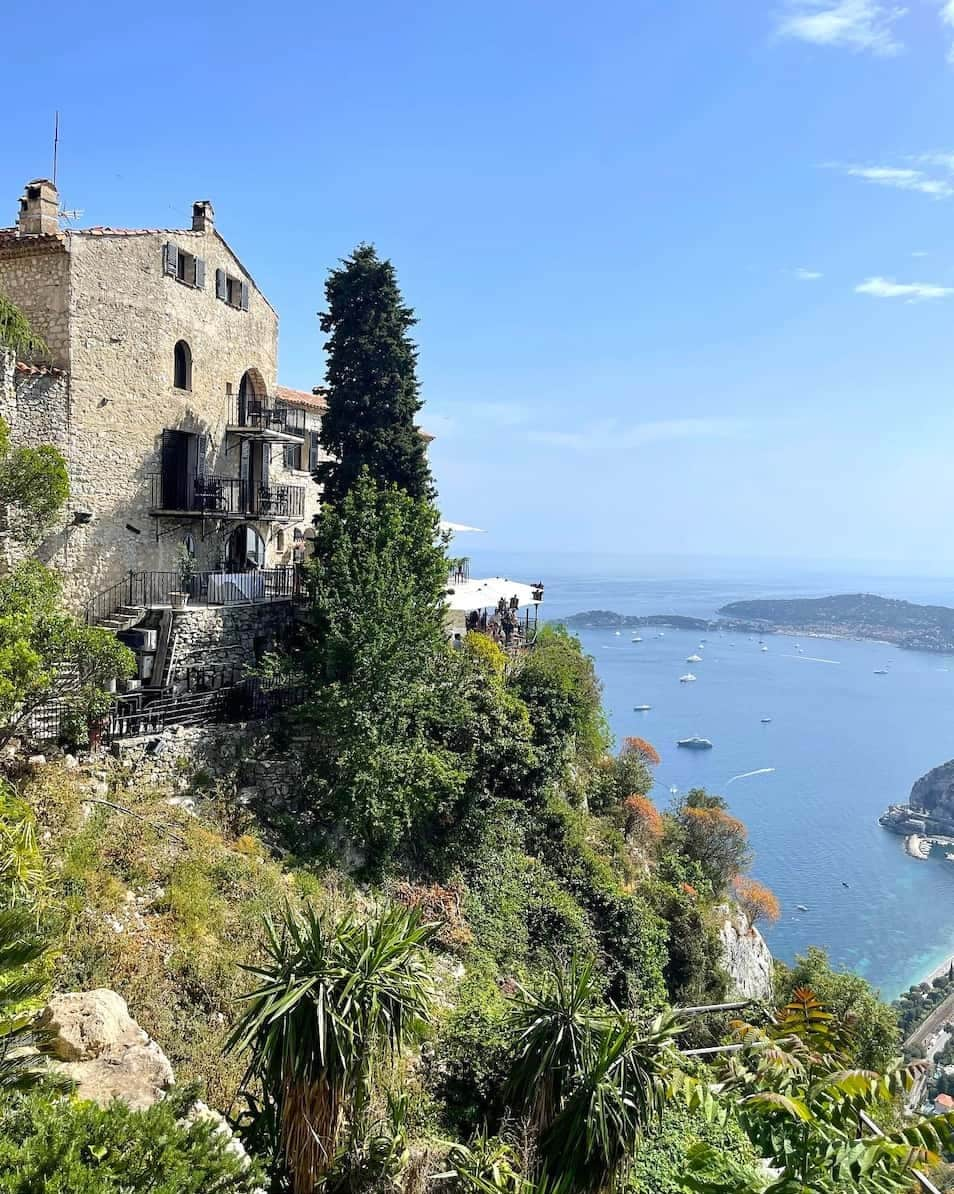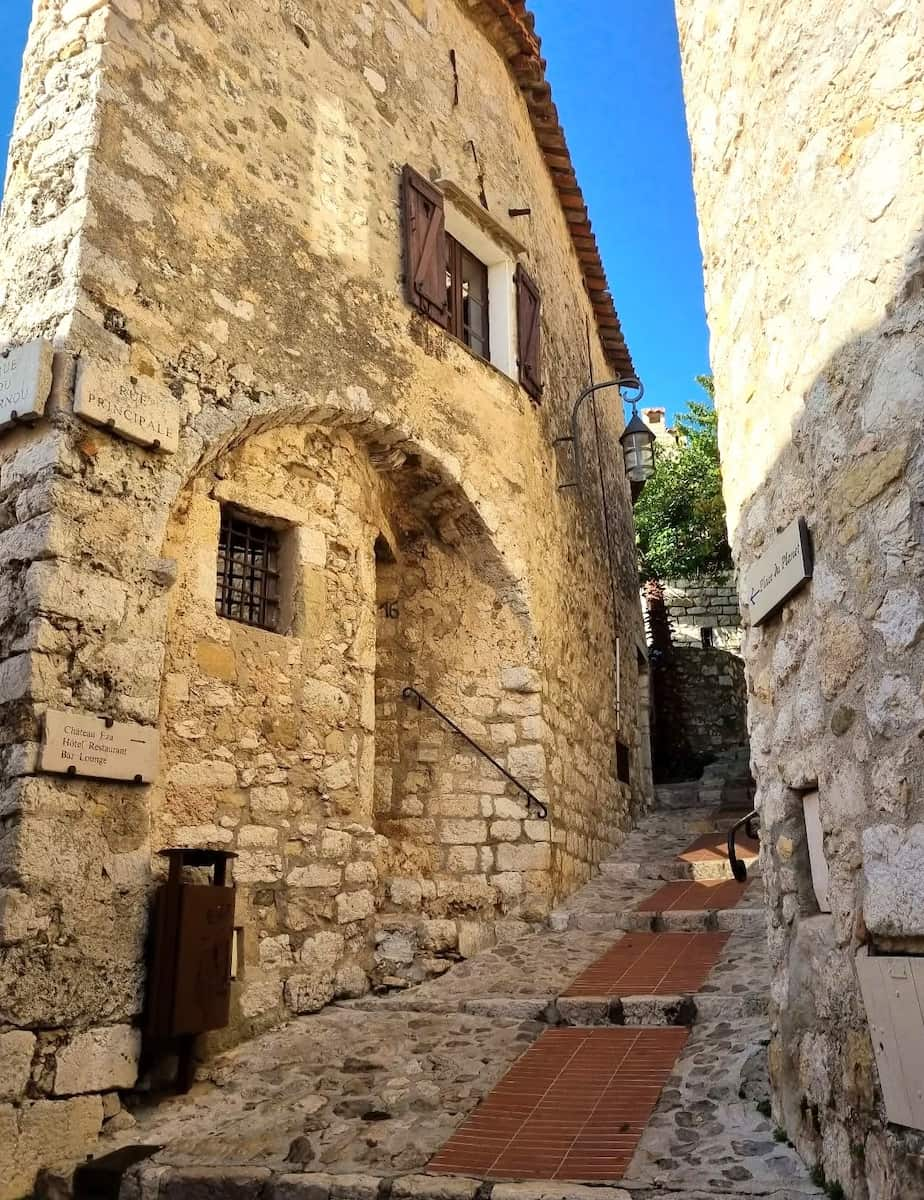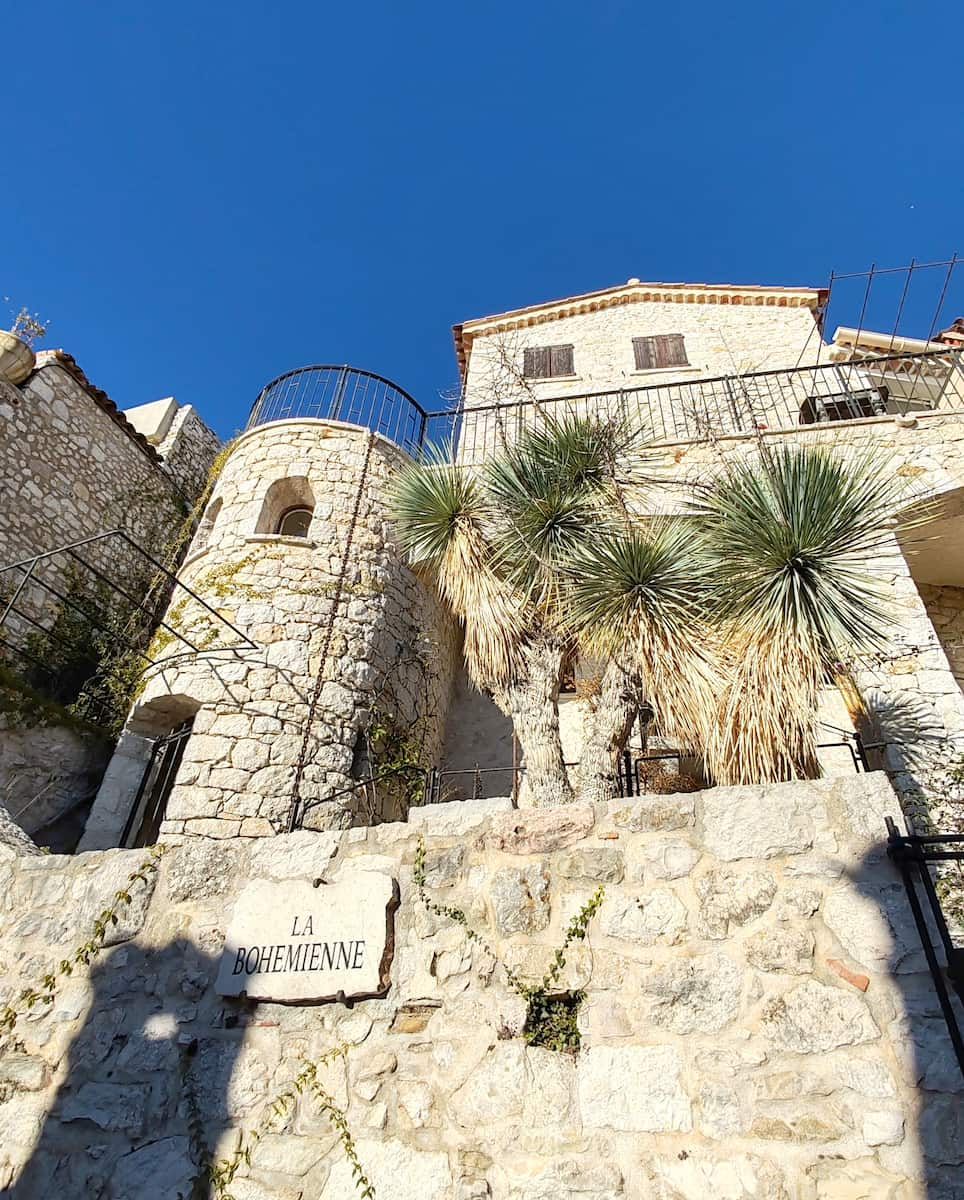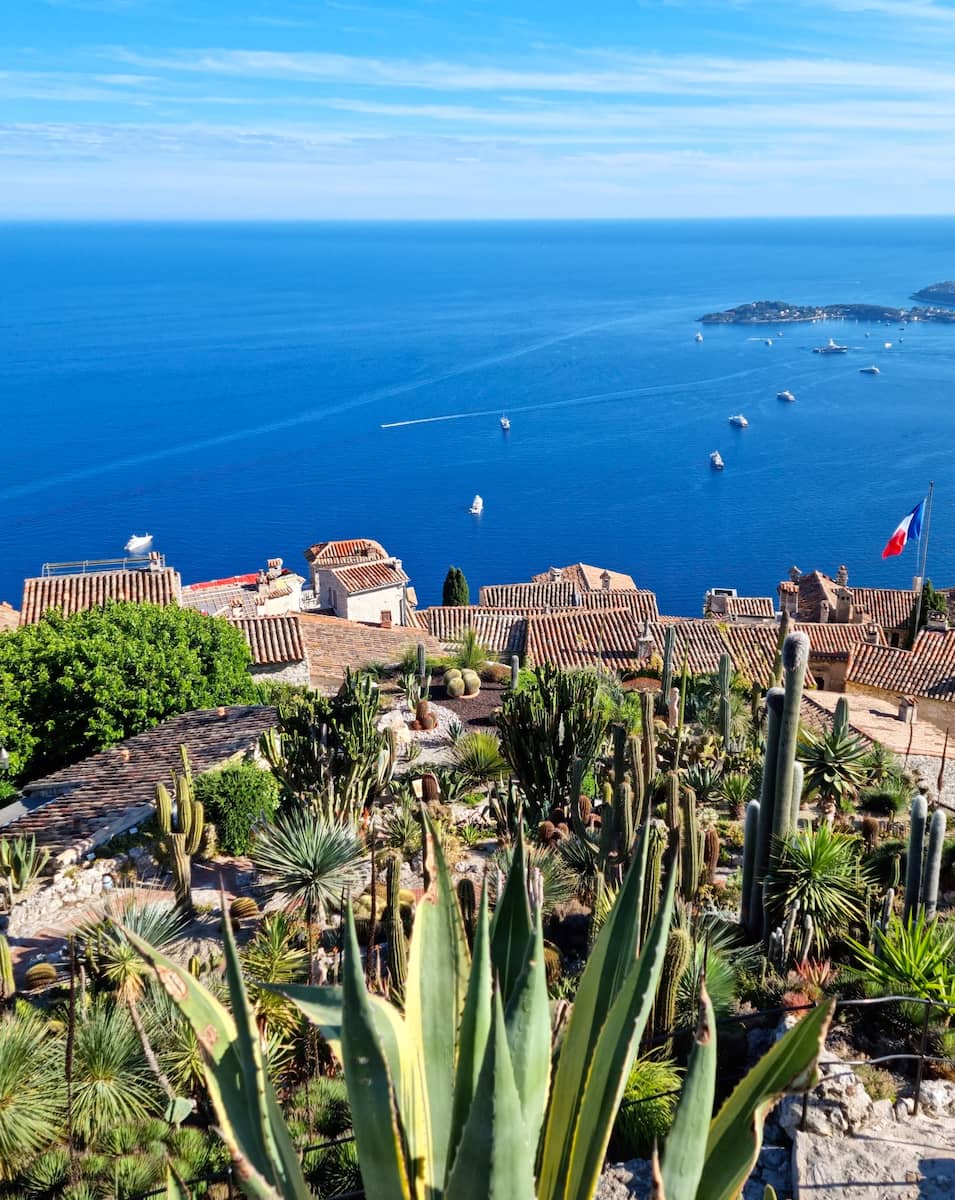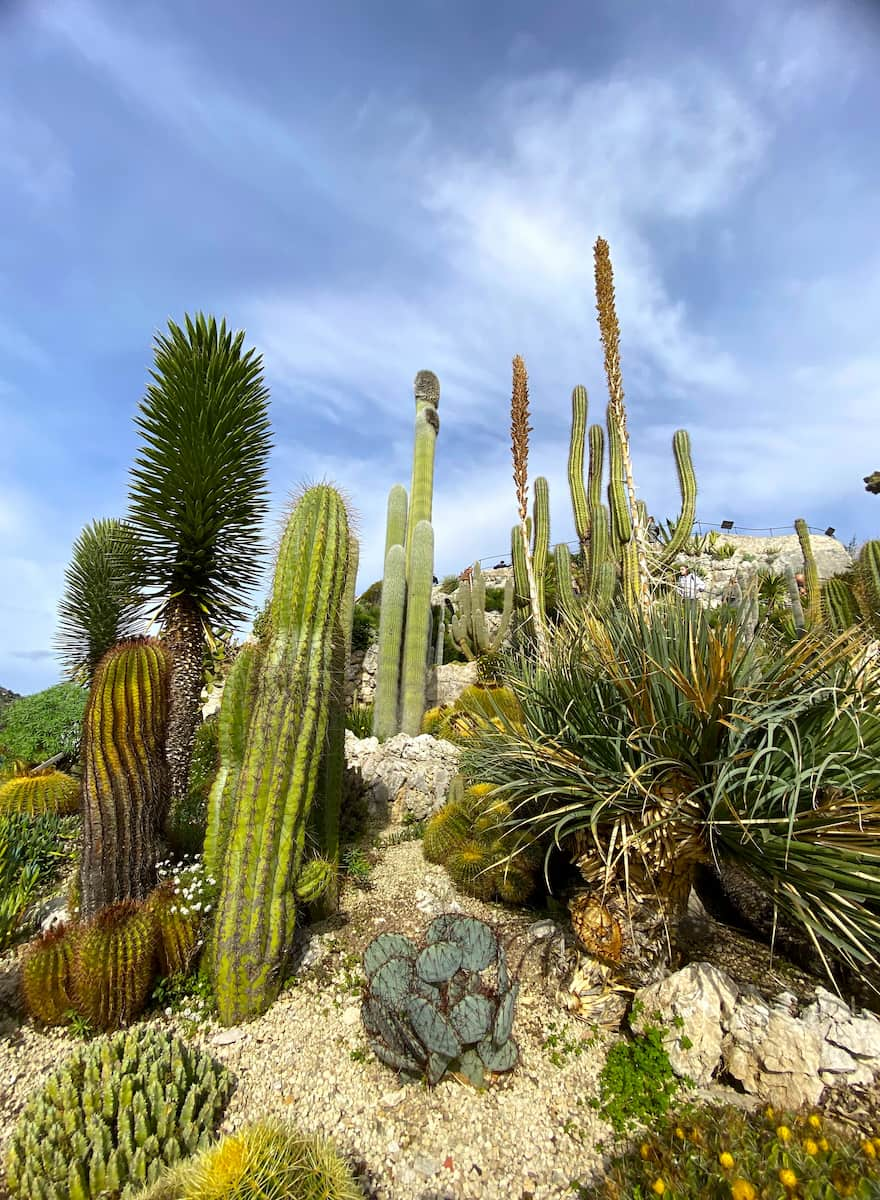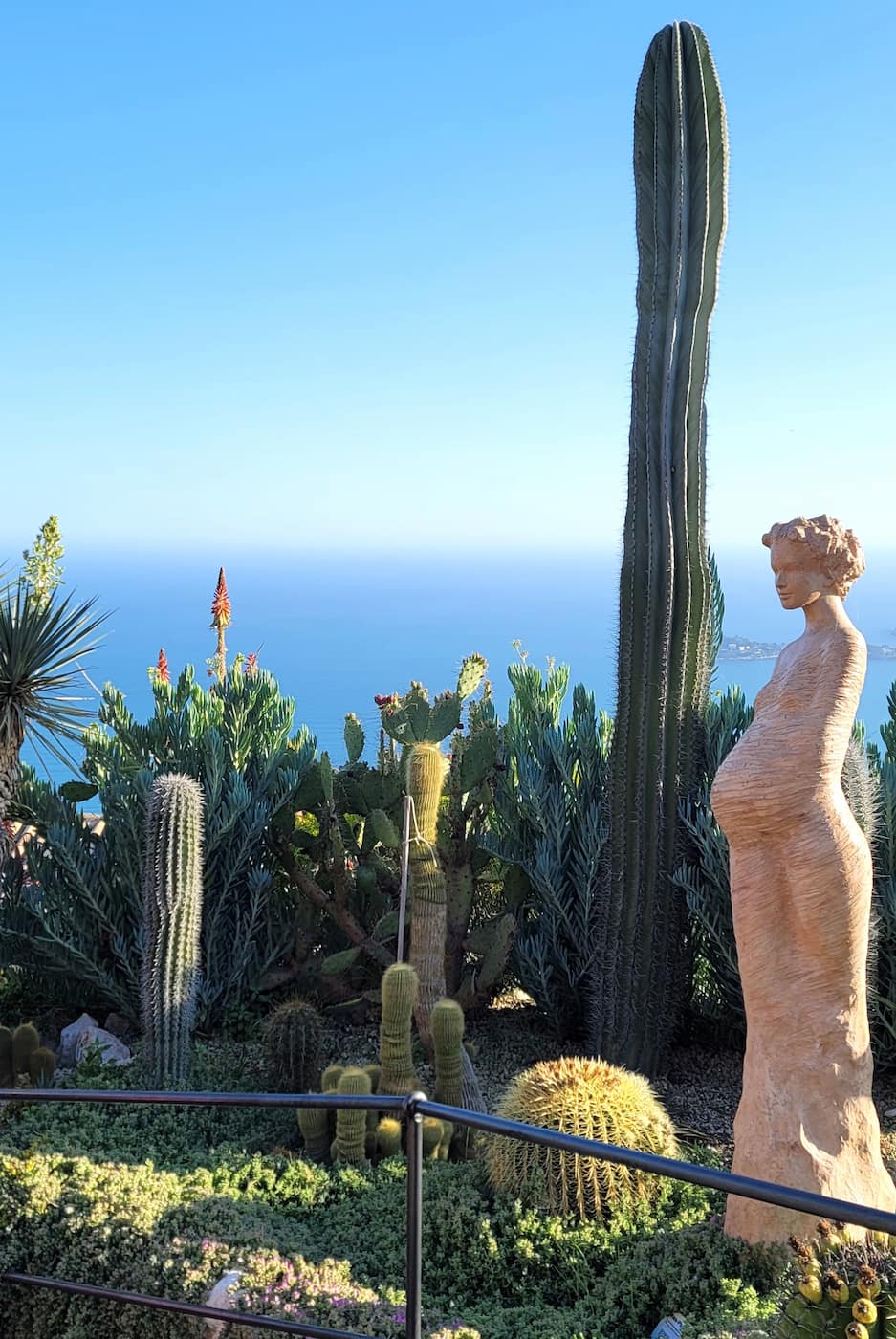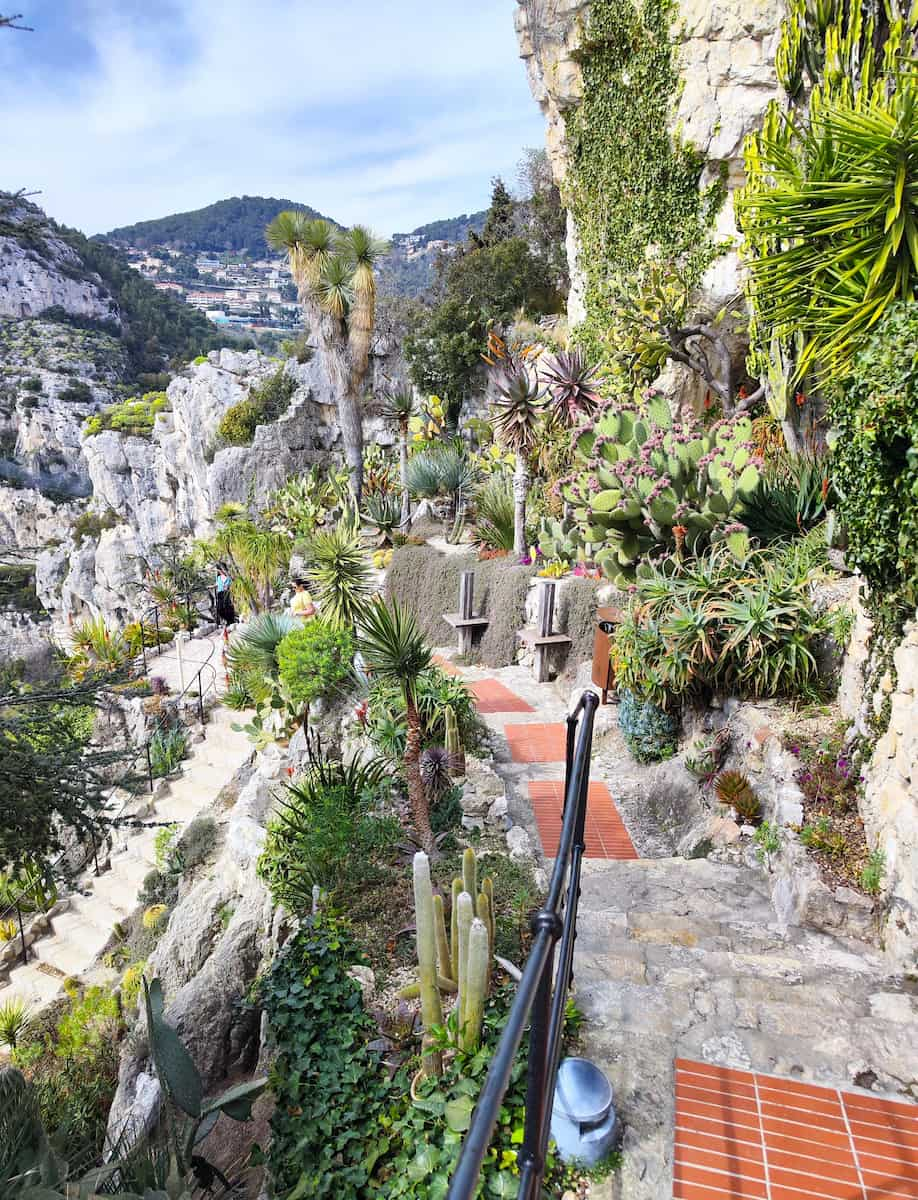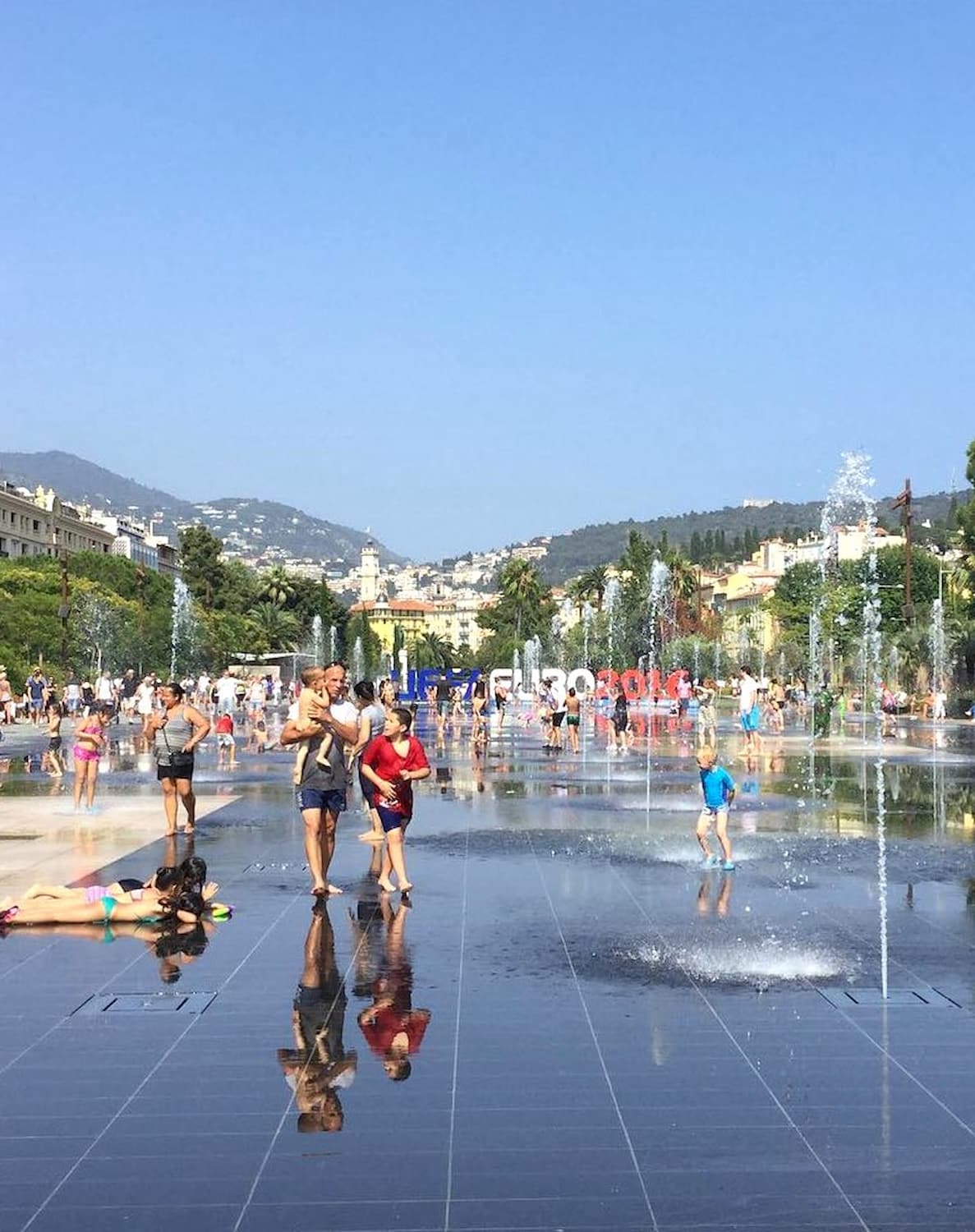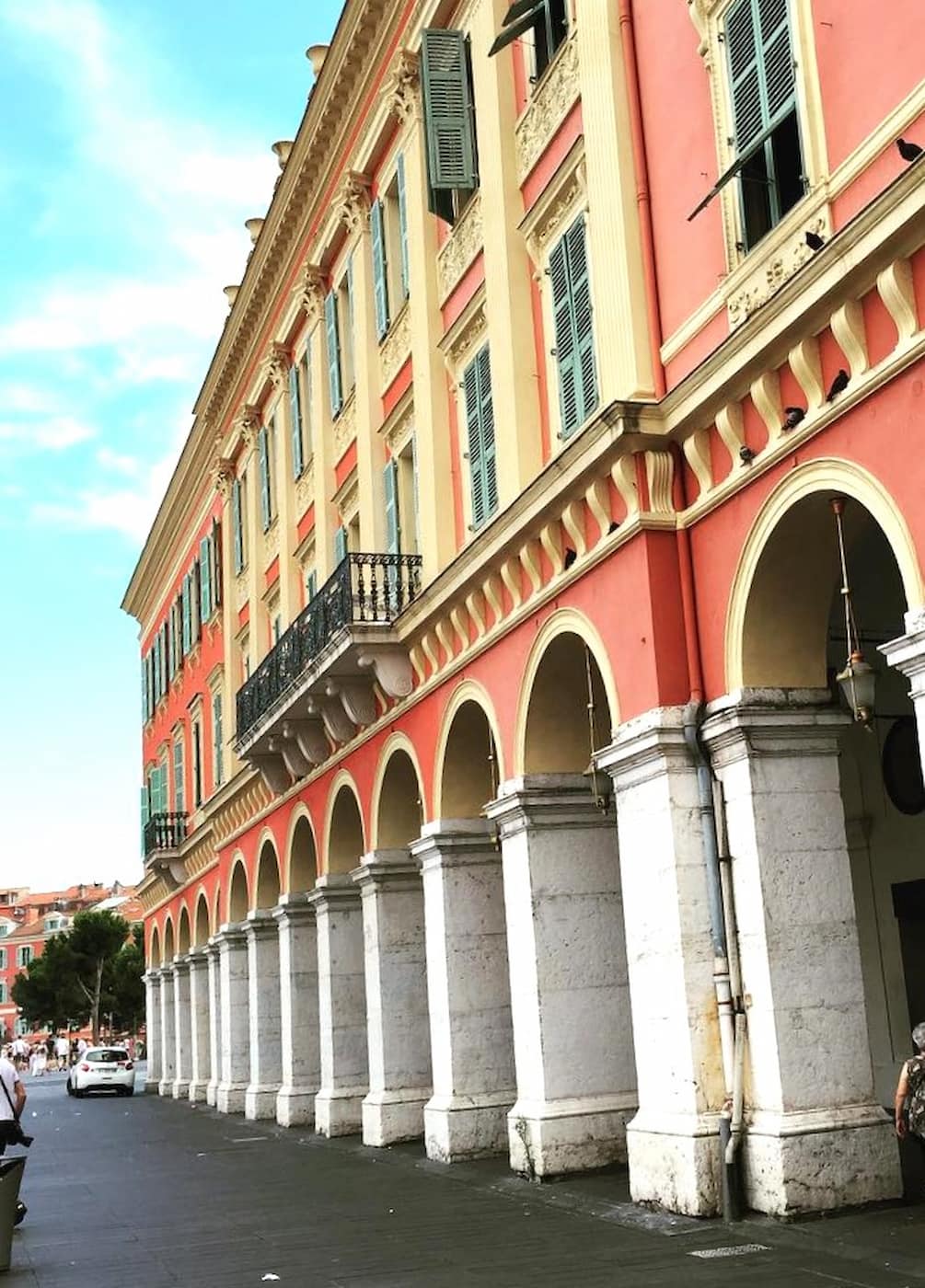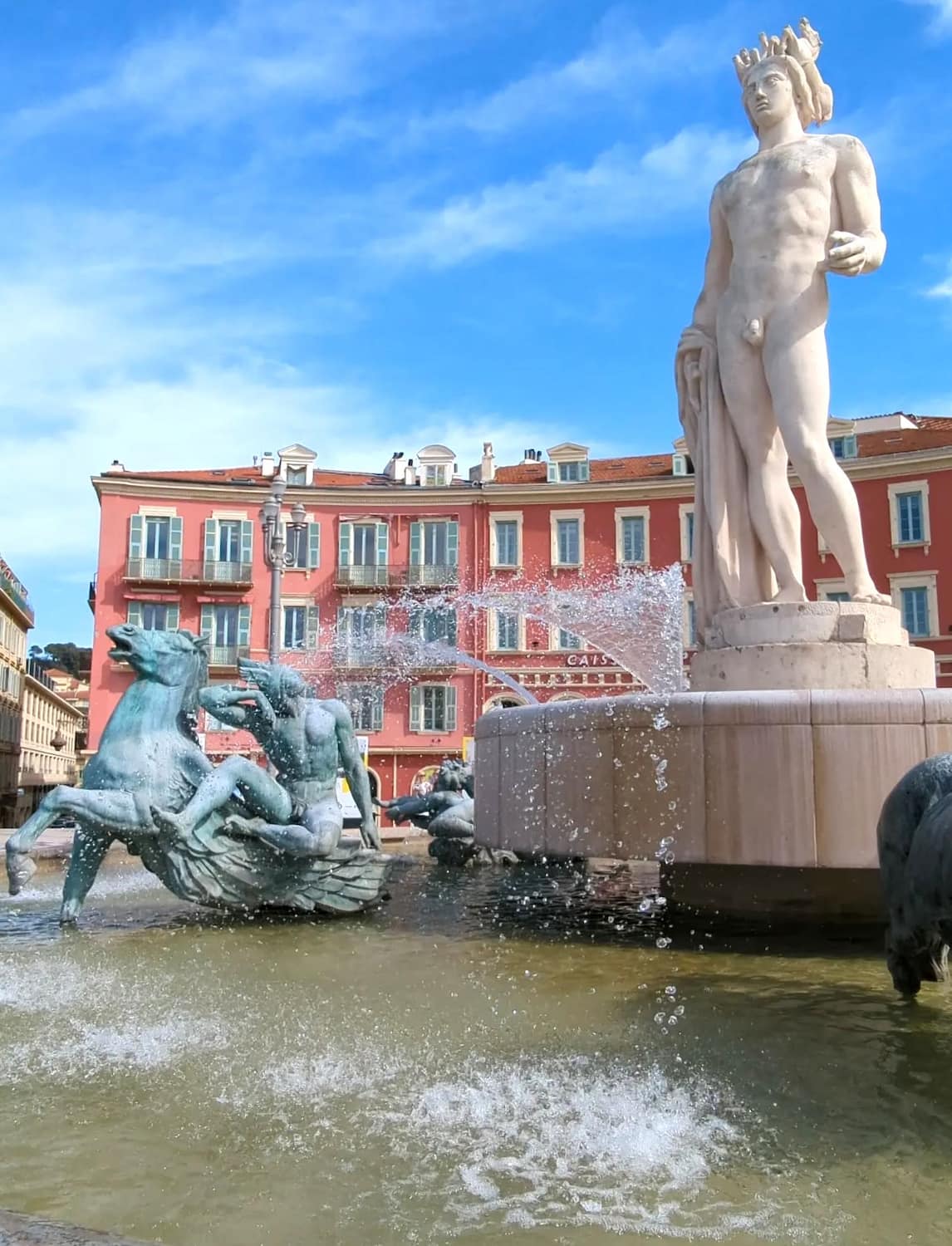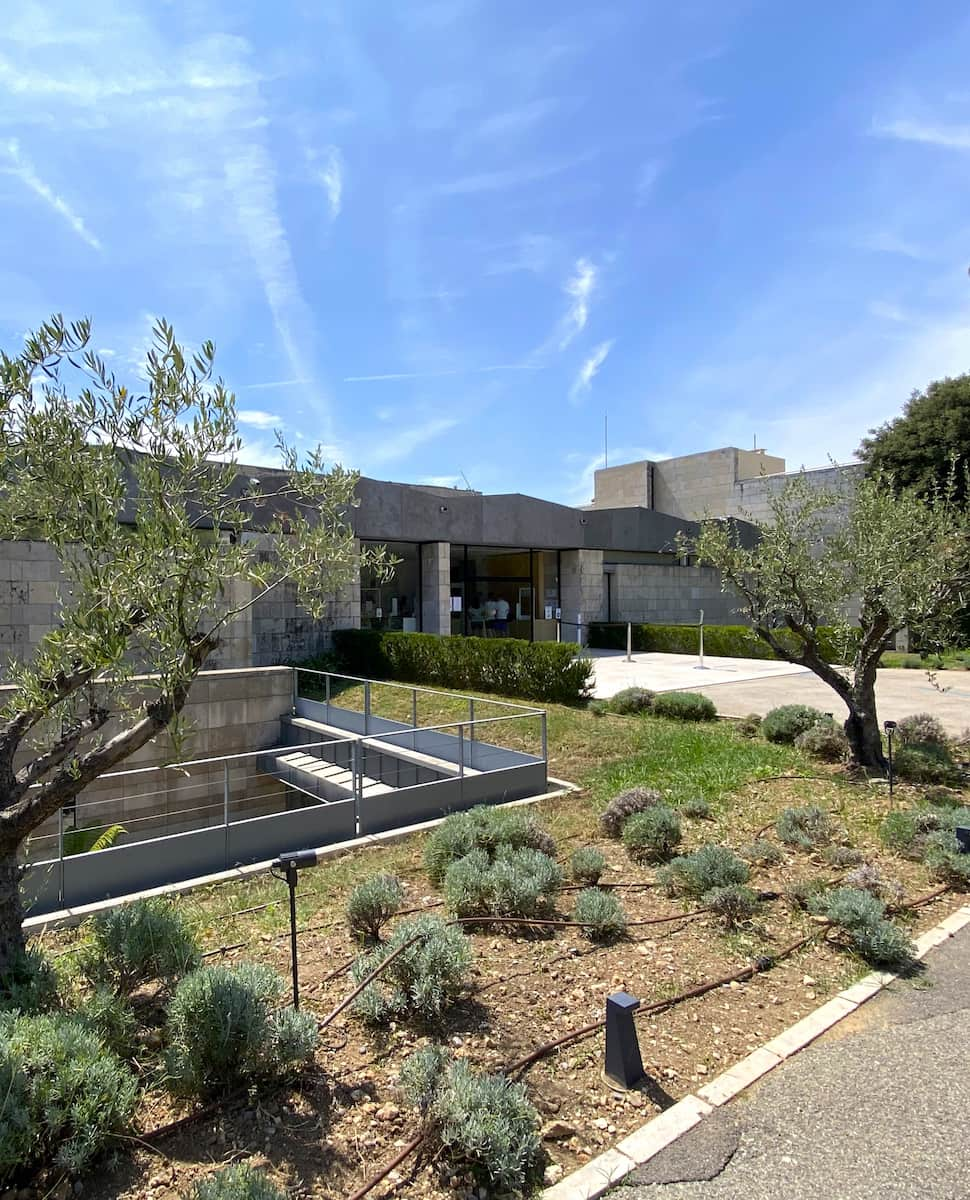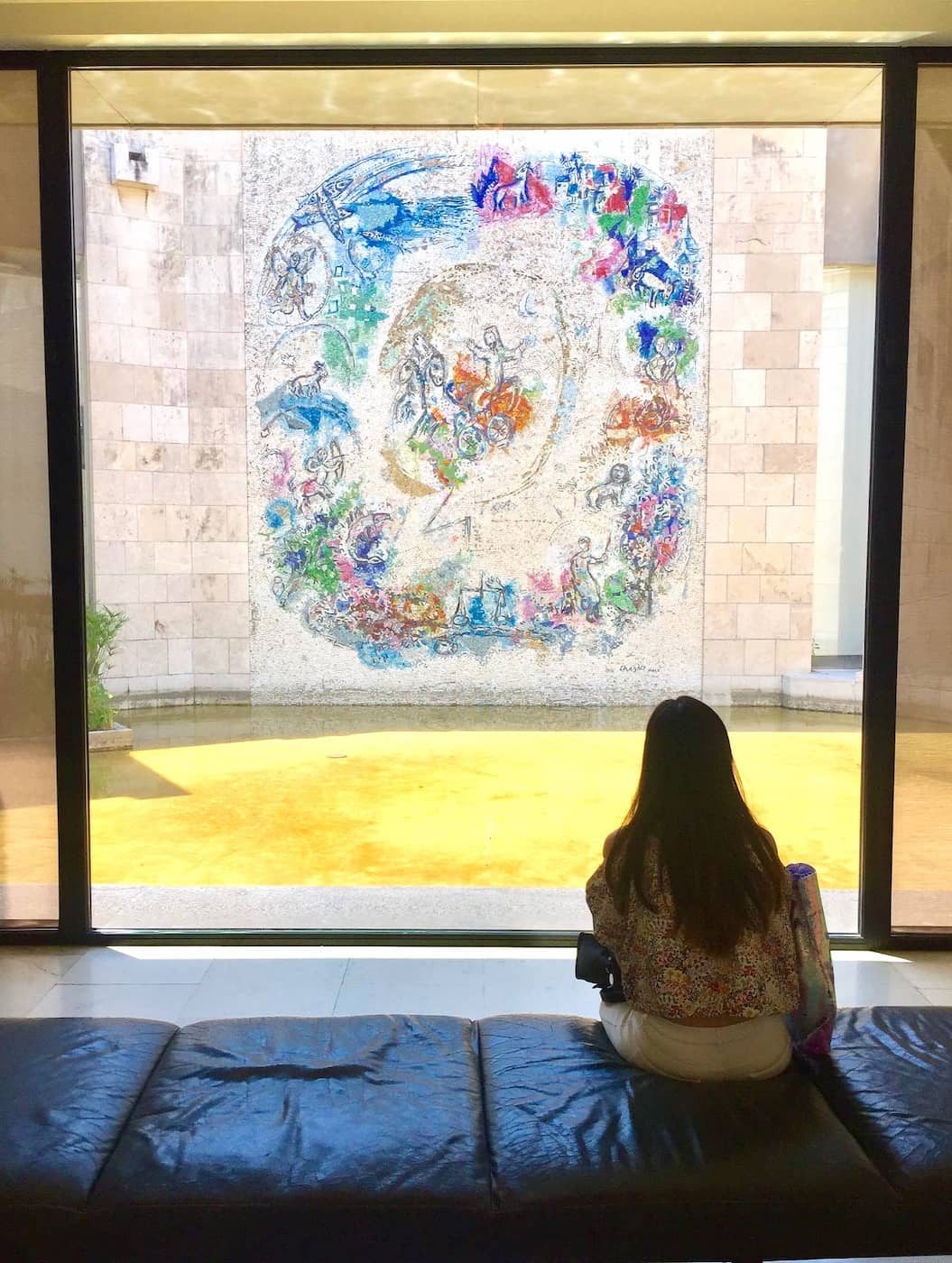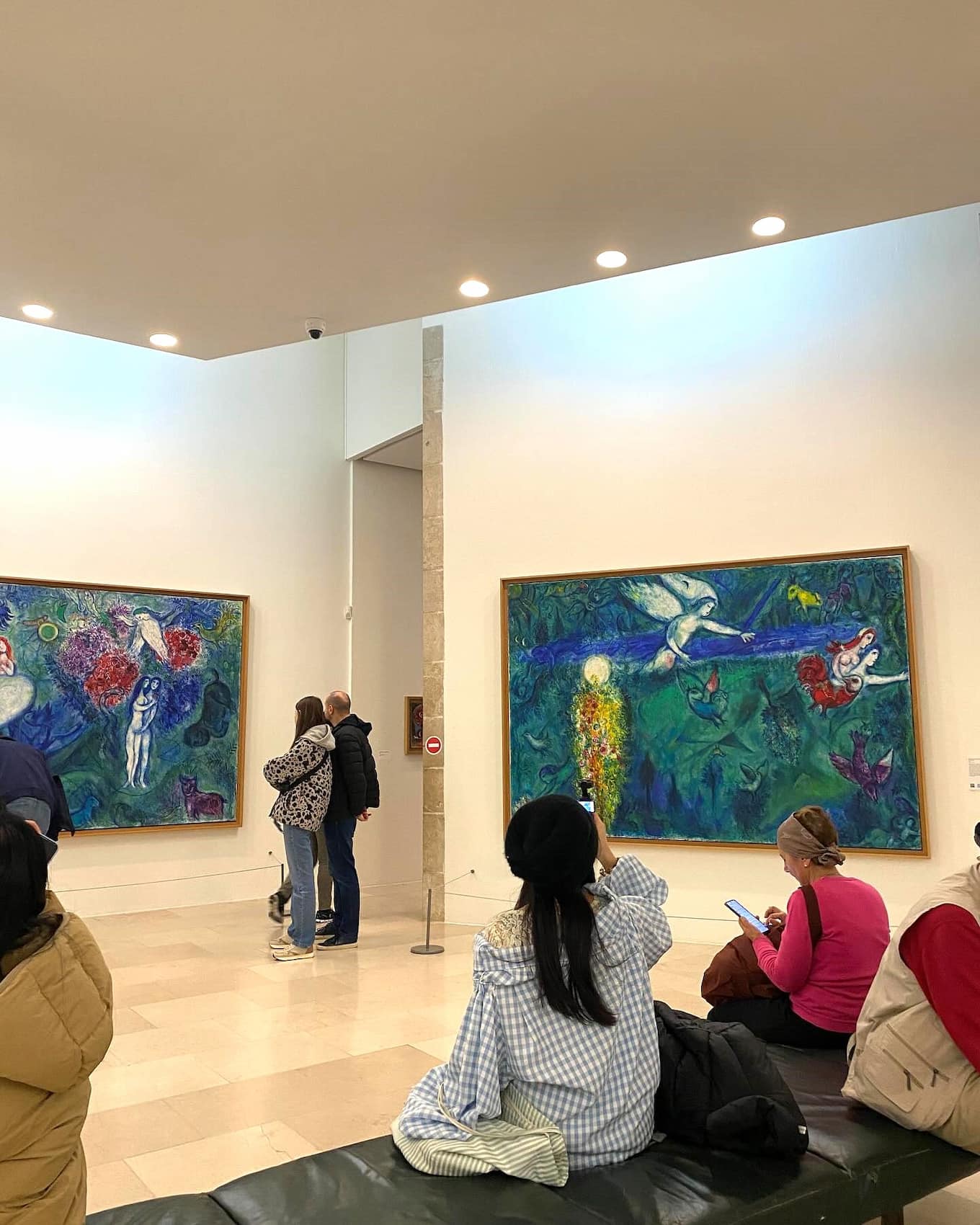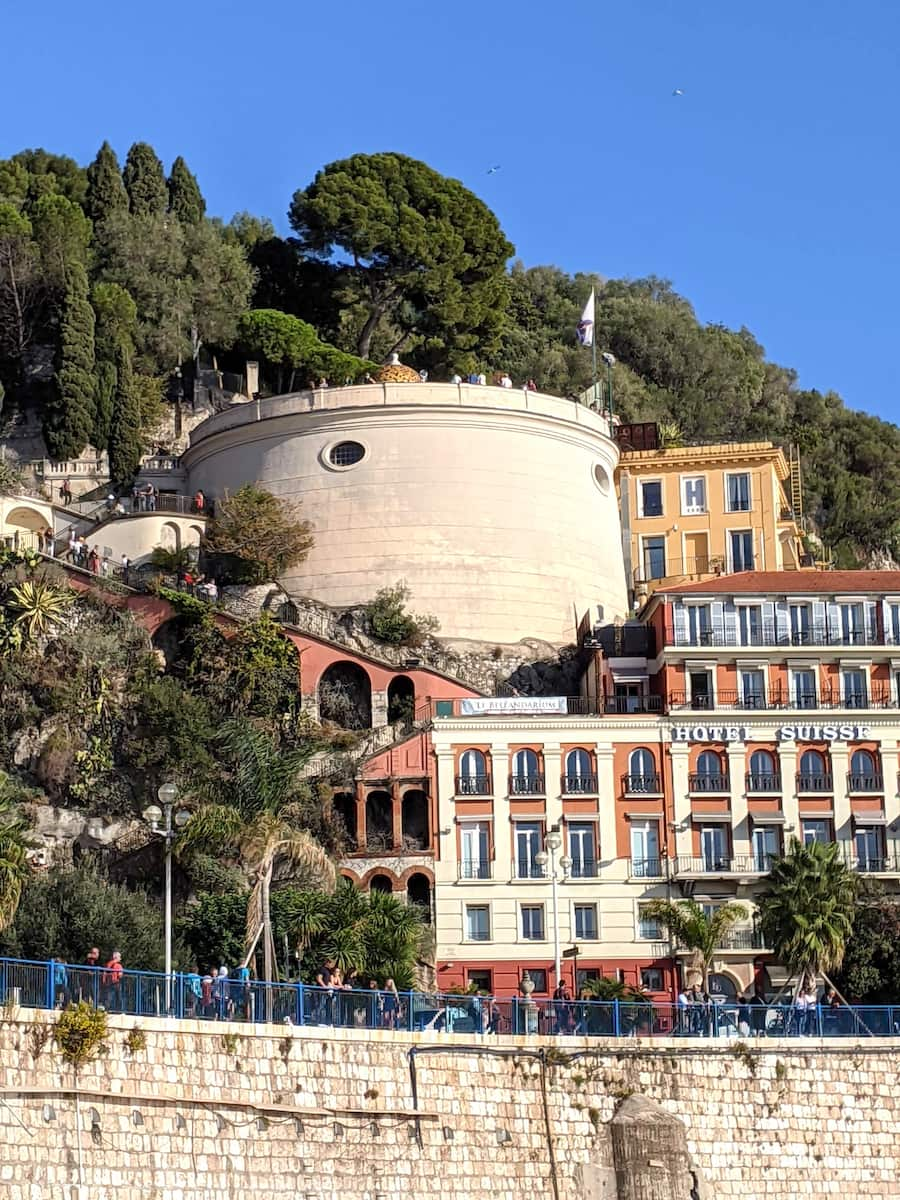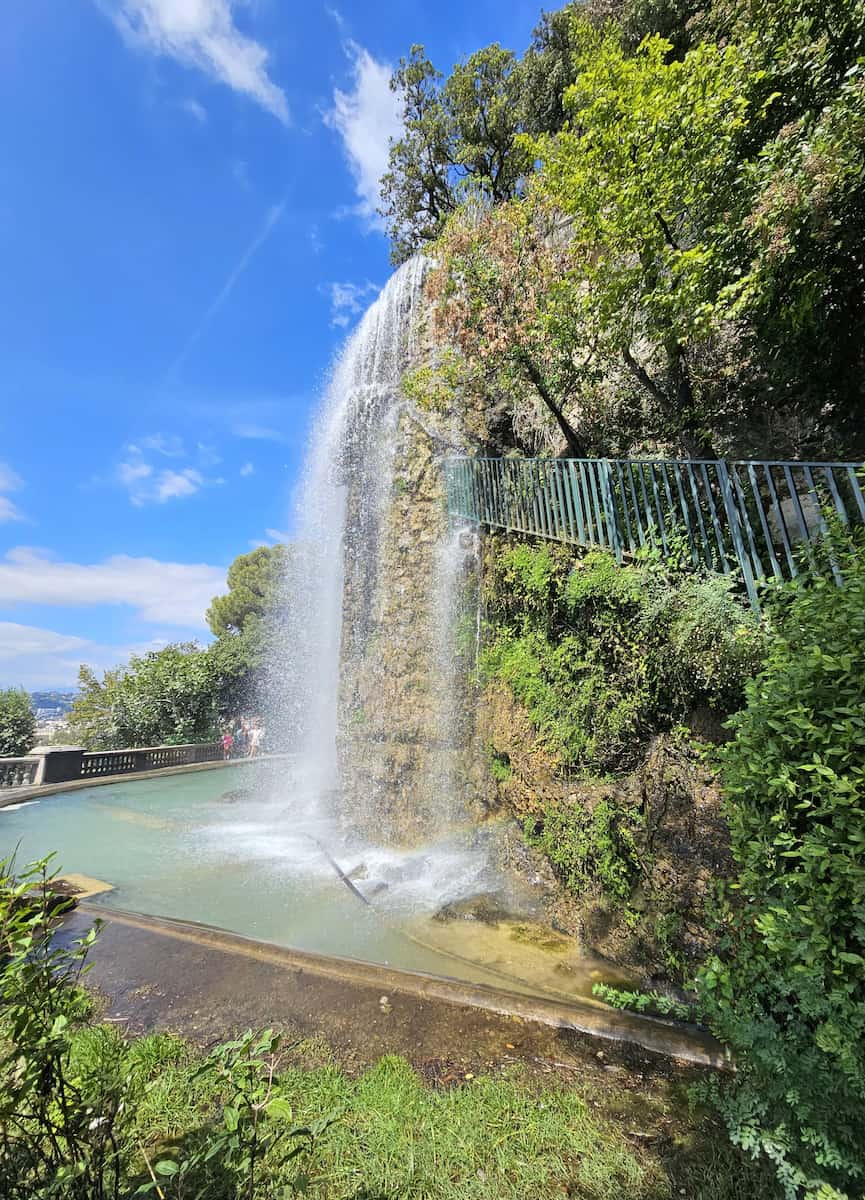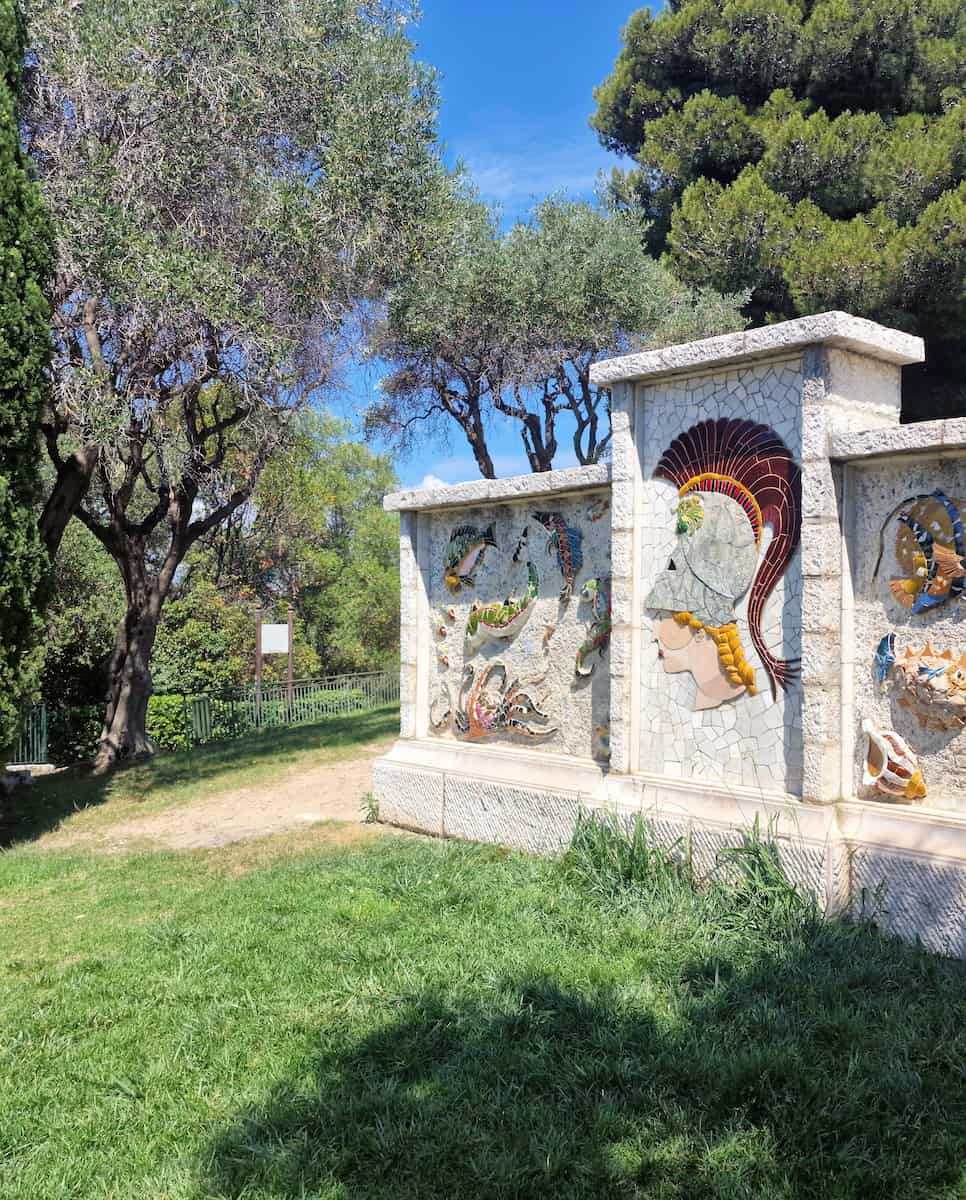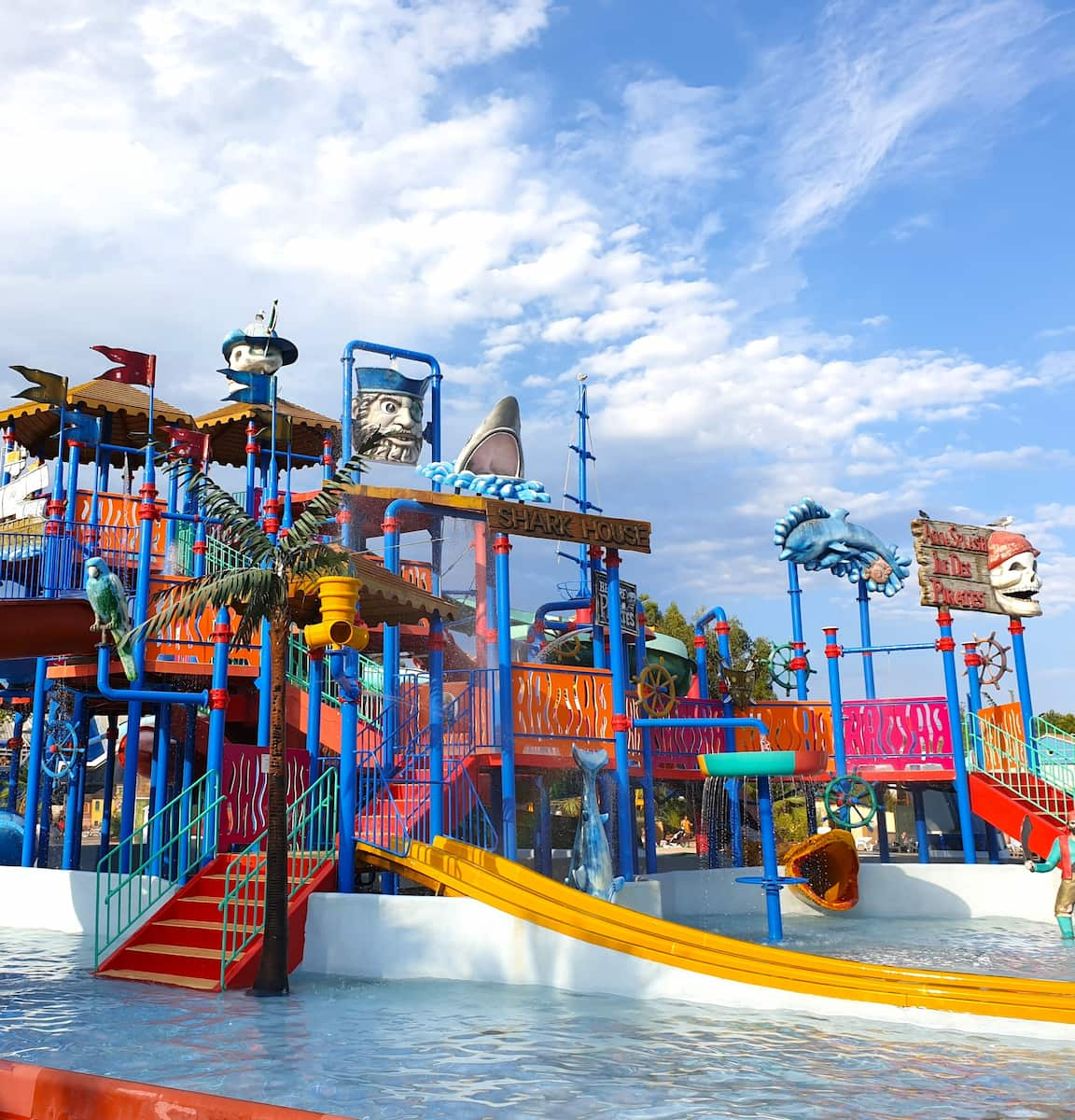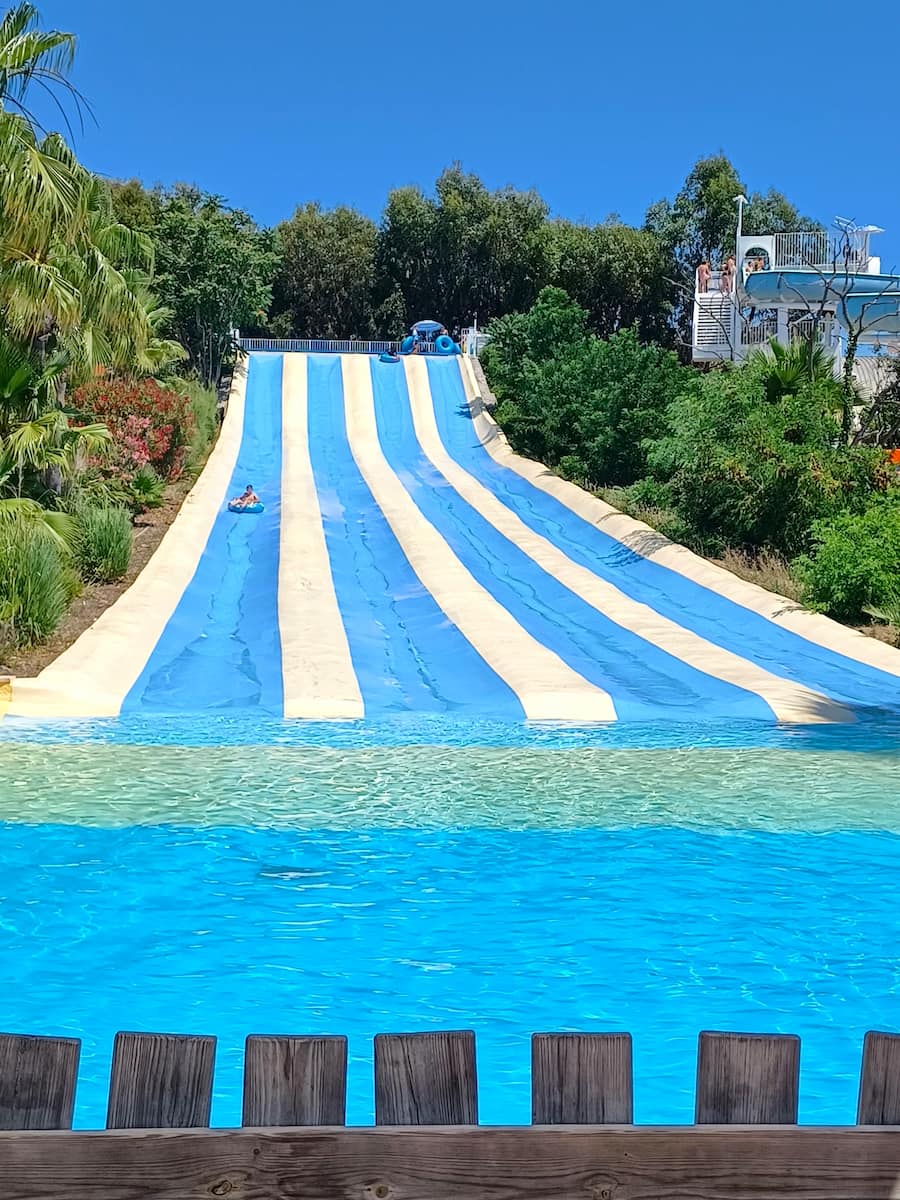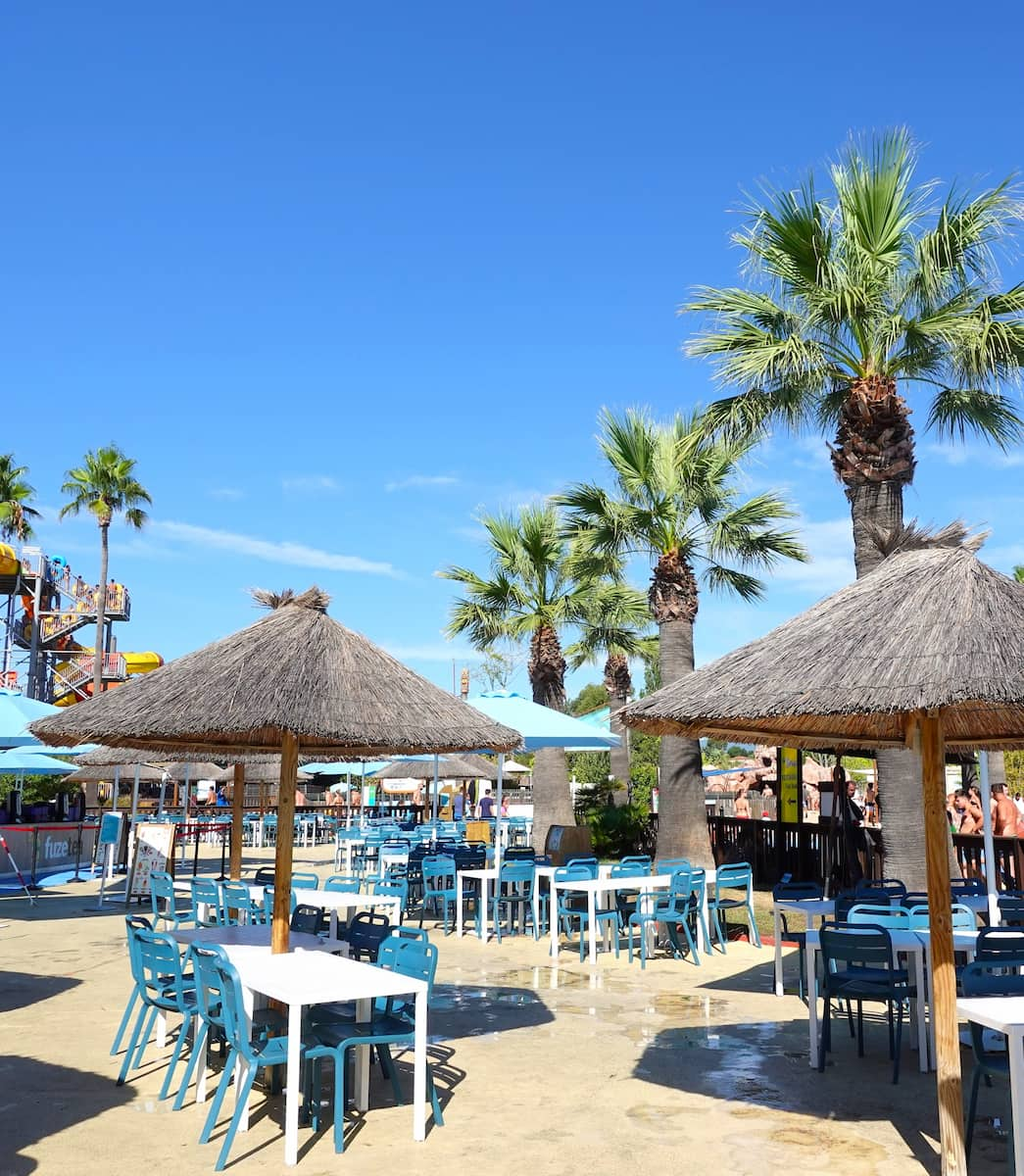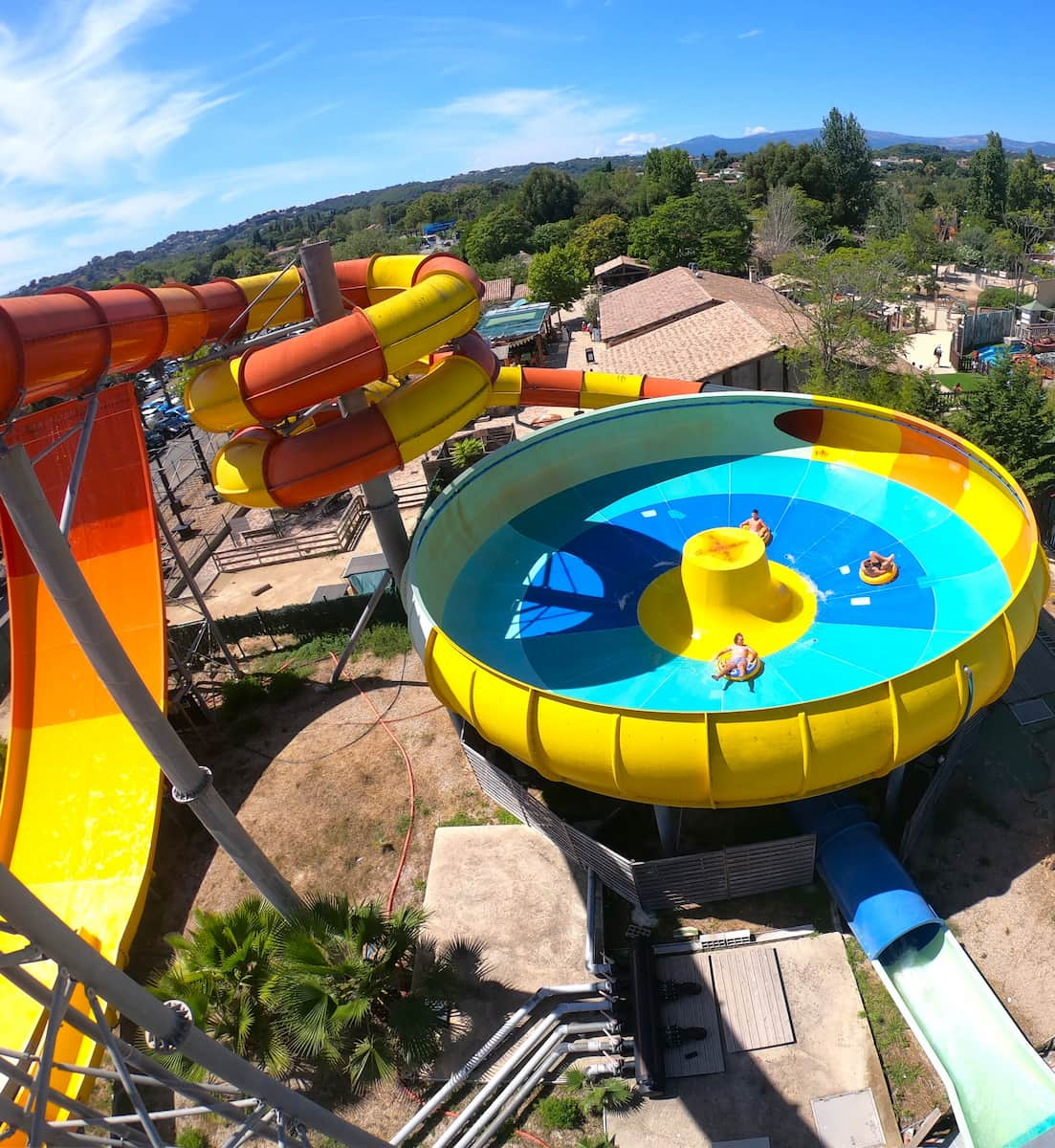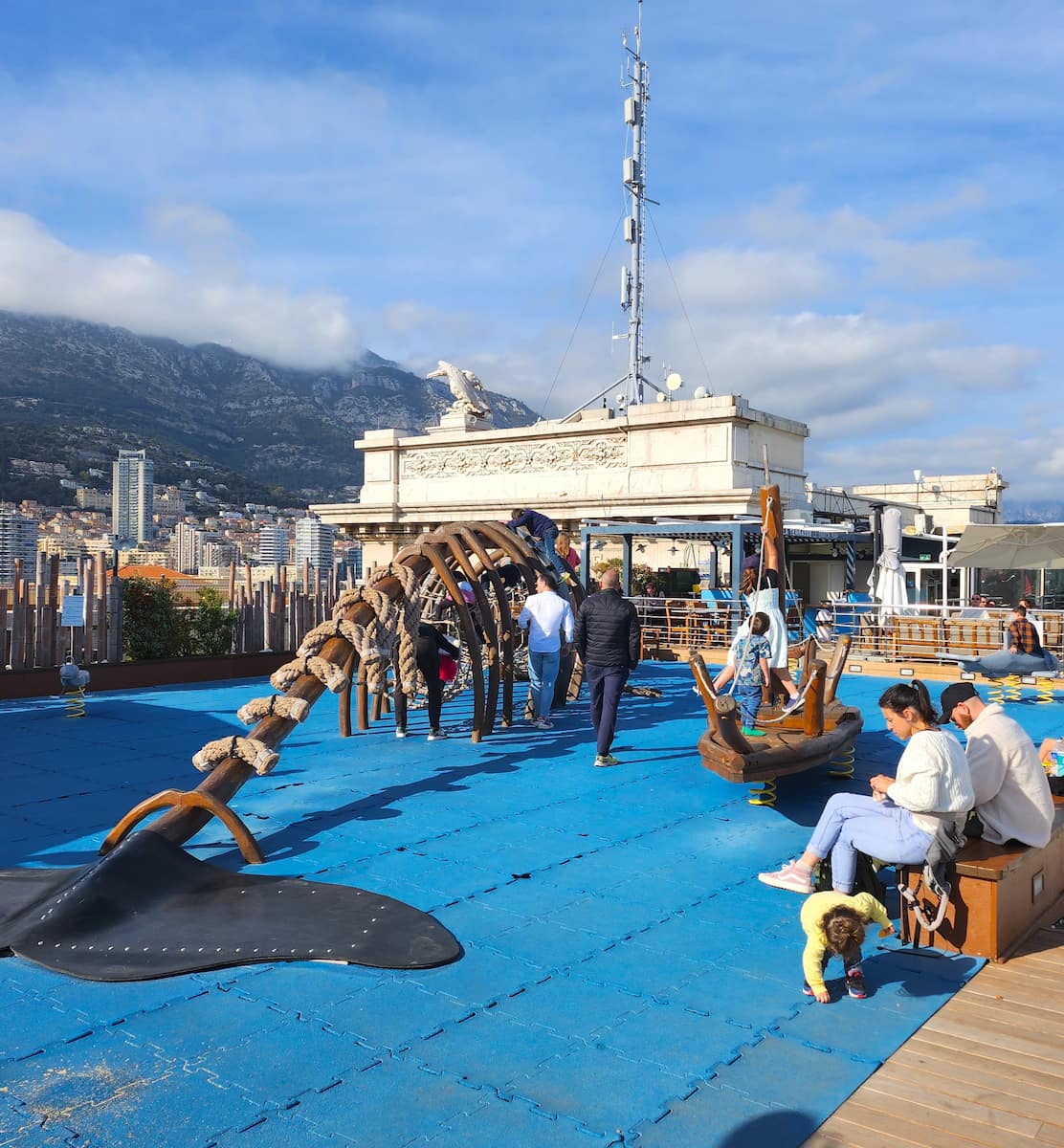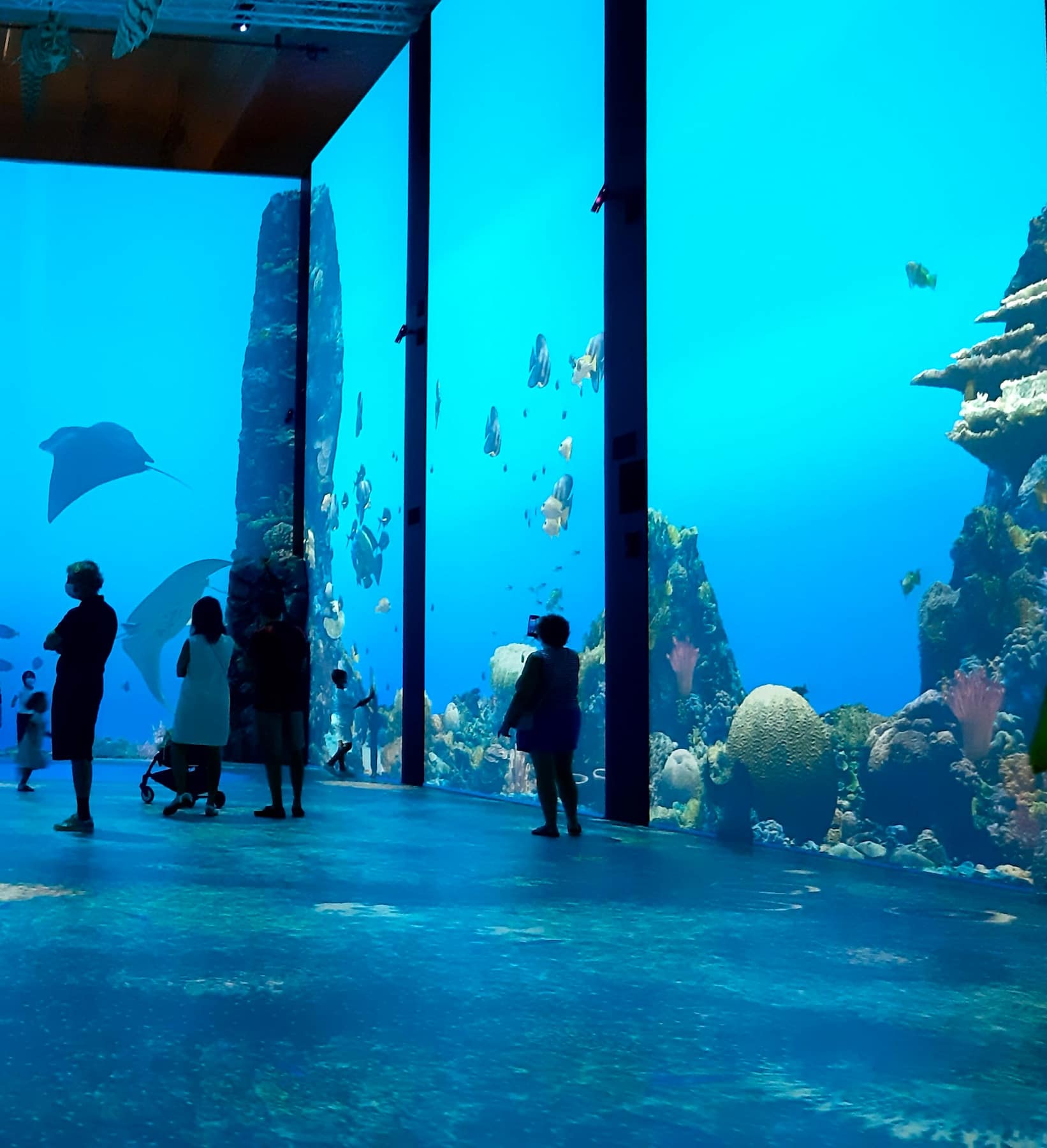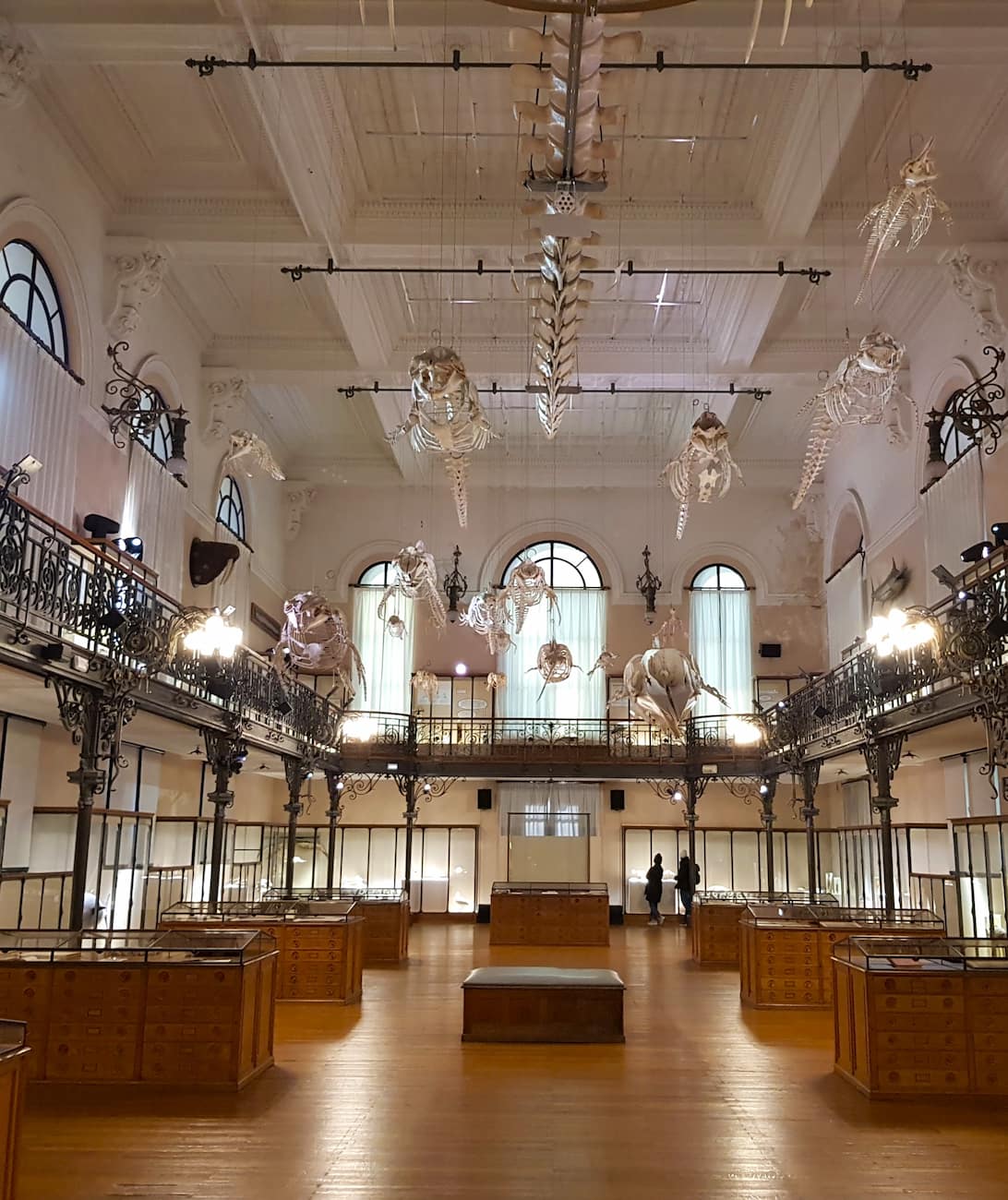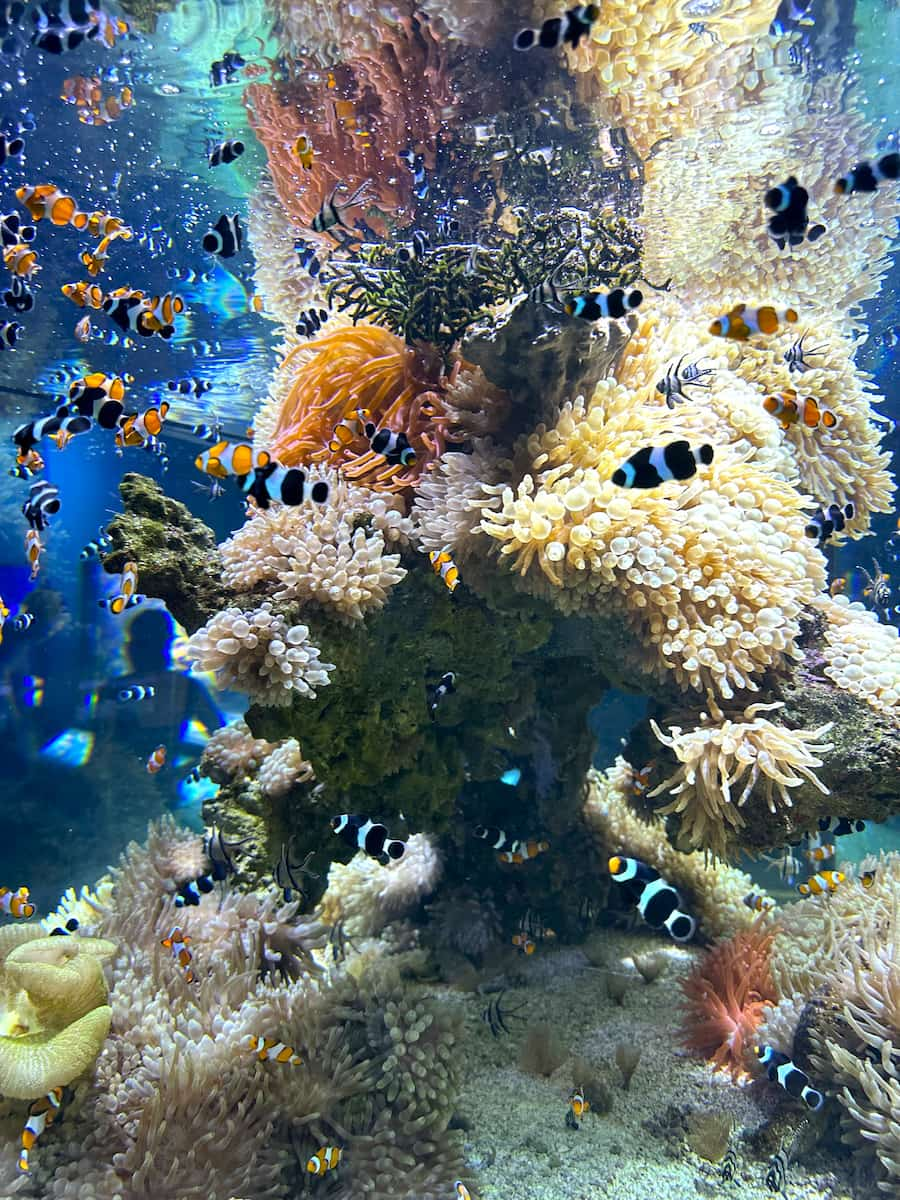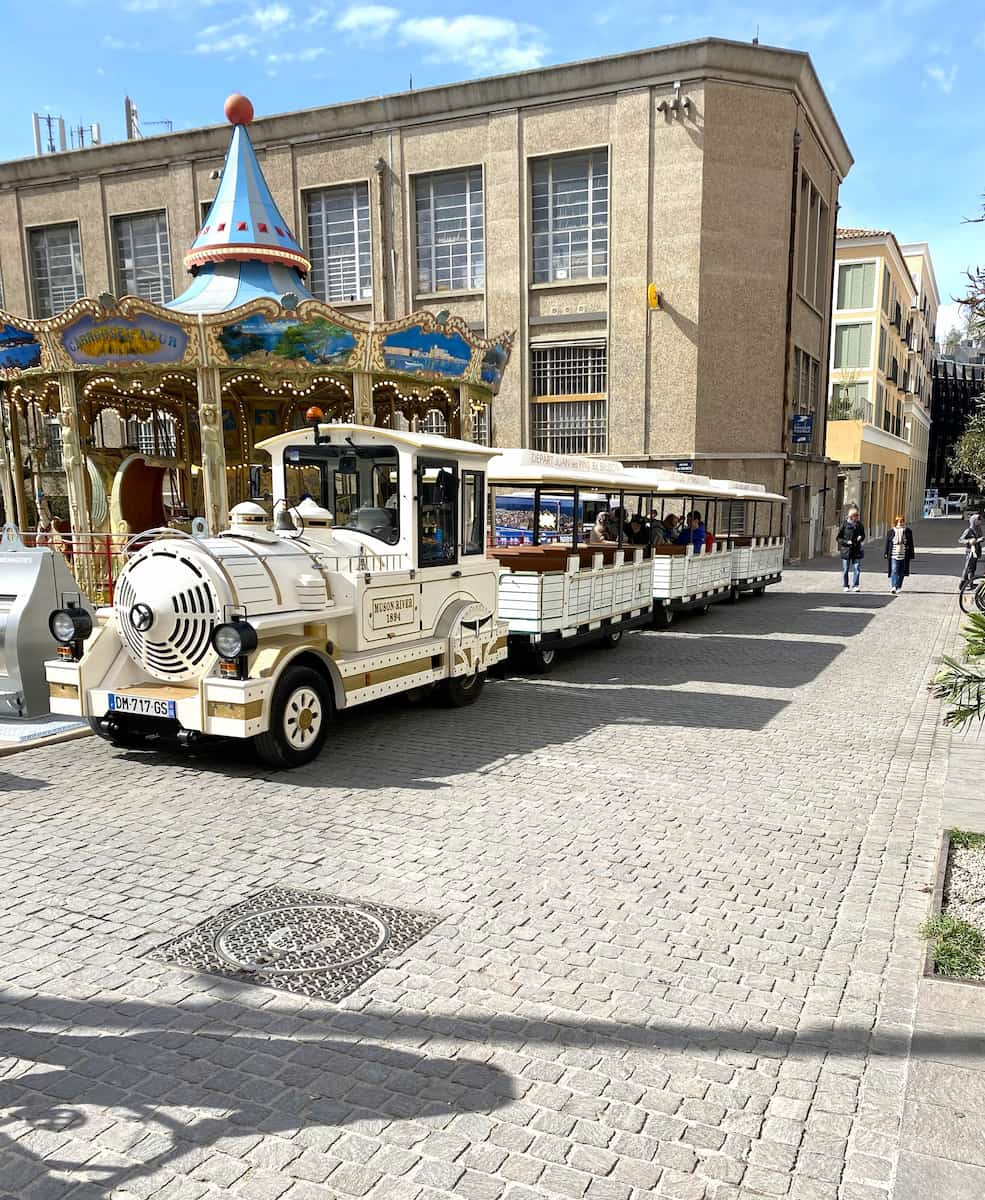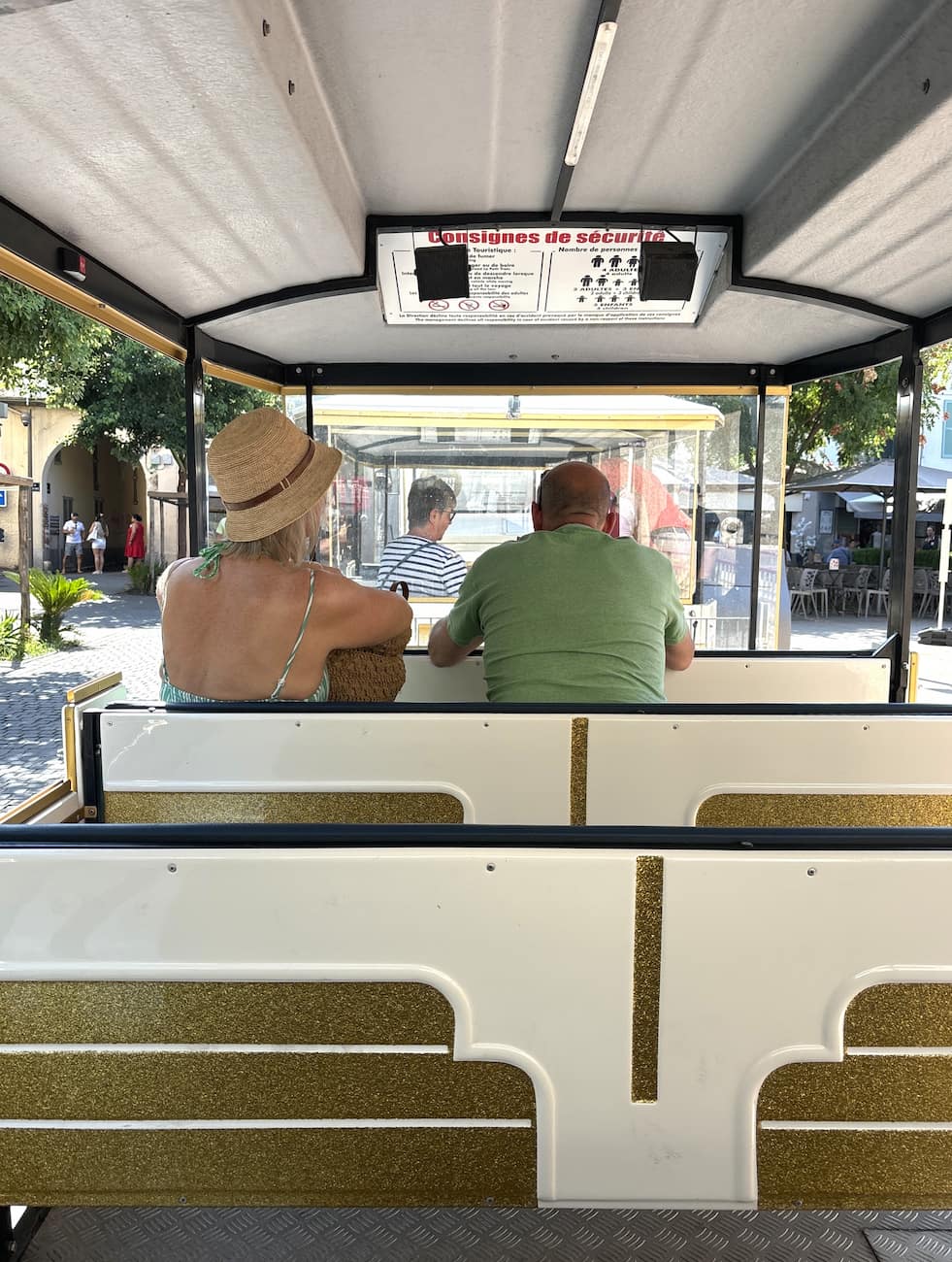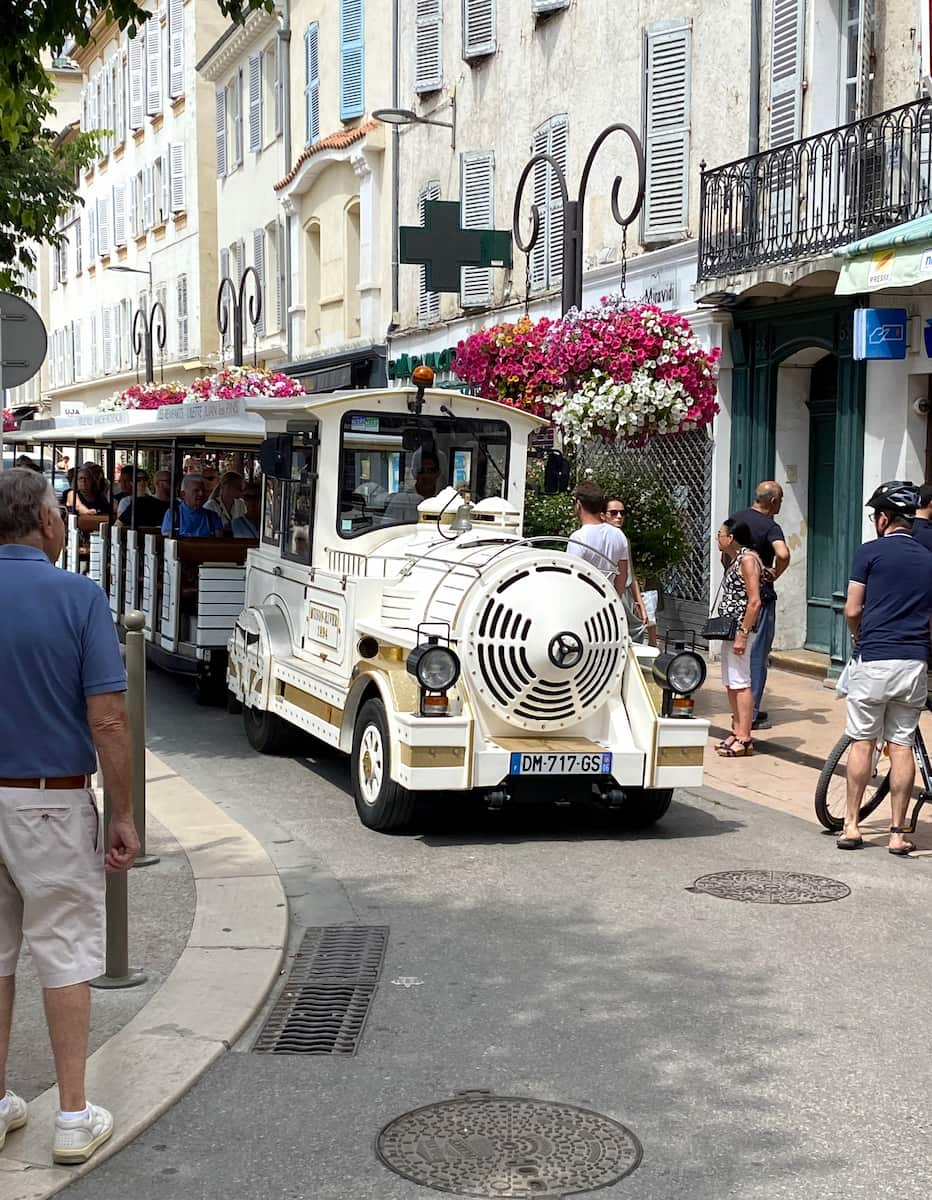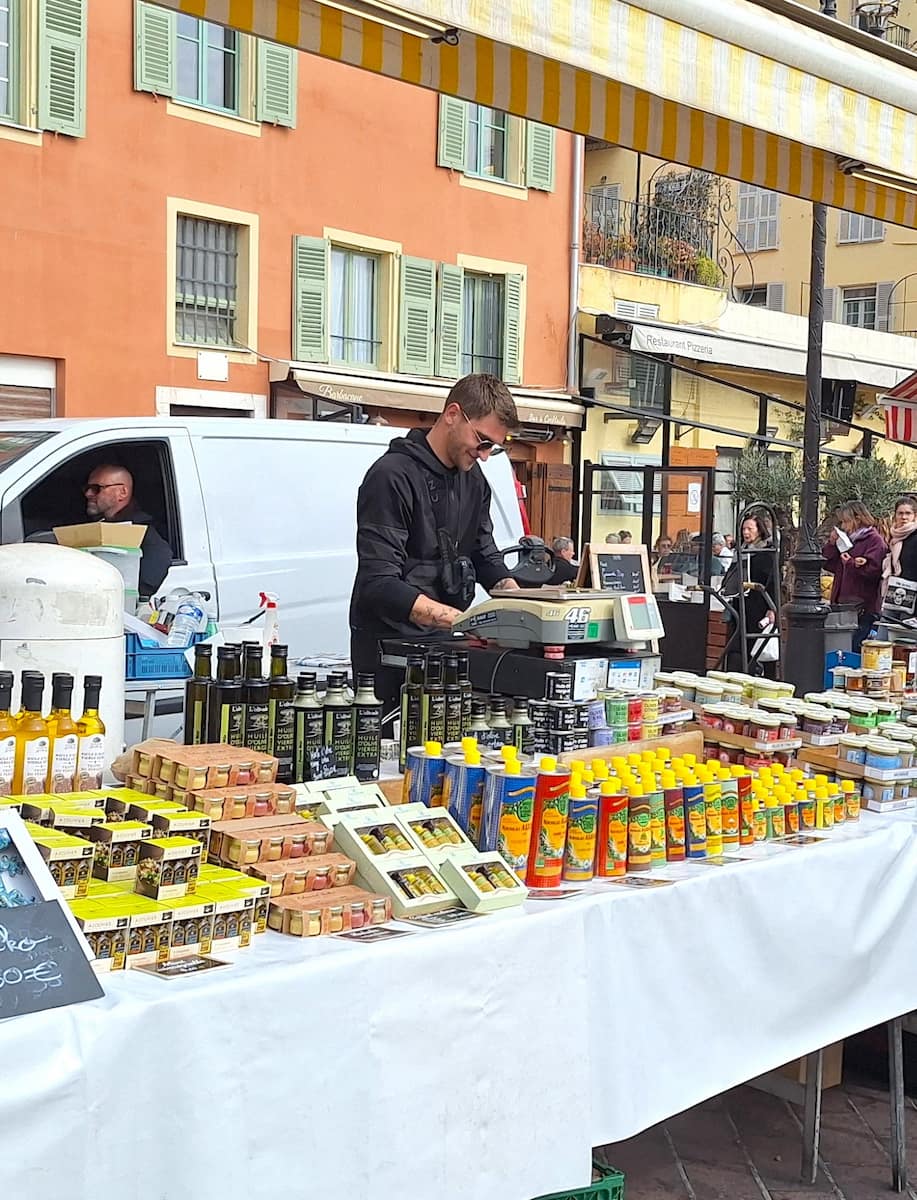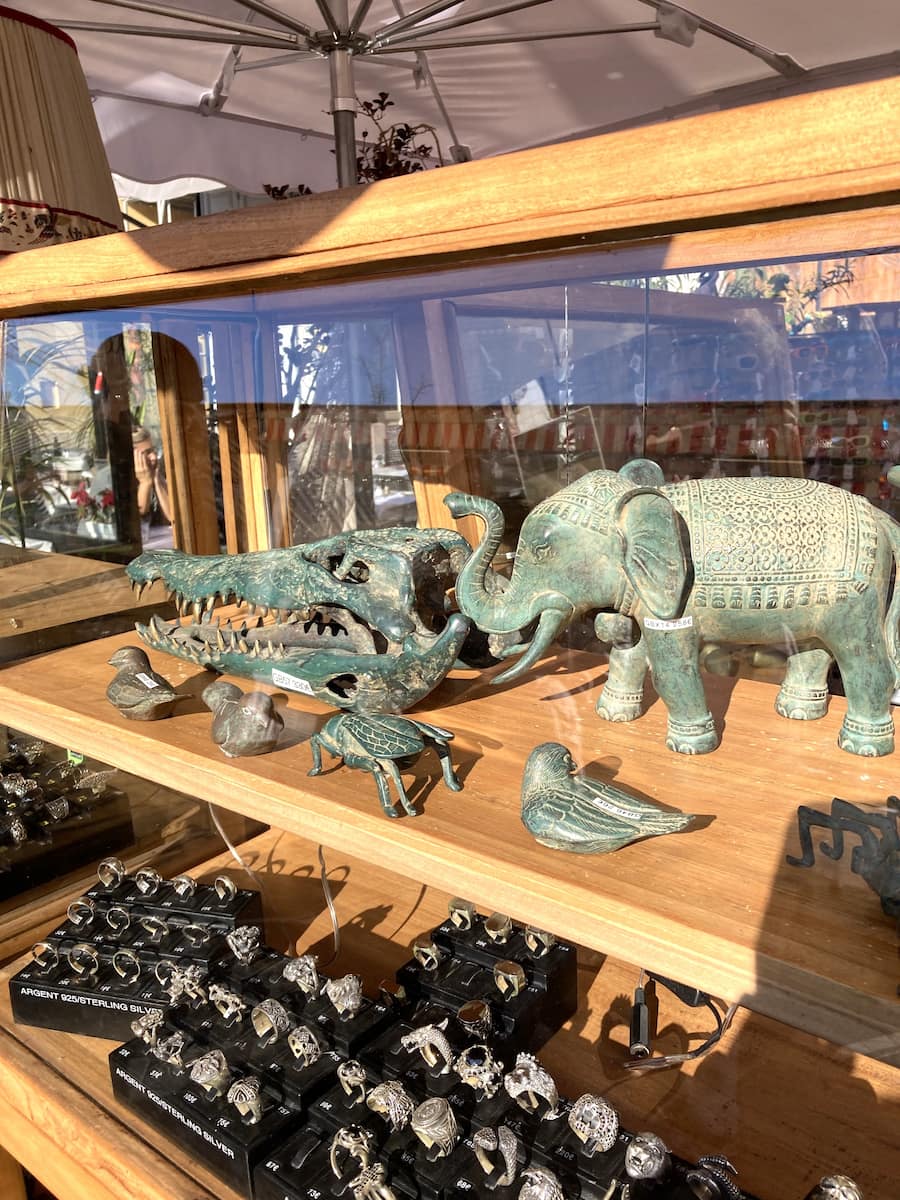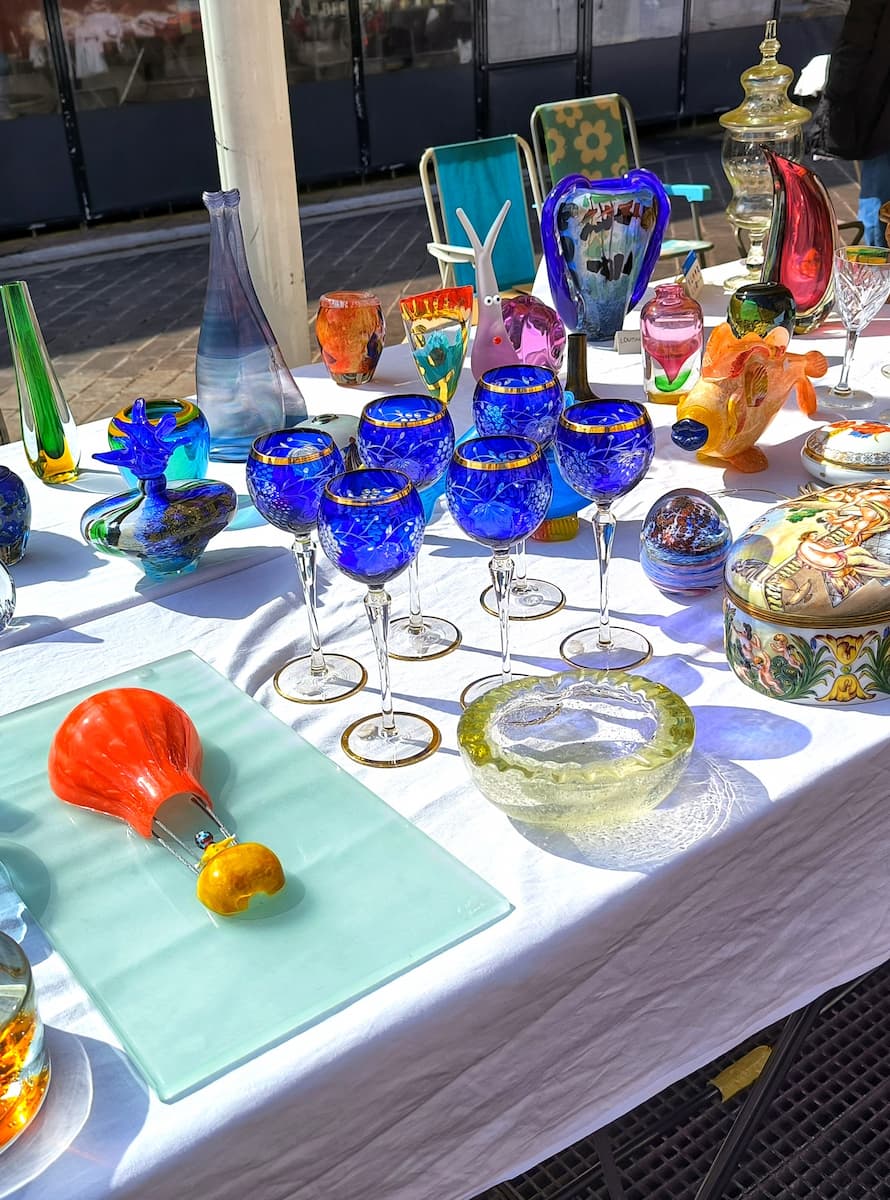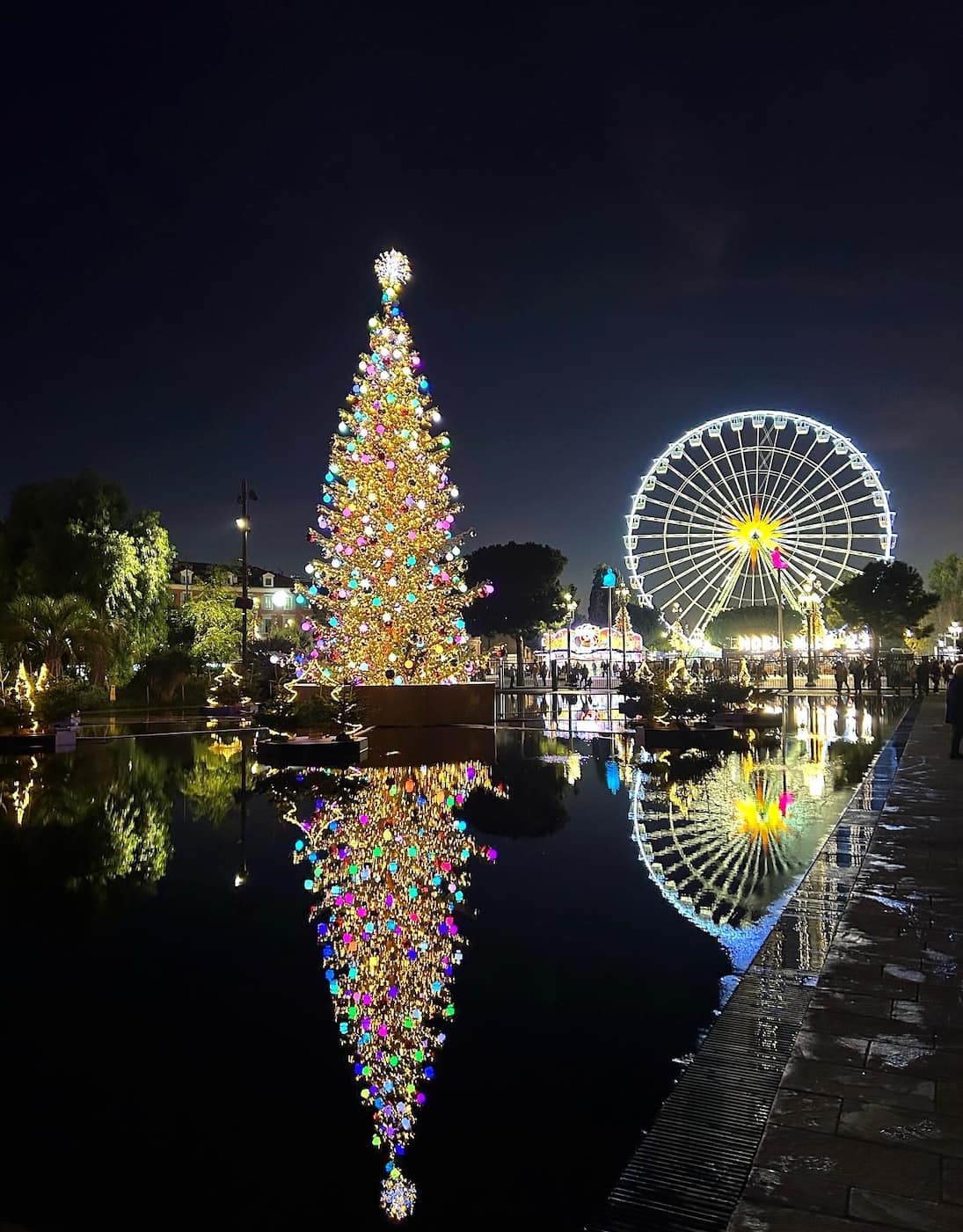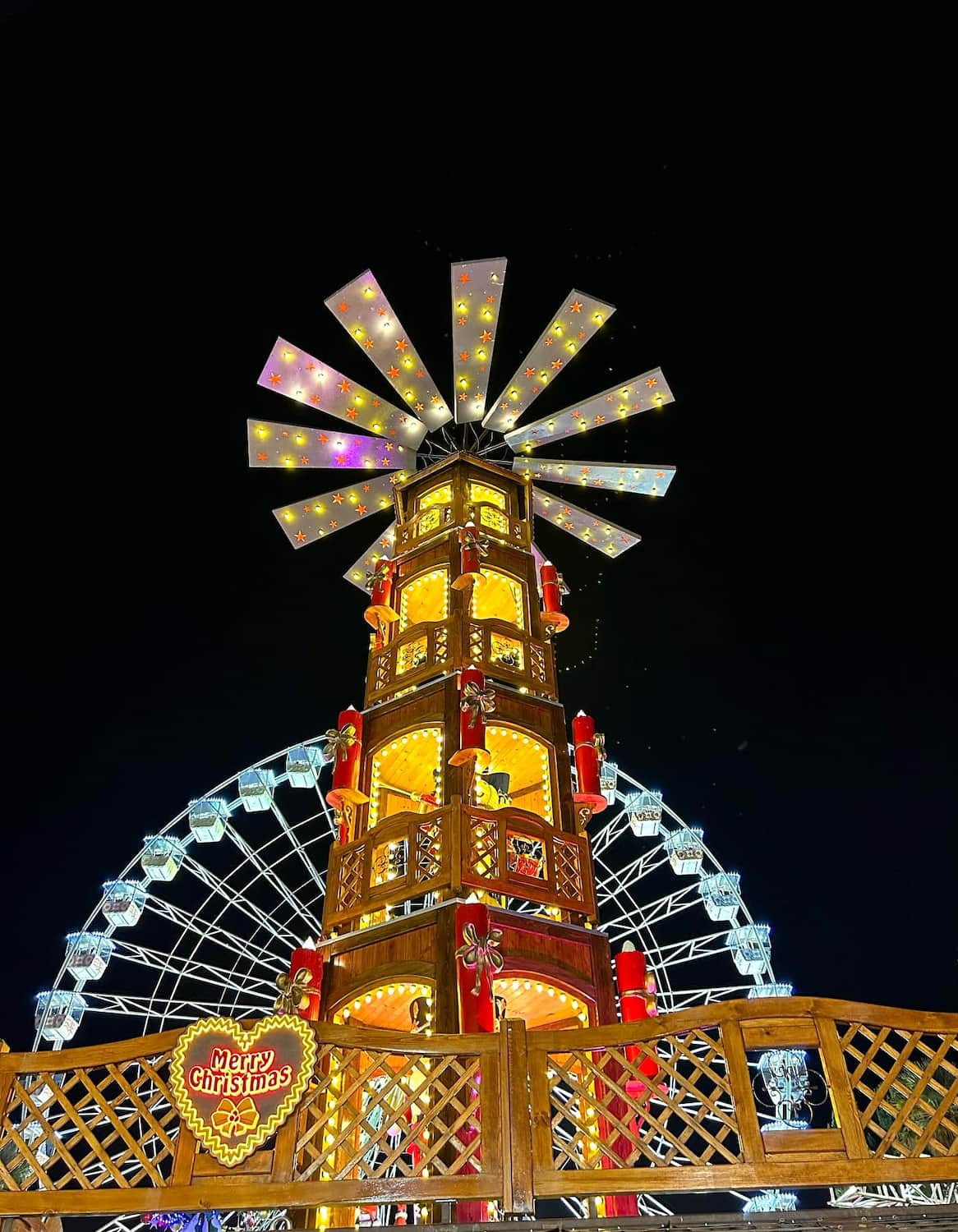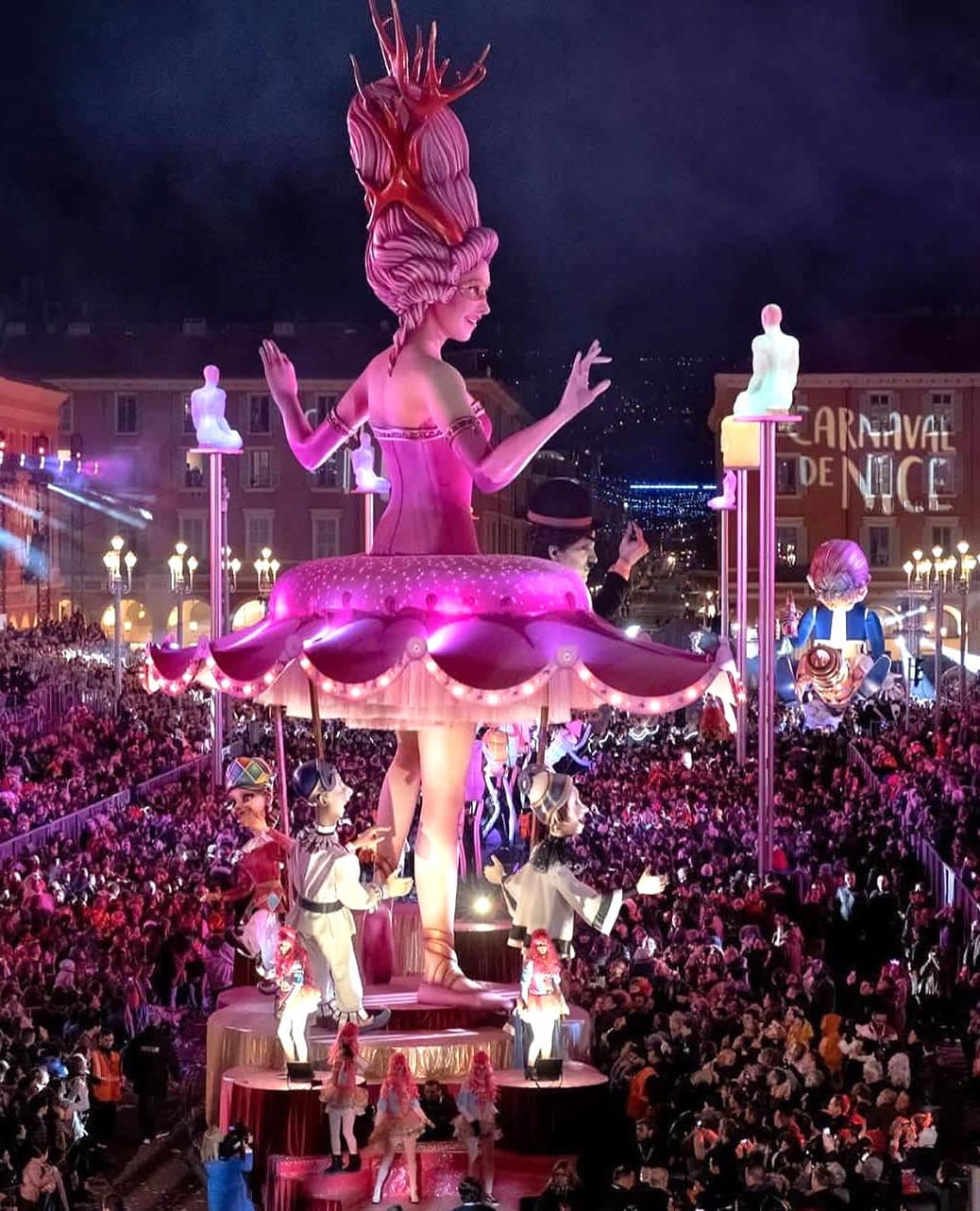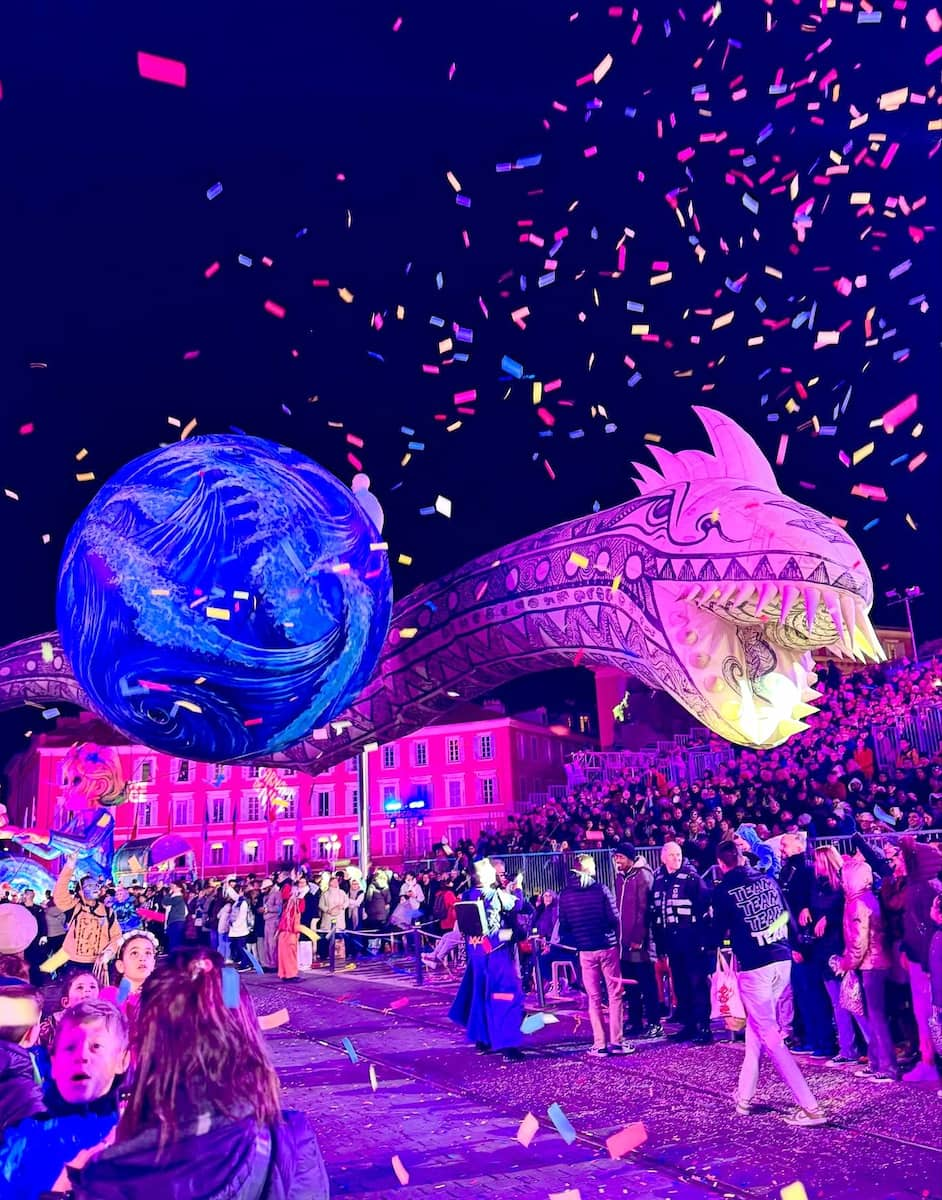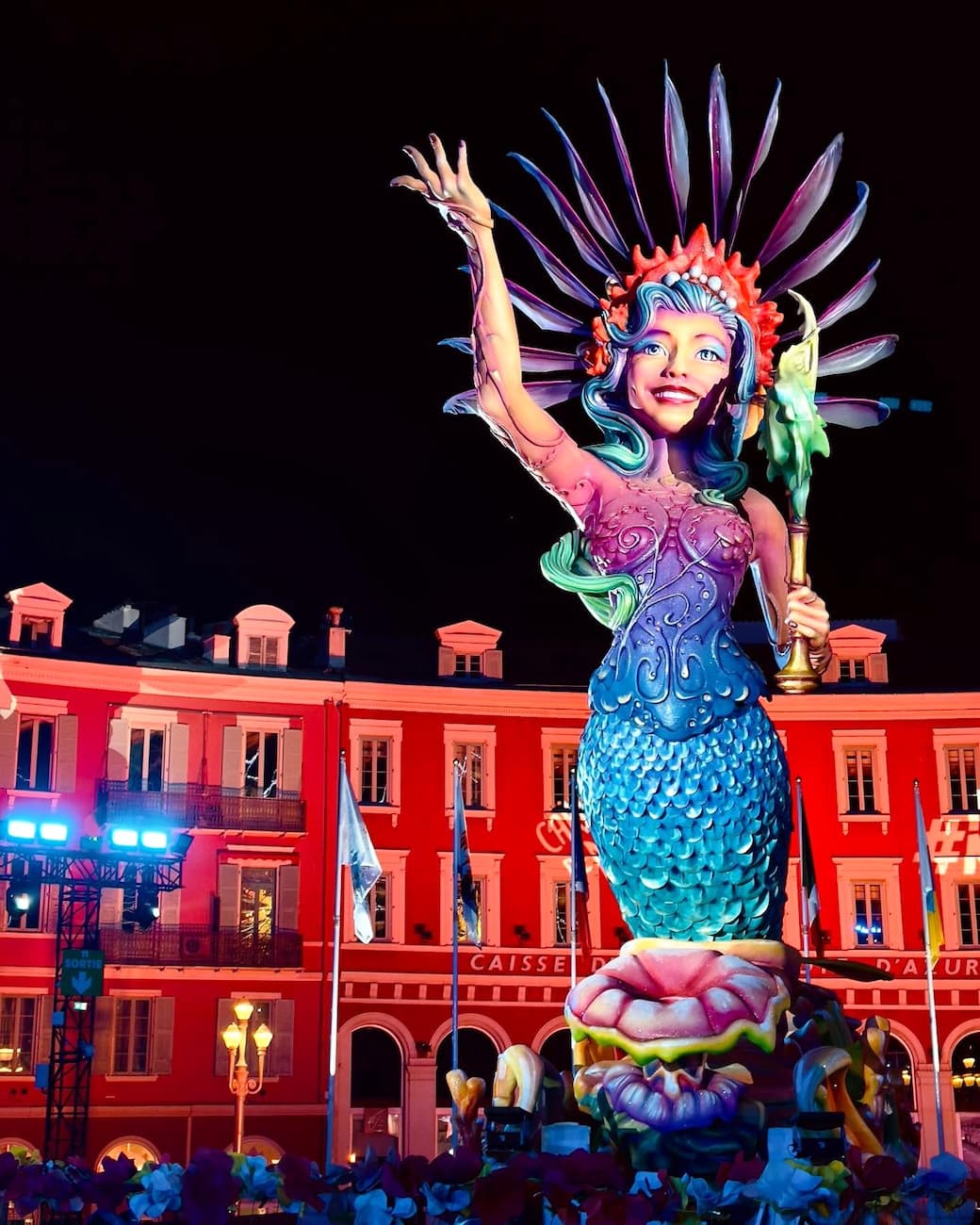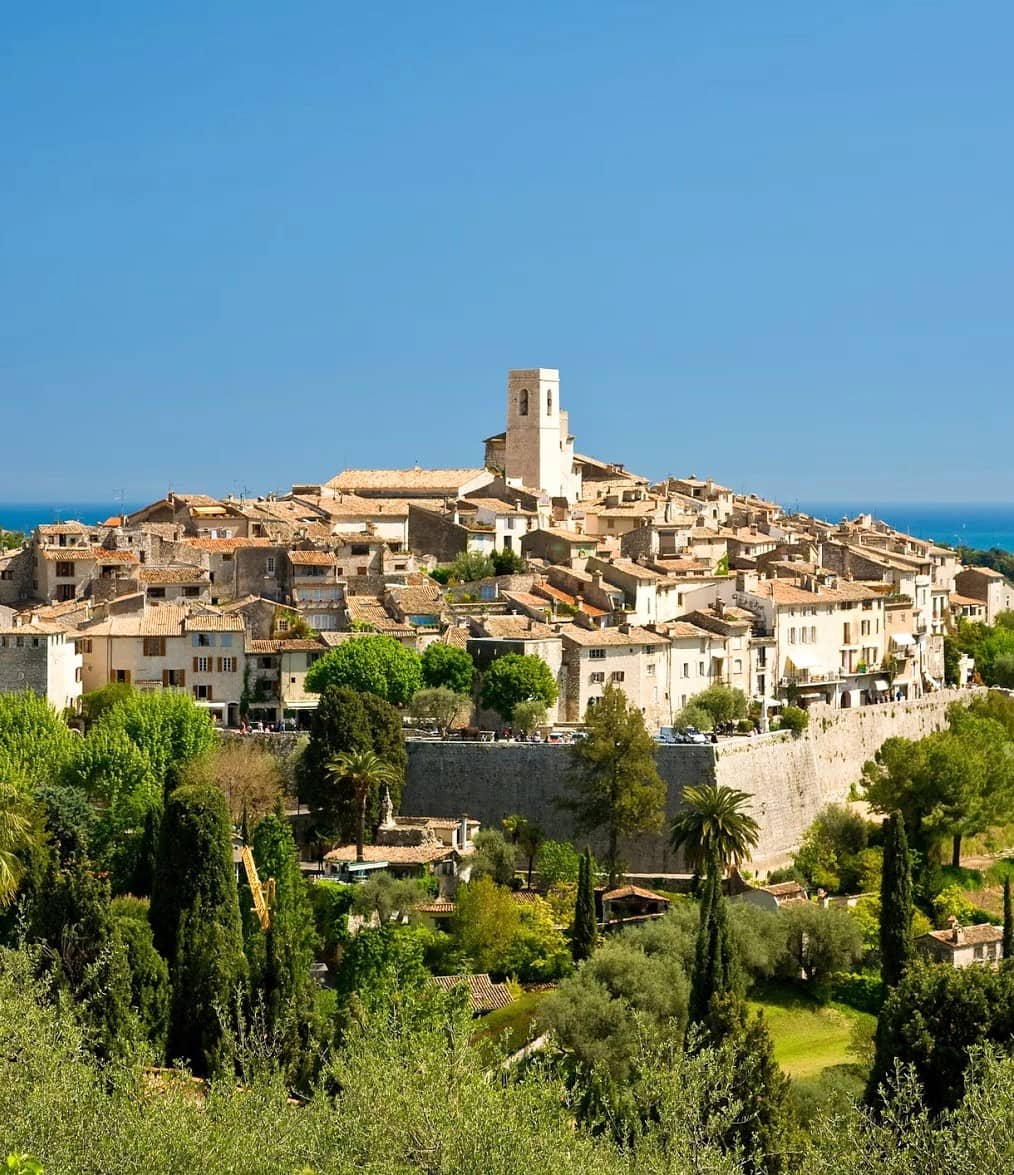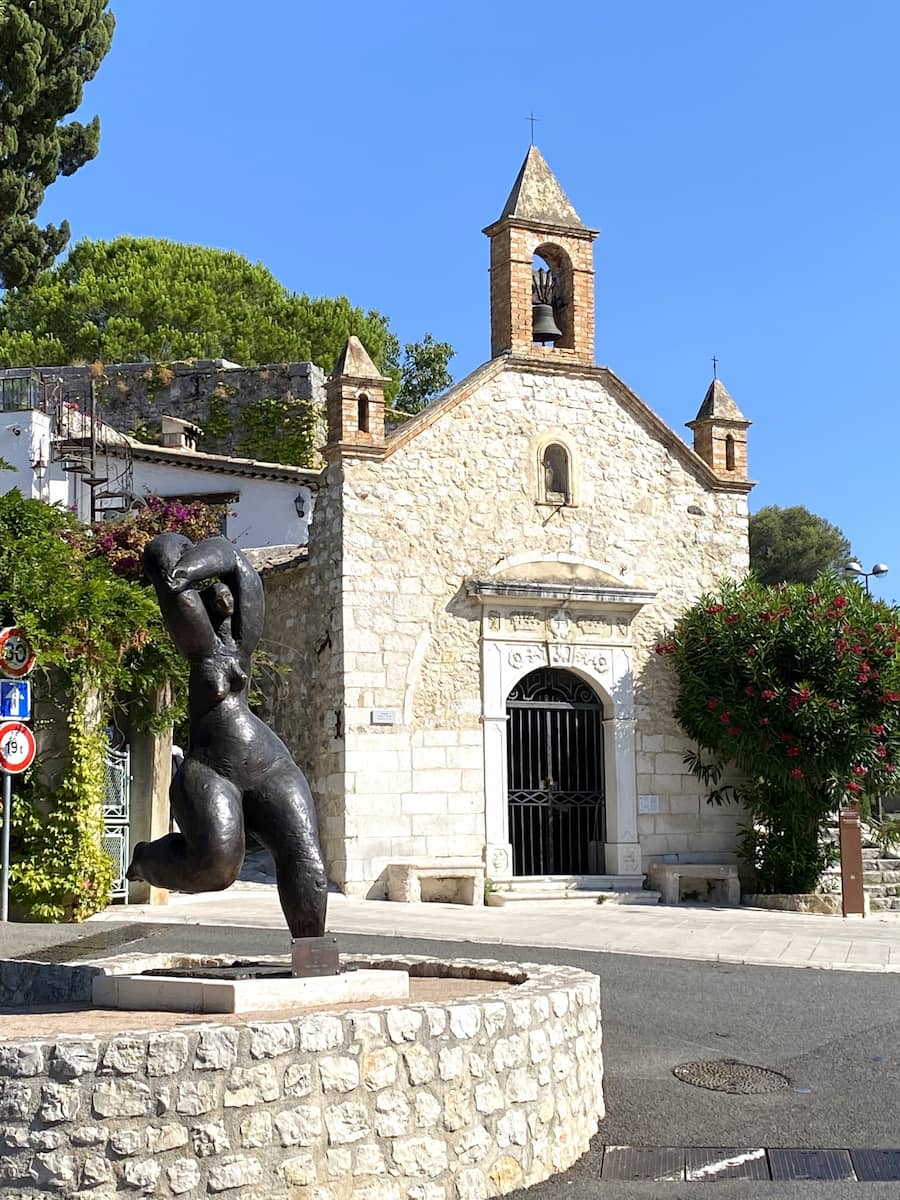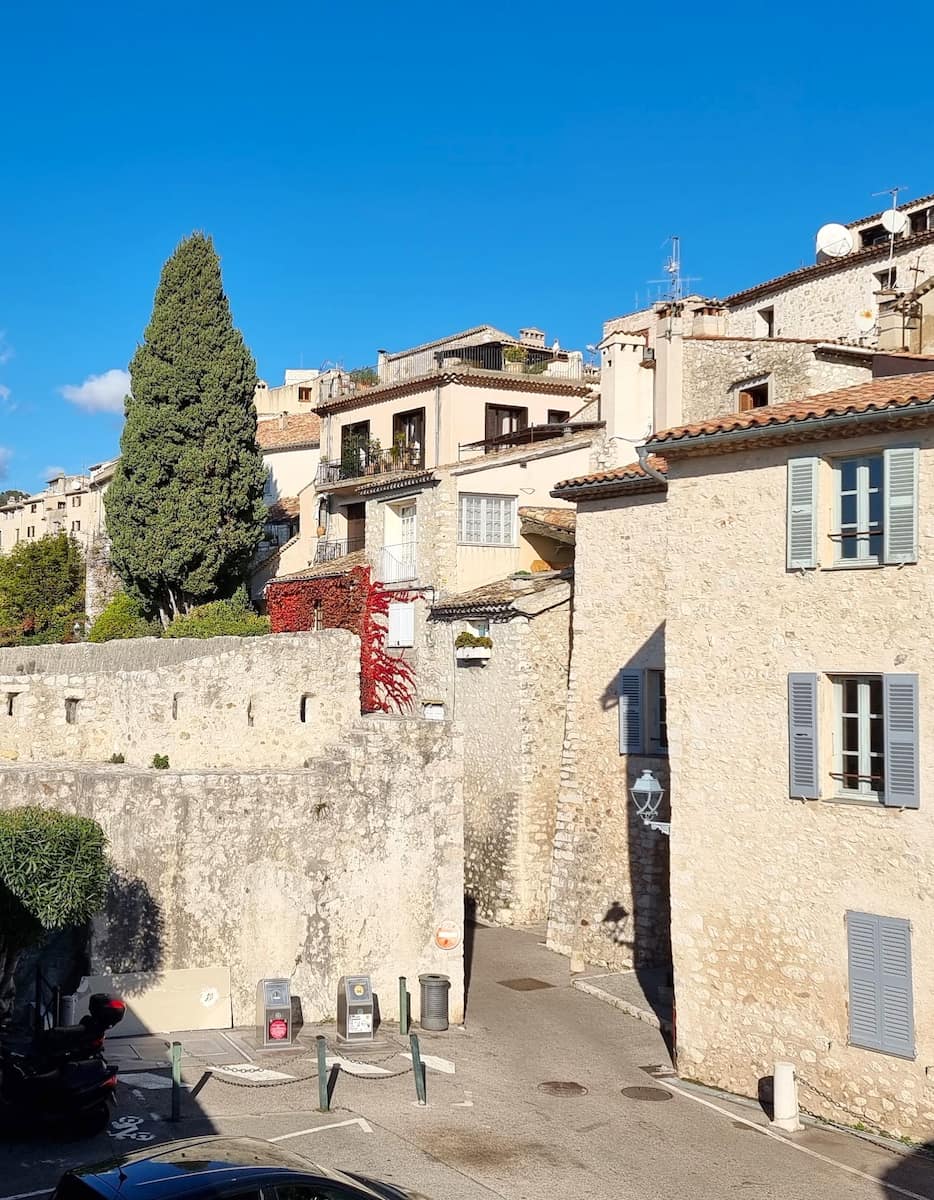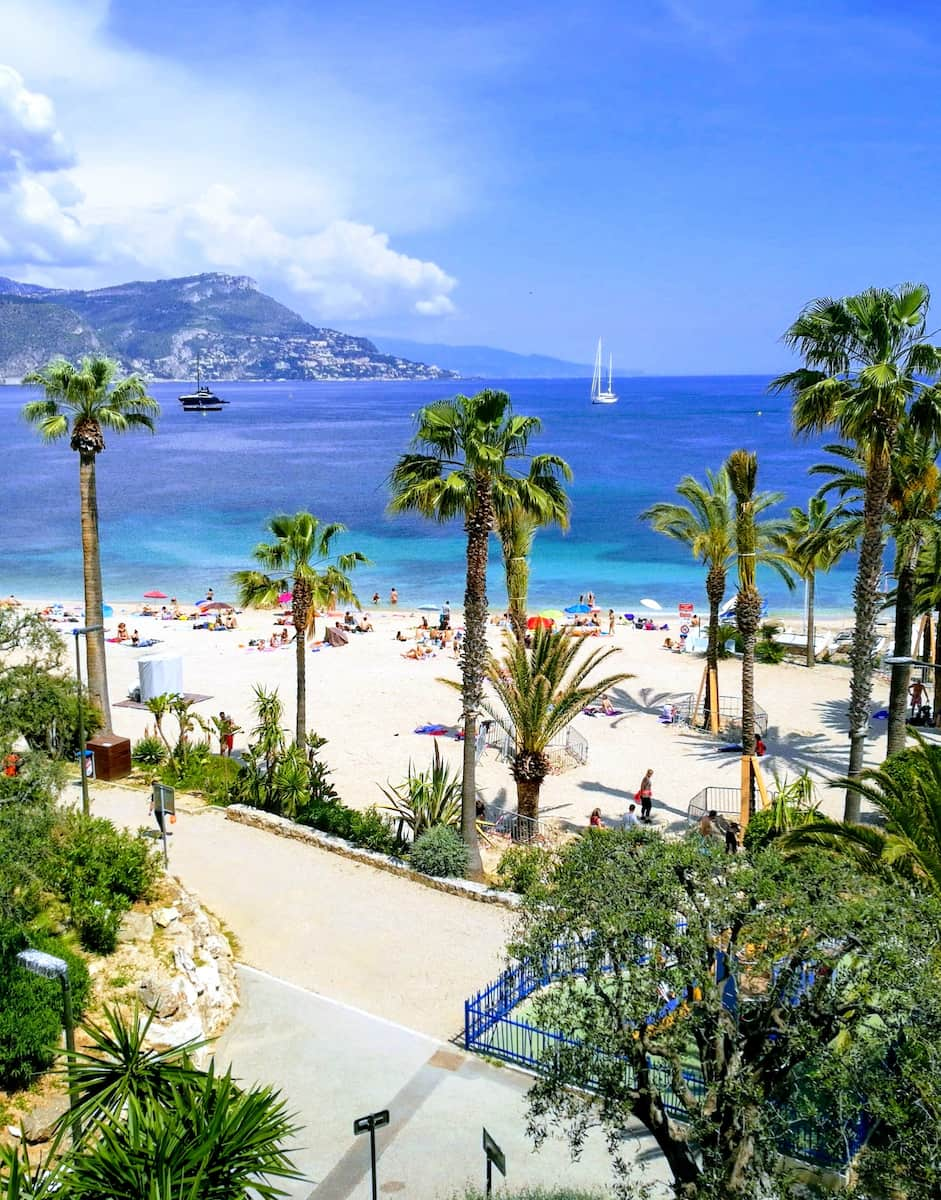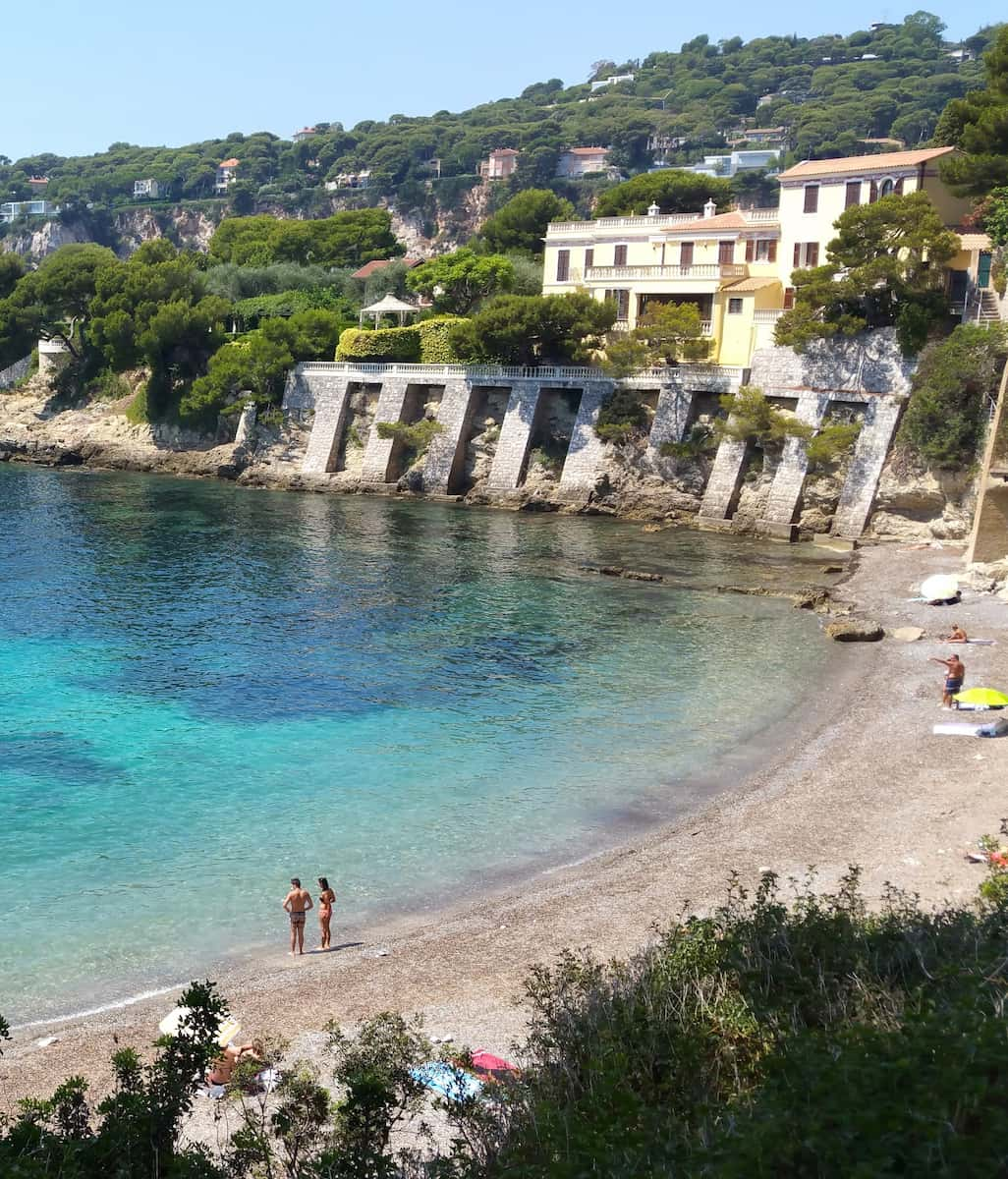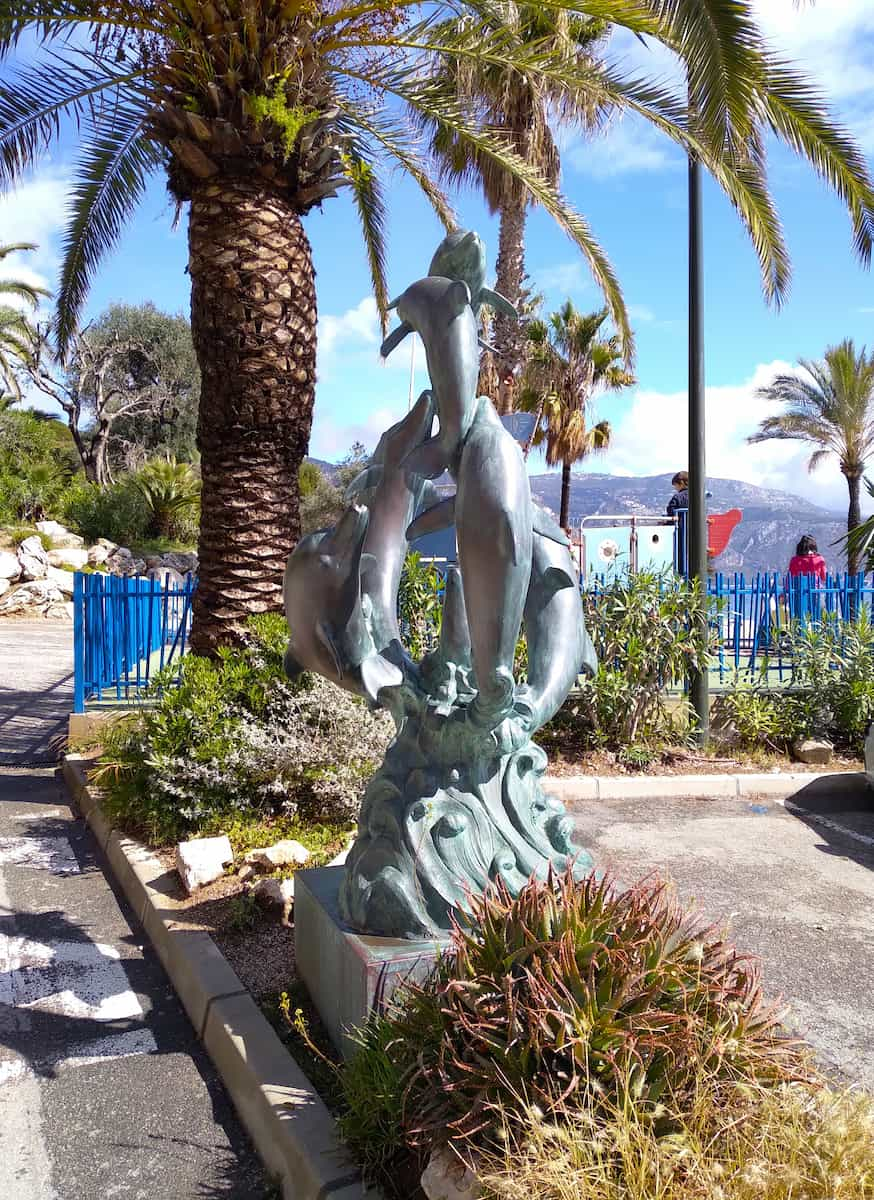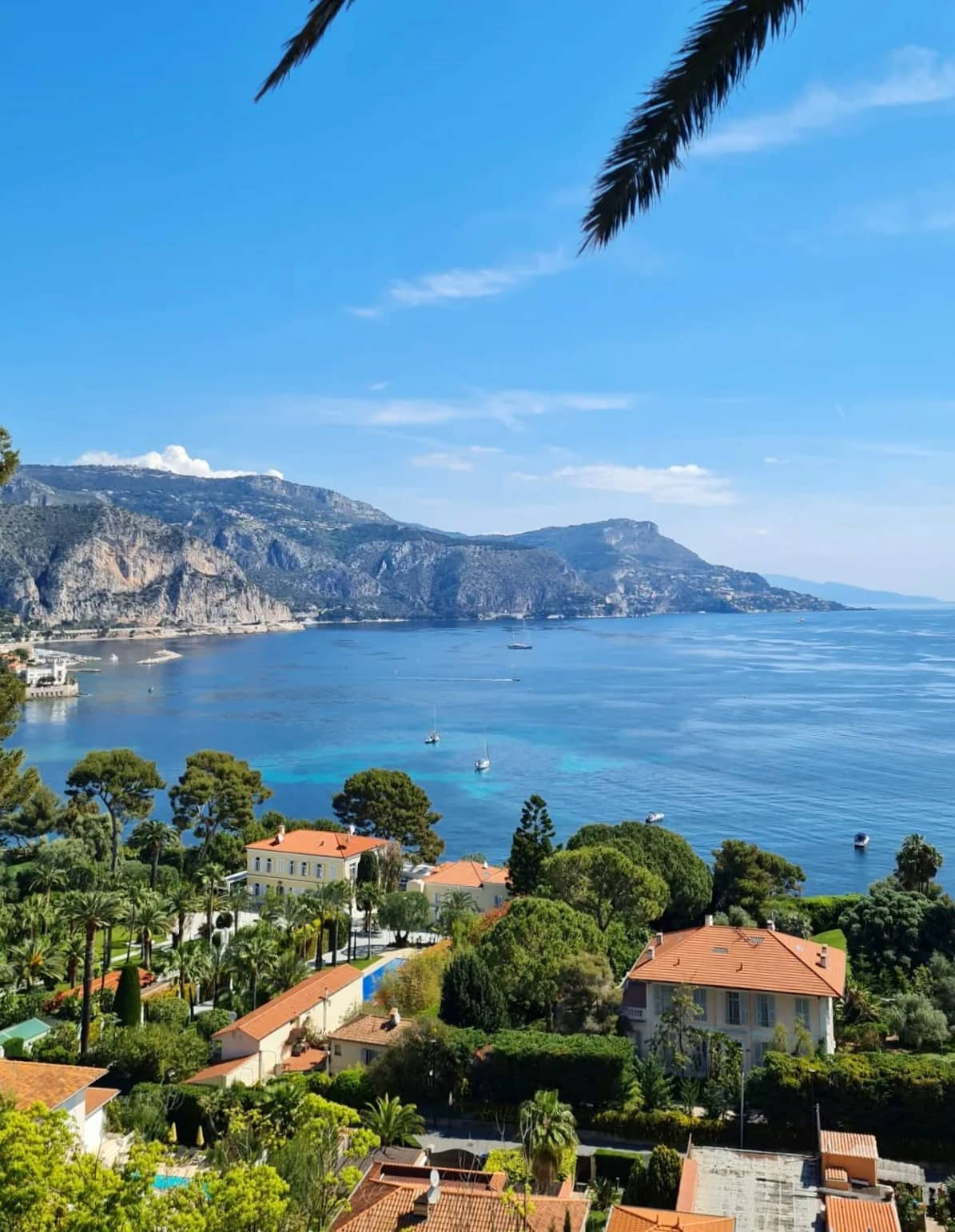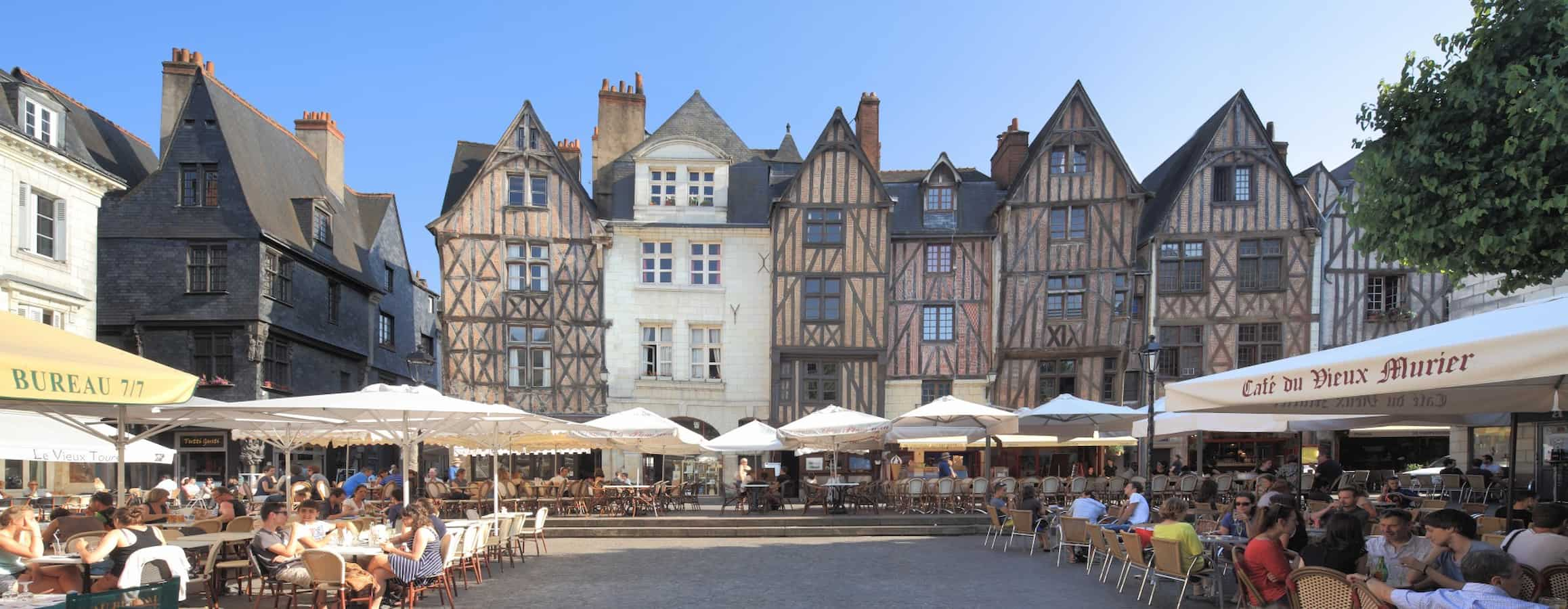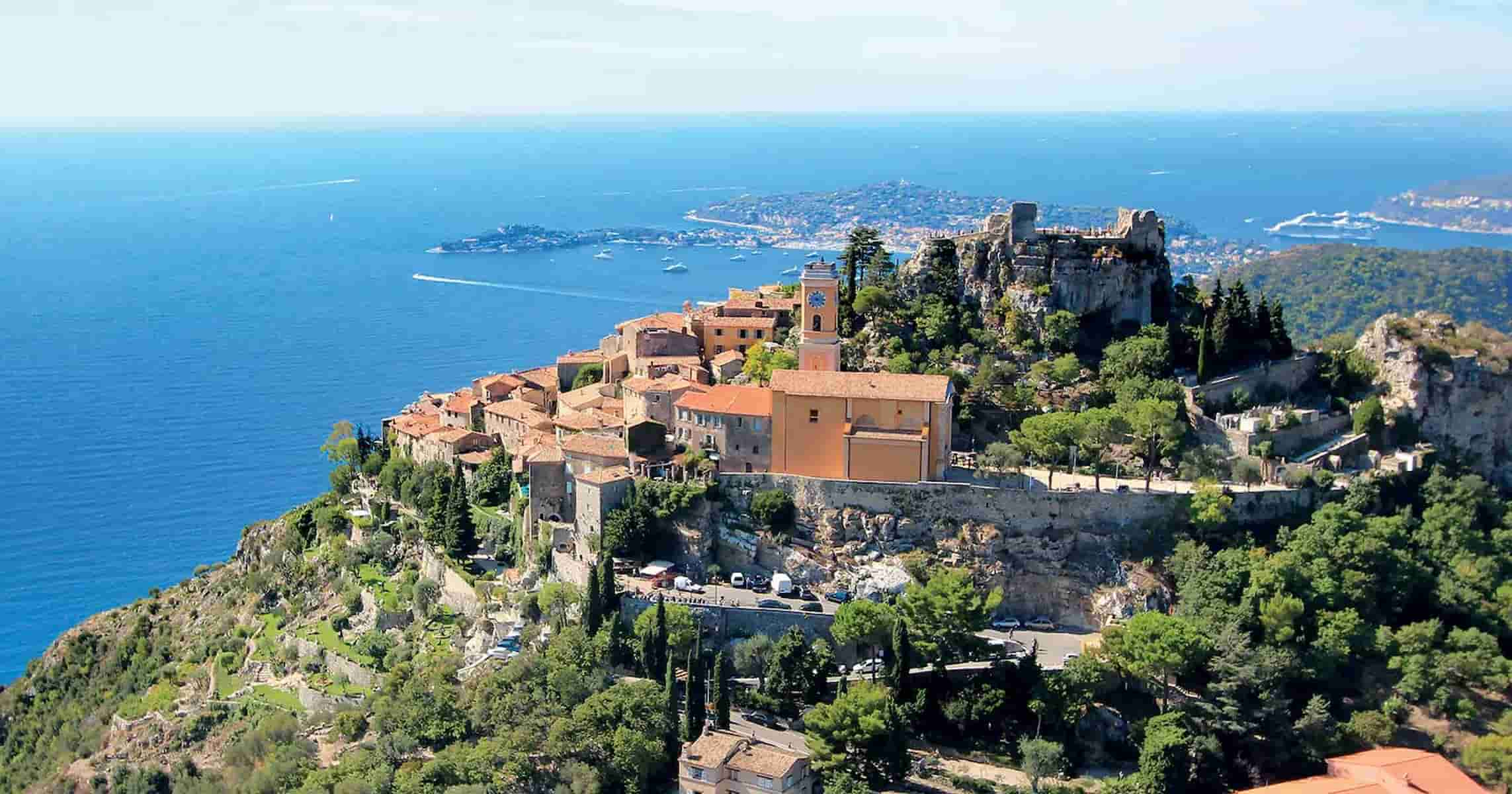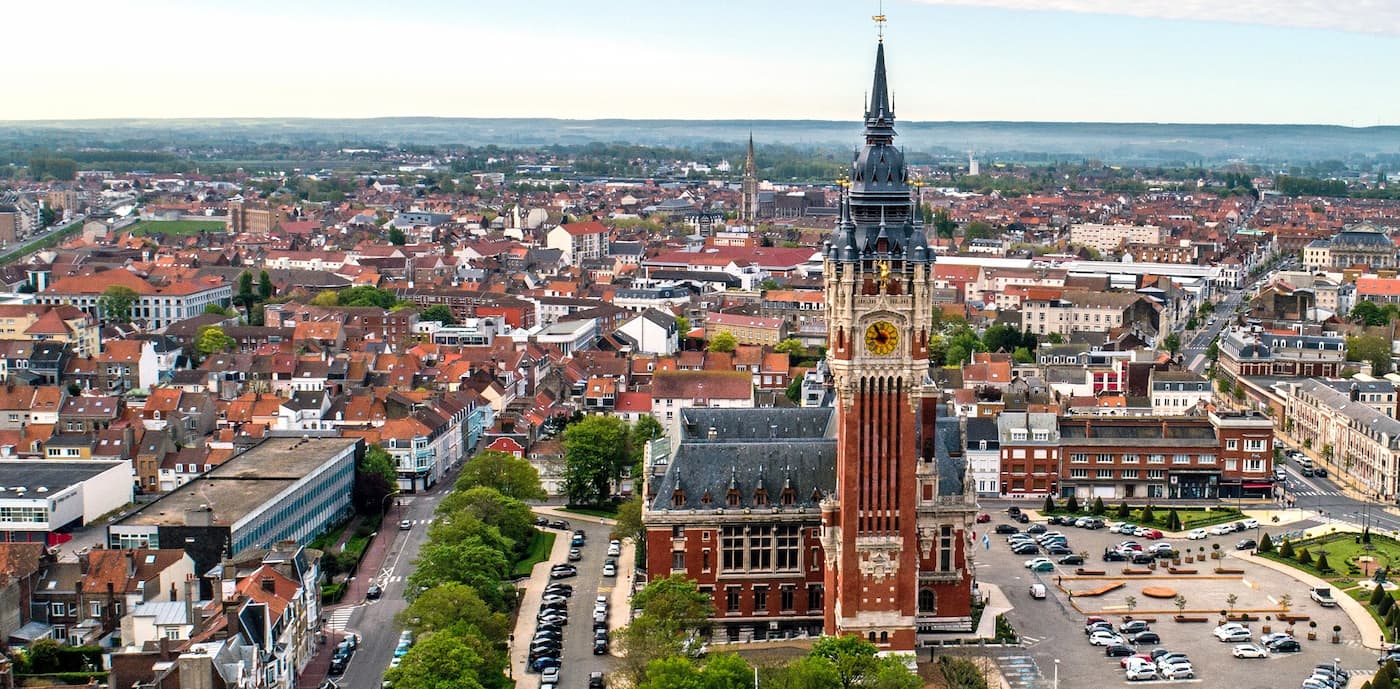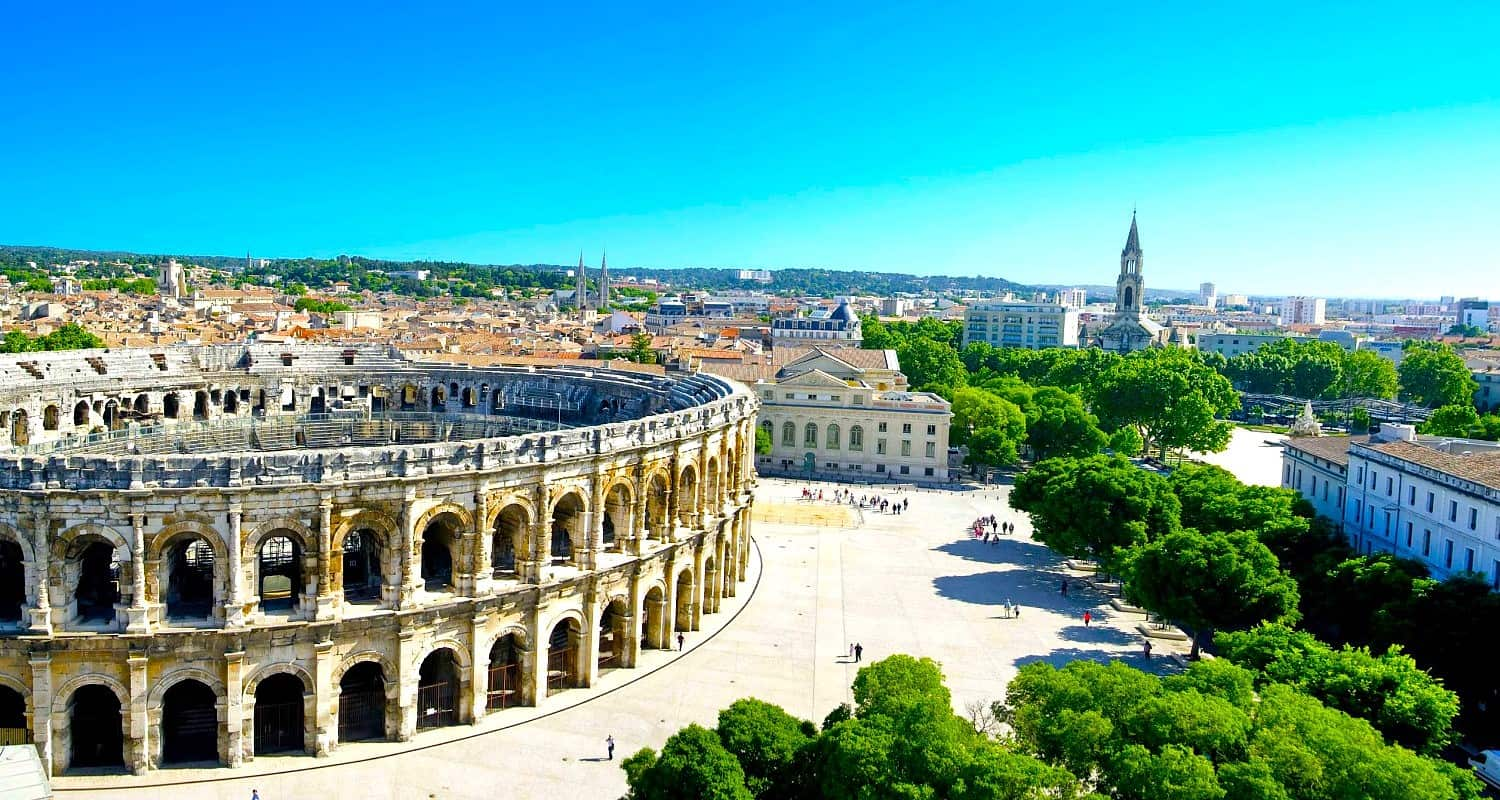The Côte d’Azur, with its shimmering blue waters and sun-drenched landscapes, has been calling to travelers for generations. From the moment I first set foot on its golden shores, I knew this stretch of Mediterranean coastline was something special. The French Riviera isn’t just about celebrity spotting in Cannes or gambling in Monaco – it’s a region rich with hidden coves, medieval villages, world-class museums, and family-friendly attractions that offer something for every type of traveler.
In this guide, I’ll take you beyond the obvious tourist spots to discover the true heart of the Côte d’Azur. Whether you’re planning a family vacation, a romantic getaway, or a solo adventure, you’ll find plenty of inspiration for your journey. From free beaches and hiking trails to seasonal festivals and fascinating day trips, I’ve gathered my favorite experiences from years of exploring this beautiful corner of France. Let me show you why the Côte d’Azur deserves a top spot on your travel bucket list.
Where to Stay in Côte d’Azur 🏨
- 💎 Luxury Hotel: Hotel Le Negresco
- ✨ 5-Star: Hôtel Martinez
- 🏨 4-Star: Boutique Hotel Nice Côte d'azur
- 🛏️ 3-Star: Hotel Khla Nice
- 💸 Cheap: Les Carmes and spa
- 🏢 Apartament: Les Appartements du Vieux Port
- 👨👩👧👦 For Families: Maison Juste
- 🏩 For Couples: Le Clos Saluces
💁 Best Guided Tours
- The Best of the French Riviera Guided Tour from € 103 (⭐4.7/5)
- Monaco, Monte-Carlo and Eze Village Tour from € 65 (⭐4.7/5)
- Monaco, Monte Carlo, Eze, La Turbie Tour from € 101 (⭐4.7/5)
- Cannes, Antibes, and St Paul de Vence Tour from € 101 (⭐4.6/5)
- French Riviera Famous Cities Scoot Tour from € 245 (⭐5)
Best Things to Do in Cote d’Azur
1. Promenade des Anglais in Nice
Seaside Magic. The moment my feet hit the smooth pavement of the Promenade des Anglais, I felt the true essence of the French Riviera wash over me. This iconic 7km stretch hugging Nice’s Bay of Angels isn’t just a walkway – it’s the beating heart of the city. Last summer, I spent hours watching the waves crash against the shore while families, joggers, and lovers paraded past the palm trees. The Mediterranean sparkled with that particular azure blue that gives the Côte d’Azur its name.
People Watching. I’ve found the blue chairs scattered along the Promenade to be perfect observation points. Sitting there with a €2 gelato from Fenocchio’s nearby shop, I watched supercars cruise by as locals walked their perfectly groomed dogs. The contrast between the relaxed beach atmosphere and the glimpses of luxury creates a fascinating social tapestry that’s uniquely Nice.
Budget Tip: Skip the expensive beachfront restaurants and grab a pan bagnat (traditional Niçoise sandwich) from Kiosque Tintin on the Promenade for €5.50. Enjoy it on one of the free blue chairs with million-dollar views.
Active Options. The Promenade offers more than just walking. I rented a bike from the Vélo Bleu city bike scheme (€1.50 for the first 30 minutes) and cycled the entire length, feeling the sea breeze against my face. For the more adventurous, there are also rollerblading paths and outdoor workout stations where I joined locals for an impromptu exercise session with ocean views.
| Promenade Activities | Price | Duration |
|---|---|---|
| Vélo Bleu bike rental | €1.50 first 30 min | 1-2 hours |
| Beach chair rental | €15-20 | Full day |
| Guided Segway tour | €45 | 2 hours |
| Public beach access | Free | As long as you want! |
Historical Touches. Walking past the palatial Hotel Negresco with its pink dome, I couldn’t help but imagine the Belle Époque era when British aristocrats first popularized this promenade. The contrast between the historic buildings and modern beachfront is part of what makes this walk so special. I noticed small plaques along the way telling stories of Nice’s past – little treasures most tourists miss while focusing on the sea views.
⭐ Best Activities
- Nice City Segway Sightseeing Tour – See Nice landmarks like the Promenade des Anglais and Old Town.
2. Village of Èze
Vertical Adventure. Climbing the narrow cobblestone streets of Èze felt like stepping into a medieval fairy tale. This eagle’s nest village, perched dramatically between Nice and Monaco, offers the most breathtaking views I’ve found anywhere on the Côte d’Azur. The stone buildings seem to grow organically from the mountainside, creating a labyrinth of passages that invited me to get pleasantly lost.
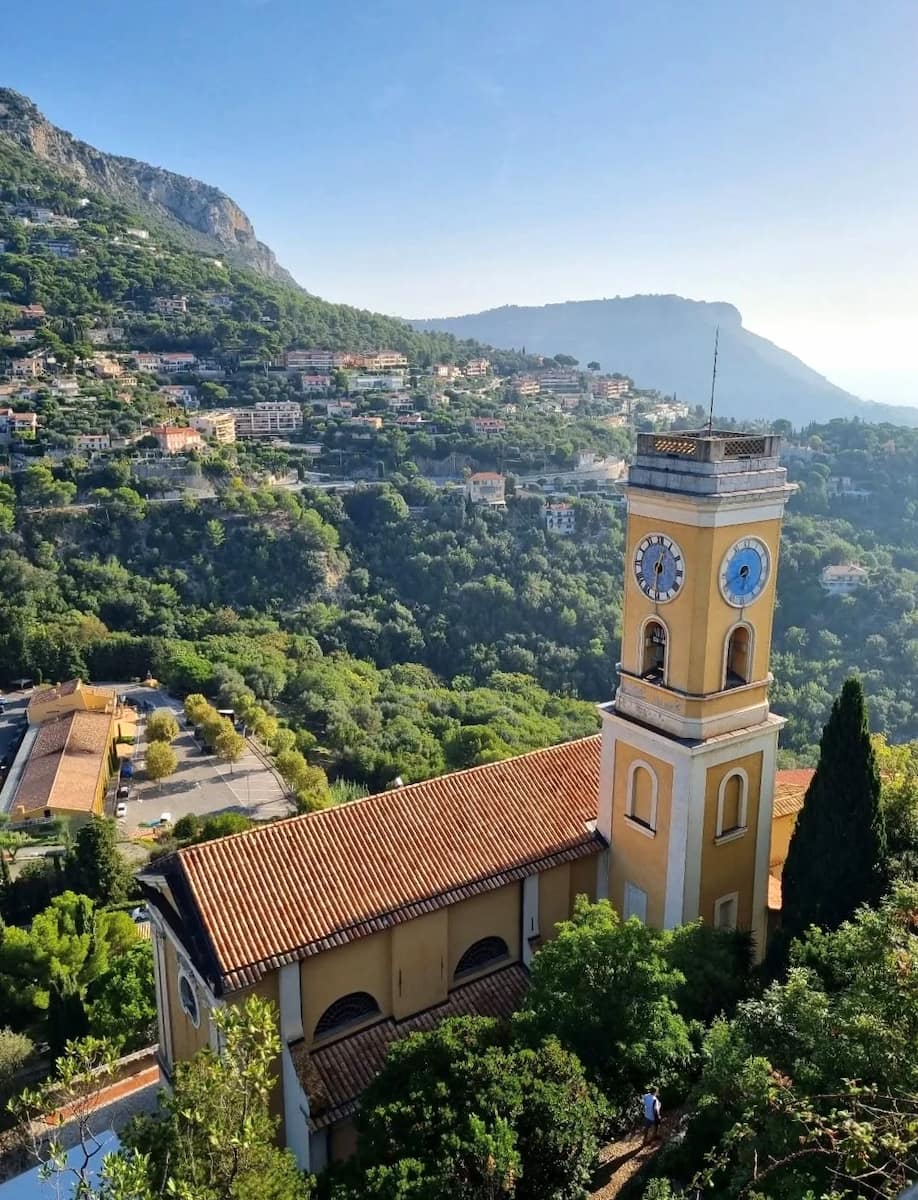
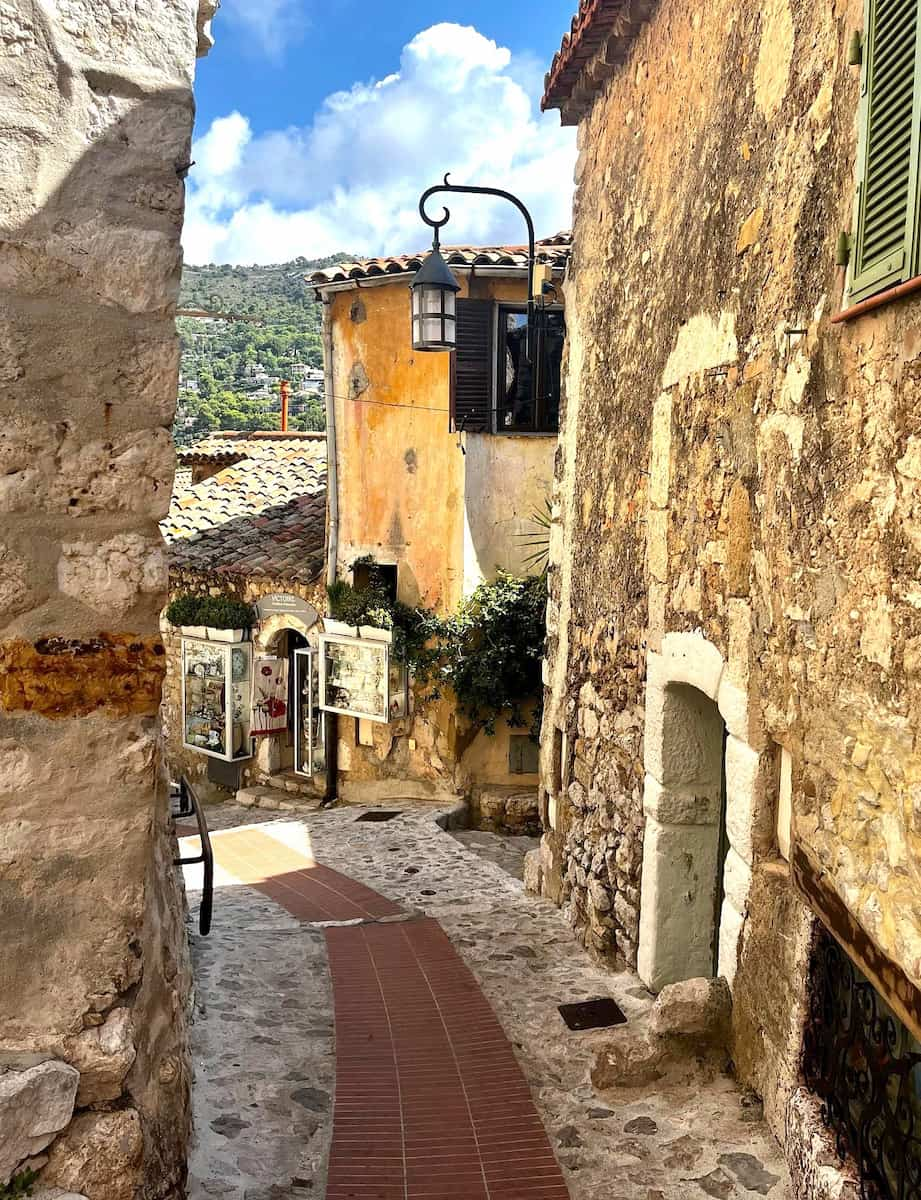
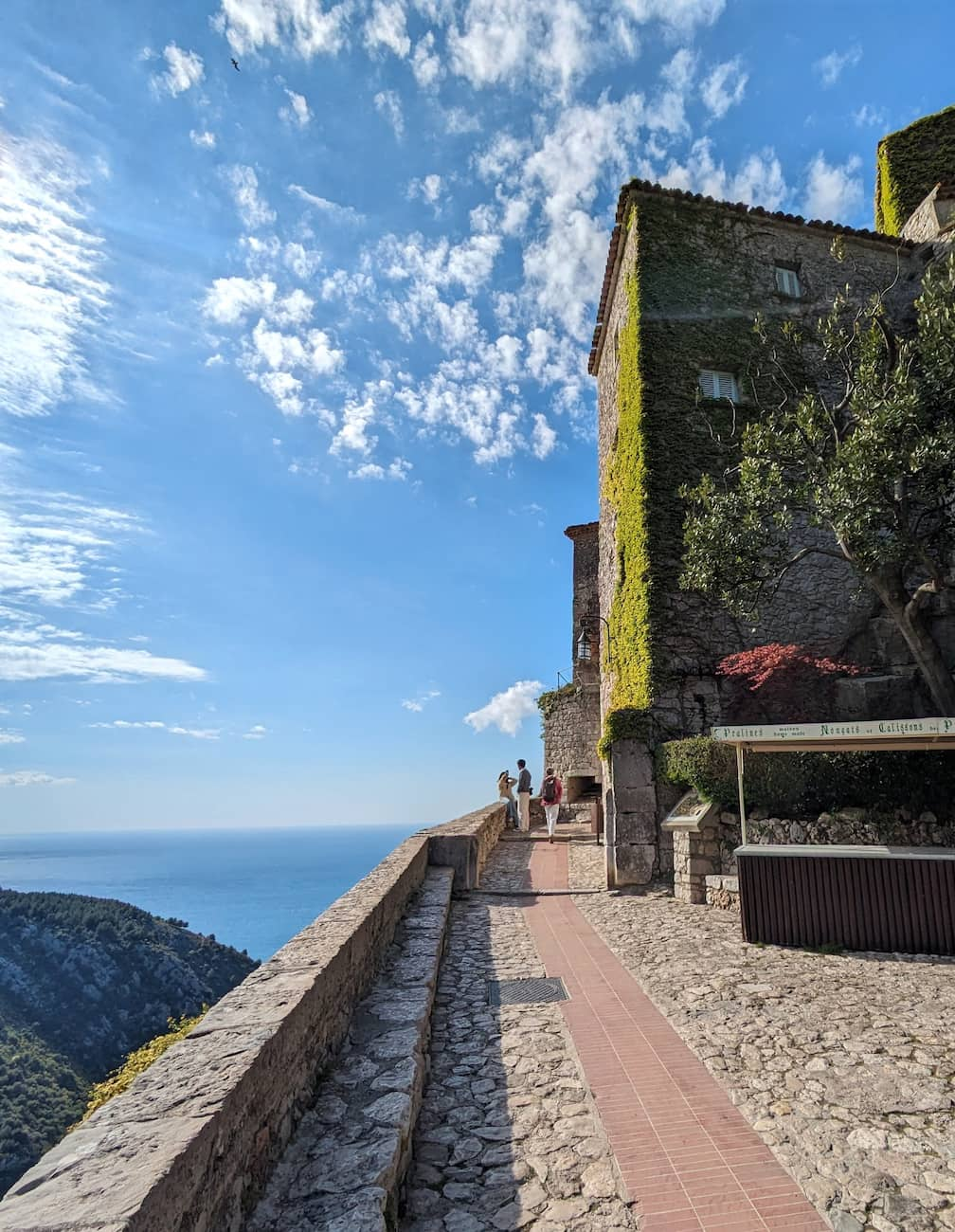
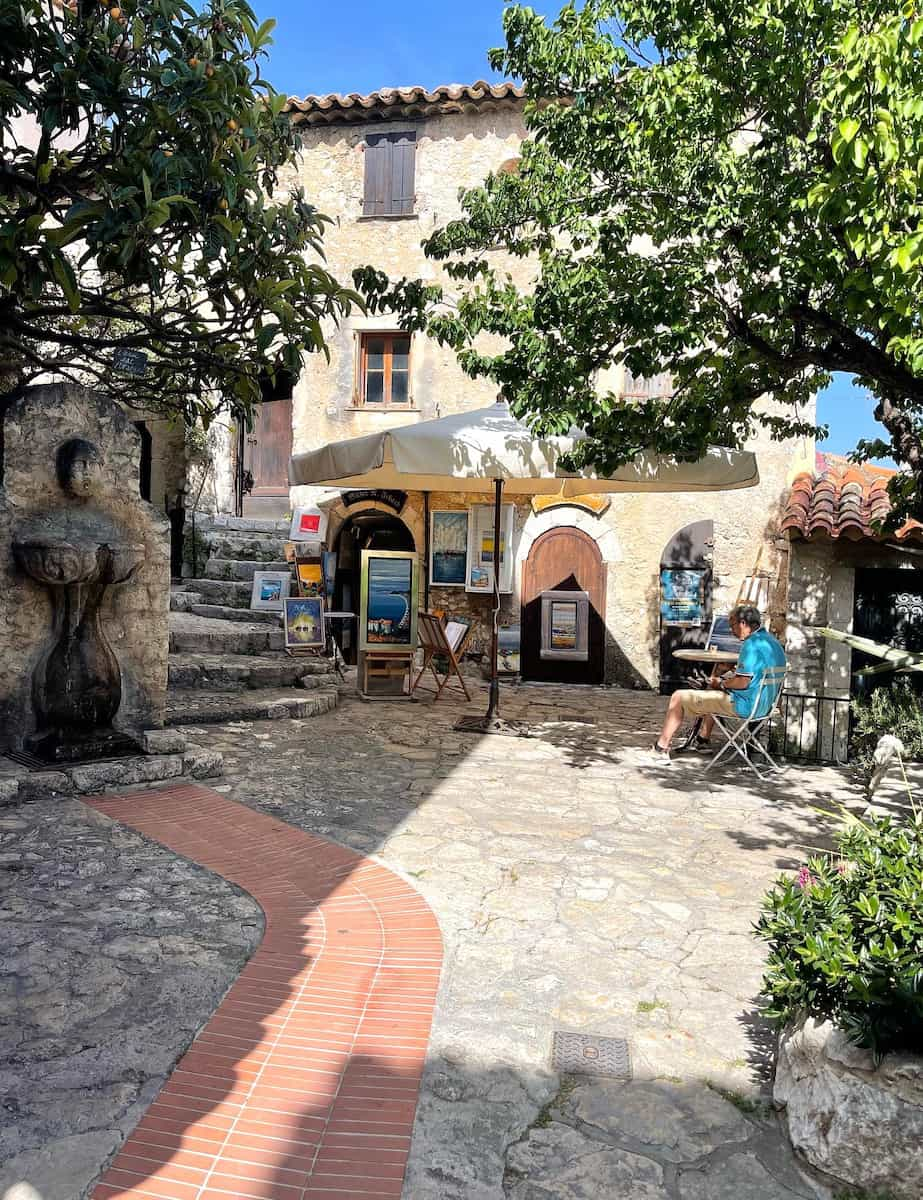
Artisan Discoveries. What surprised me most about Èze were the artisan workshops tucked into tiny stone alcoves. I watched a glassblower create delicate perfume bottles and a leather craftsman tooling intricate patterns onto handmade bags. These aren’t tourist traps but genuine artisans practicing traditional crafts. I purchased a small hand-painted ceramic dish for €15 that now holds my keys back home – a practical souvenir that brings back memories daily.
Sensory Overload. The scents of Èze are as memorable as the sights – lavender, rosemary, and jasmine spill from planters along the walkways. In one tiny square, I discovered an artisanal soap shop where the owner let me sample fragrances made with local ingredients. The combination of Mediterranean herbs, sea air, and ancient stone created an olfactory experience I still remember vividly.
Practical Matters. Getting to Èze is part of the adventure. I took bus #82 from Nice (€1.50 each way) which winds along the Middle Corniche road with dramatic coastal views. The bus drops you at Èze Village, requiring a 10-minute uphill walk to reach the medieval center. Wear comfortable shoes with good grip – those medieval stones are slippery, especially after rain!
| Transportation to Èze | Price | Travel Time | Frequency |
|---|---|---|---|
| Bus #82 from Nice | €1.50 | 30-40 min | Every 30 min |
| Train + Bus | €4.60 | 45 min | Hourly |
| Taxi from Nice | €45-55 | 20 min | On demand |
| Guided tour | €65+ | Half day | Daily |
⭐ Best Activities
- The Medieval Village of Èze – Èze is a perched village that offers you an exceptional panorama of the sea and the mountains. Come and discover its medieval charm, its cultural heritage and its exotic garden.
3. Le Jardin Exotique in Èze
Botanical Wonder. Perched at the very top of Èze village at 429 meters above sea level, Le Jardin Exotique literally took my breath away – both from the climb and the views. Created after World War II on the ruins of a medieval fortress, this remarkable garden showcases hundreds of succulent species against the most dramatic backdrop imaginable. I spent three hours here but could have stayed all day, discovering new vantage points and plant species around every corner.
Photographic Paradise. The garden is cleverly designed with stone pathways winding between cacti and succulents, opening suddenly to reveal framed views of the coastline. I found myself filling my camera roll with shots of spiky aloes and euphorbias silhouetted against the blue Mediterranean. The garden’s earth goddesses – stone sculptures by Jean-Philippe Richard – add an artistic element that complements the natural beauty perfectly.
Educational Elements. What impressed me was the careful labeling of plants with information about their origins and adaptations. I learned that many of the garden’s species come from South Africa and the Americas, yet thrive in this Mediterranean climate. The south side features drought-resistant exotics while the north side showcases Mediterranean flora – a clever design that maximizes the microclimate of the hillside.
Historical Context. While exploring, I discovered that the garden was created by Jean Gastaud, the same botanist who designed Monaco’s famous Exotic Garden. Small signs throughout explain how the medieval fortress was destroyed in 1706 on Louis XIV’s orders. Rather than a dry history lesson, these snippets added depth to my appreciation of how this spectacular site has been transformed.
⭐ Best Activities
- Èze: Walking Tour with a Local Guide – Discover Eze, a village on a rocky spur. Explore with a local guide as you wander through alleys and past chapels, visit the exotic garden, and enjoy breathtaking views of the sea and the mountains.
4. Place Massena
Evening Magic. I’ll never forget my first evening at Place Massena – Nice’s main square transformed into an otherworldly experience as darkness fell. The striking black and white checkerboard pavement seemed to glow under the streetlights, creating a surreal chess board effect. But what truly captivated me were the illuminated statues of kneeling men perched high on poles surrounding the square. These figures, part of the “Conversation in Nice” art installation, change colors throughout the evening – shifting from deep blue to vibrant purple, then fiery red.
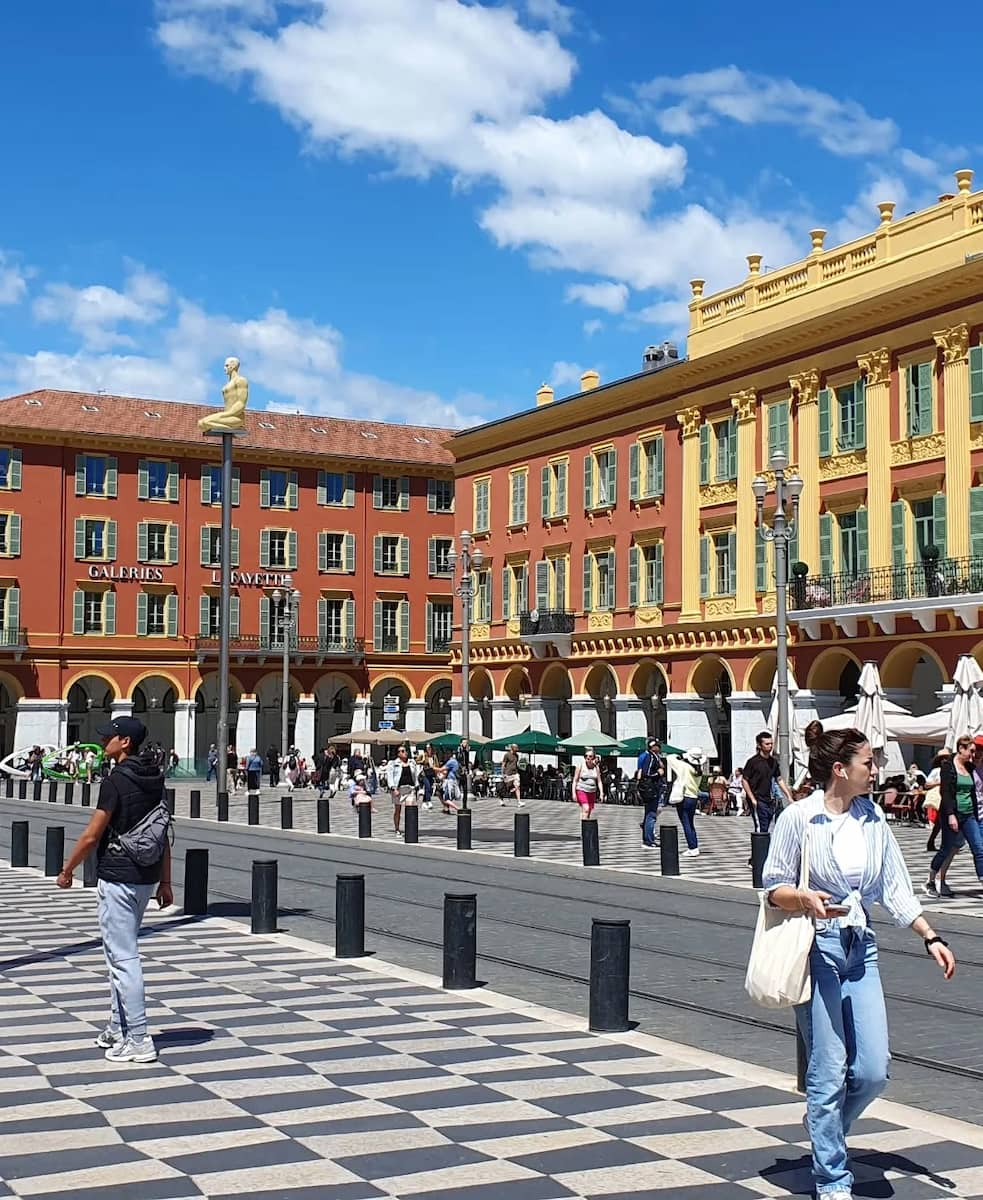
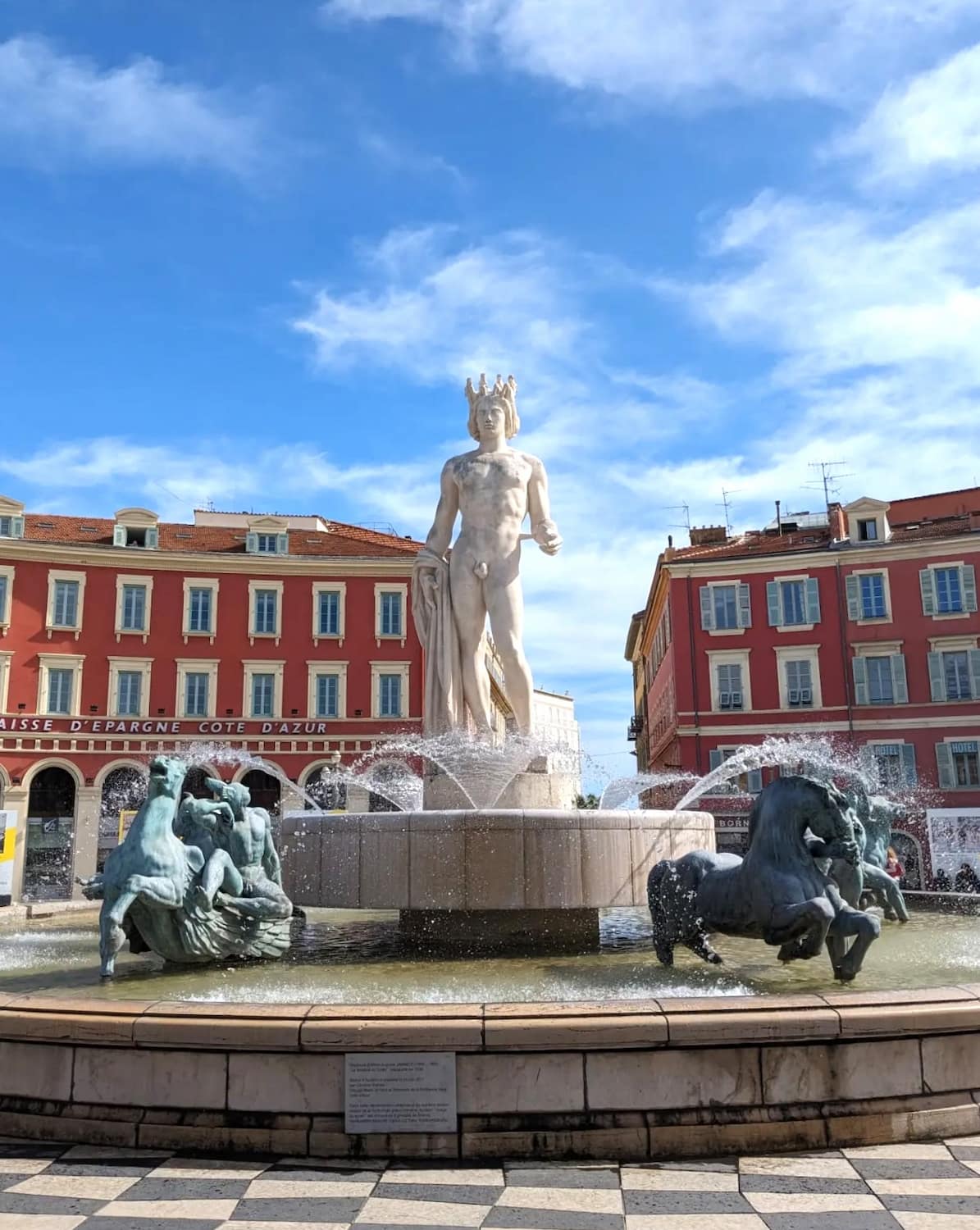
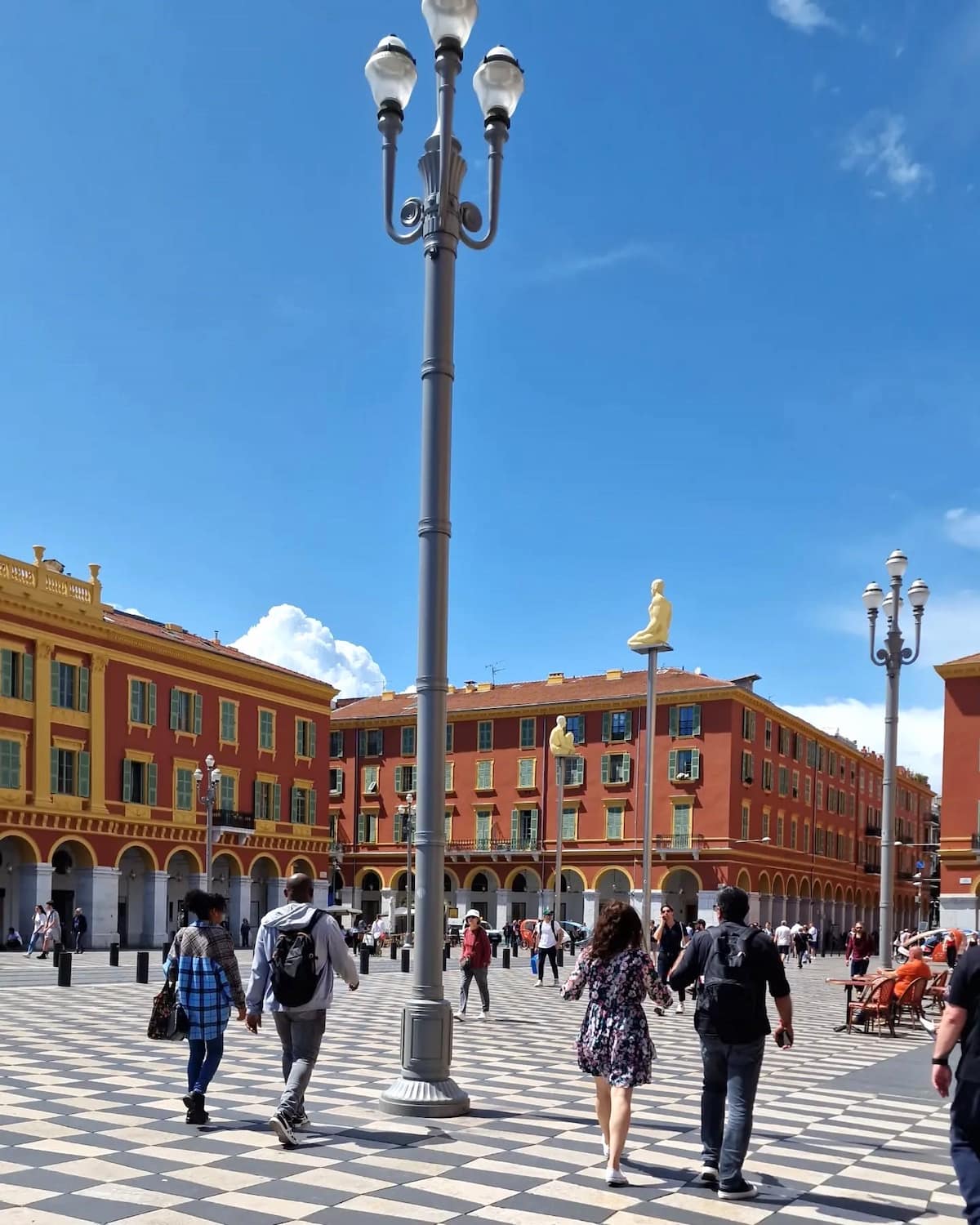
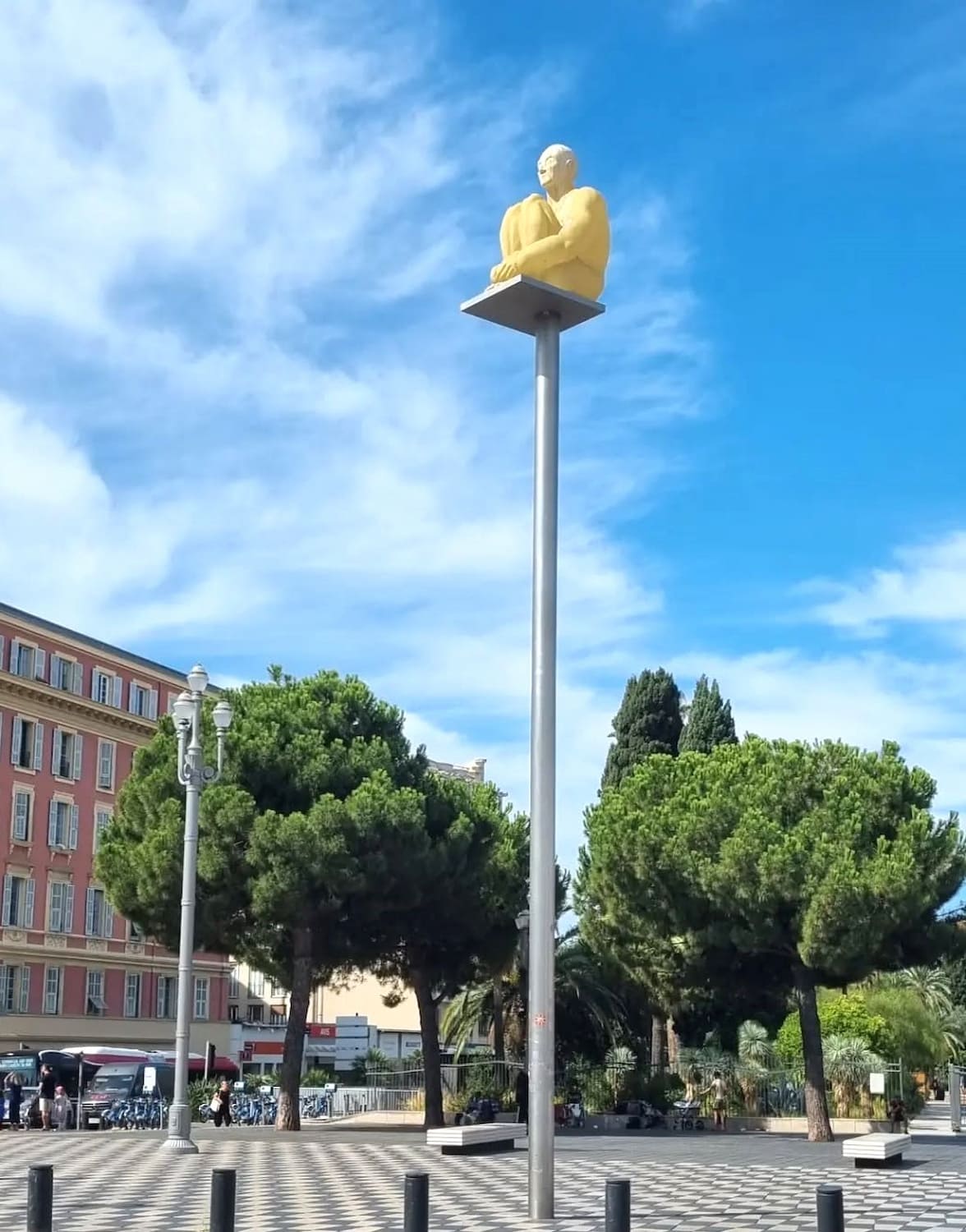
People’s Plaza. During the day, Place Massena buzzes with activity as the beating heart of Nice. I spent hours people-watching from the steps of the Fontaine du Soleil, where a 7-meter statue of Apollo stands surrounded by bronze figures from Greek mythology. Locals zoomed past on bikes, children splashed in the Miroir d’Eau (water mirror), and street performers entertained crowds near the tram stops. The square’s energy shifts throughout the day, reflecting the rhythm of Nice itself.
Architectural Contrasts. What struck me most about Place Massena was the beautiful harmony of contrasting styles. The elegant red ochre buildings with their blue shutters (typical Niçois style) frame the modern tram line and contemporary art installations. Since the square became fully pedestrianized in 2007 with the arrival of the tram, it’s become a much more pleasant space to linger. I watched families picnicking on the benches while teenagers practiced skateboard tricks near the fountain.
| Best Times to Visit Place Massena | Experience | Crowd Level |
|---|---|---|
| Early morning (7-9am) | Peaceful, beautiful light | Very quiet |
| Midday (12-2pm) | Bustling, full of shoppers | Very busy |
| Sunset (varies by season) | Golden light on buildings | Moderate |
| Evening (9-11pm) | Illuminated statues, cool vibe | Busy but spacious |
Shopping Access. Place Massena connects Nice’s main shopping areas – Avenue Jean Médecin to the north and the pedestrian zone to the south leading to Old Town. I found this convenient for breaking up shopping trips with refreshment stops. The square offers benches where I rested my tired feet before diving back into the narrow shopping streets of Vieux Nice.
5. Musée National Marc Chagall
Color Explosion. Walking into the Marc Chagall National Museum was like entering another dimension – one filled with vibrant colors, floating figures, and biblical dreamscapes. Located in the quiet Cimiez neighborhood of Nice, this museum houses the world’s largest public collection of Chagall’s works. The moment I stepped into the main hall with its 12 massive paintings illustrating Genesis and Exodus, I understood why this place draws art lovers from around the world.
Personal Connection. What makes this museum special is that Chagall himself helped design it. As I moved through the rooms, I realized I was experiencing the art exactly as the artist intended. The building’s simple architecture, with its thoughtful natural lighting, creates a perfect showcase for Chagall’s luminous works. I found myself returning multiple times to the stunning stained glass windows that bathe the space in colored light.
Spiritual Journey. Even as someone not particularly religious, I found the biblical themes in Chagall’s work accessible and moving. His use of floating figures, animals, and vibrant colors creates a dreamlike quality that transcends specific religious interpretations. The audio guide (€3 extra) provided helpful context about Chagall’s Jewish heritage and how it influenced his unique artistic vision.
Garden Retreat. After immersing myself in Chagall’s colorful universe, I needed time to process. The museum’s garden provided the perfect space for reflection. Designed with input from Chagall himself, the garden features a mosaic fountain and Mediterranean plants. I spent half an hour sketching in my notebook while sitting under an olive tree – a peaceful moment that became one of my favorite memories from Nice.
⭐ Best Activities
- Marc Chagall Museum – Absorb yourself by Chagall’s magical world of love, balance, soothing colors, music, hybrid figures and allegories!
6. Colline du Château (Castle Hill)
Panoramic Wonder. My first glimpse of Nice from Castle Hill literally stopped me in my tracks. Standing 92 meters above the city, I could see the entire sweep of the Bay of Angels, from the airport in the west to the Cap de Nice in the east. The contrast between the deep blue Mediterranean and the terracotta rooftops of the Old Town created a postcard-perfect vista that no photo can truly capture. Despite its name, you won’t find a complete castle here – it was destroyed in 1706 on Louis XIV’s orders – but the views alone are worth the visit.
Access Options. Getting to the top of Castle Hill is half the fun. I chose to take the free elevator (ascenseur) located near the eastern end of the Promenade des Anglais, which whisked me to the top in seconds. On my way down, I took the 300+ stairs through shady gardens, stopping at various viewpoints. For those with mobility issues, the Petit Train de Nice (€8) also makes the journey to the top.
Historical Layers. As I explored the hilltop, I discovered fascinating remnants of Nice’s past. The archaeological site reveals foundations of the medieval cathedral and castle that once dominated the hill. Information panels (in French and English) explain how this site has been strategically important since ancient Greek times. I was particularly moved by the simple Holocaust memorial tucked away in a quiet corner – a somber reminder amid the beautiful surroundings.
Natural Retreat. What surprised me most about Castle Hill was how it functions as a lush park in the middle of the city. Tall pine trees provide welcome shade, and I found locals jogging along the paths, walking dogs, and picnicking on the grassy areas. The microclimate on the hill feels several degrees cooler than the city below – a welcome relief during summer heat.
⭐ Best Activities
- Walking Tour of Old Nice and Castle Hill – On this tour, go beyond the exquisite scenery and beyond the guidebooks, following a born-and-raised local to this French Riviera city’s best spots.
Things to Do in Côte d’Azur with Kids
1. Aquasplash Water Park
Water Wonderland. On a scorching July day last summer, I discovered the perfect antidote to the Riviera heat at Aquasplash, the largest water park on the Côte d’Azur. Located in Antibes as part of the Marineland complex, this aquatic playground boasts over 17 attractions spread across 2,500 meters of slides and pools. My nephews couldn’t decide where to start – the twisting Turbolance, the heart-stopping Spaceboat, or the massive Rainbow Cannon. We eventually tried them all, with the Side Winder earning the title of family favorite for its unexpected drops and turns.
Slide Selection. The park cleverly caters to different age groups and thrill levels. The Draguero, standing 12 meters high, became my 10-year-old nephew’s obsession – he rode it seven times in a row! Meanwhile, my sister relaxed with her toddler at the Kid’s Pool, a shallow splash zone with mini slides and gentle fountains. For our group adventure, we grabbed multi-person rafts and navigated the Lazy River together, laughing as we spun through gentle rapids under the Mediterranean sun.
Practical Matters. The park operates seasonally, opening from mid-June through early September (June 15 to September 1. I recommend arriving right at opening time (10 AM) to claim prime seating near the wave pool and avoid the longest lines that form around noon. Lockers are available near reception for storing valuables, though they fill quickly. The park’s numerous food options range from quick snacks to full meals, but prices reflect the captive audience.
| Ticket Options | Online Price | Gate Price | Savings |
|---|---|---|---|
| Adult (13+) | €27 | €32.90 | €5.90 |
| Child (3-12) | €23 | €27.90 | €4.90 |
| Family Package (2+2) | €95 | €115 | €20 |
| Birthday Special | 50% off | 50% off | – |
2. Le Bois des Lutins Adventure
Magical Forest. Hidden in the heart of the Côte d’Azur near Villeneuve-Loubet, I stumbled upon a truly enchanting experience at Le Bois des Lutins (The Elves’ Wood). This unique adventure playground spans two hectares of woodland where fantasy comes alive through cleverly designed play areas. Walking beneath the canopy of ancient trees, I watched children’s faces light up as they discovered fairy houses nestled in tree trunks and giant wooden structures connected by netted walkways high above the forest floor.
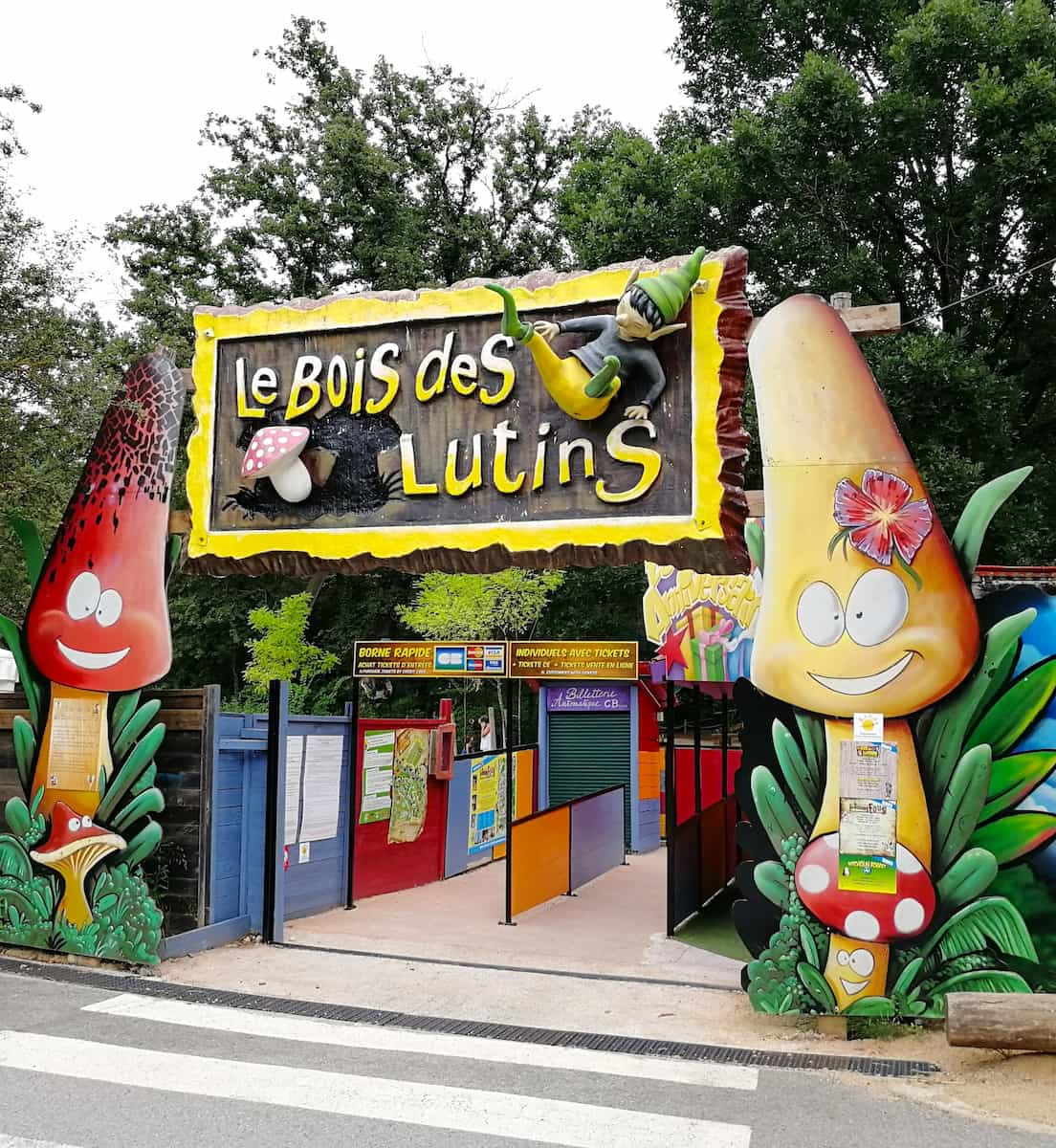
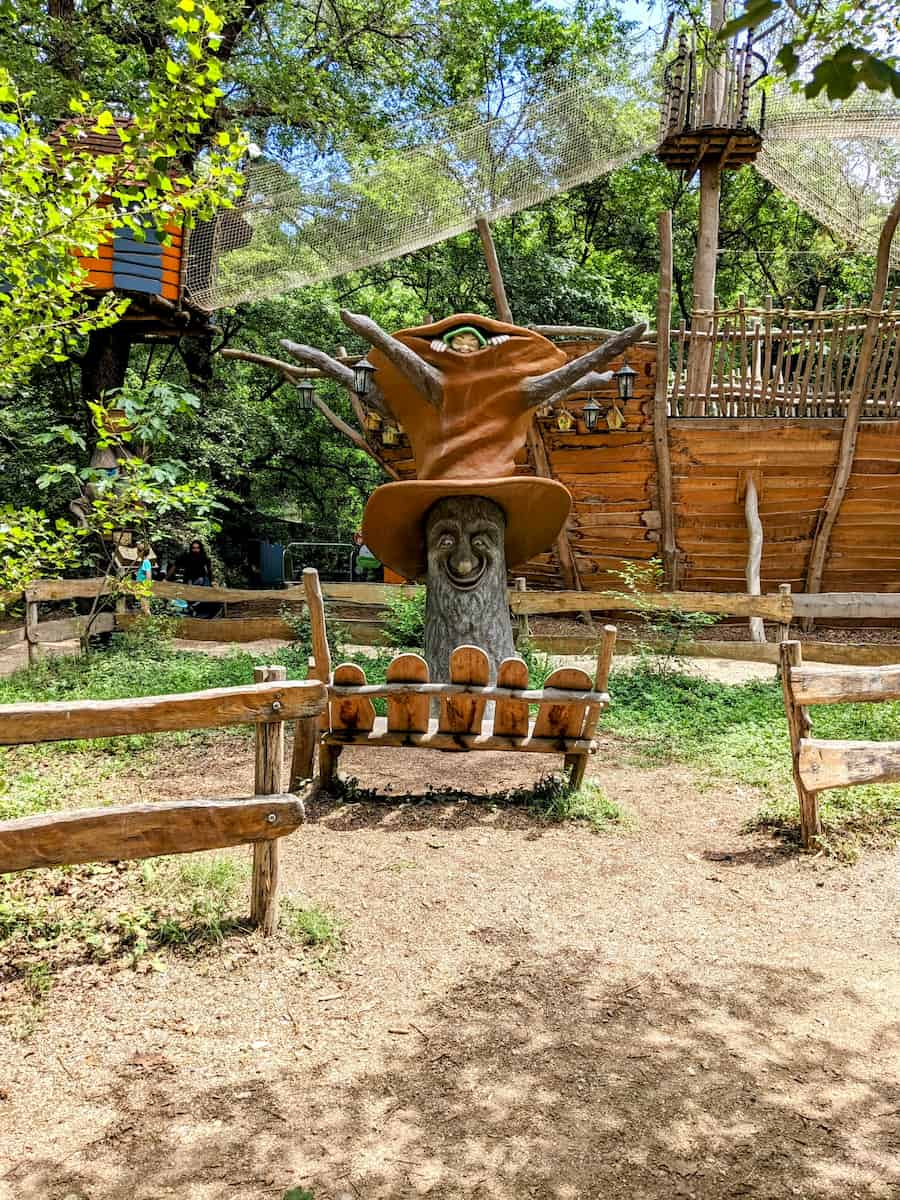
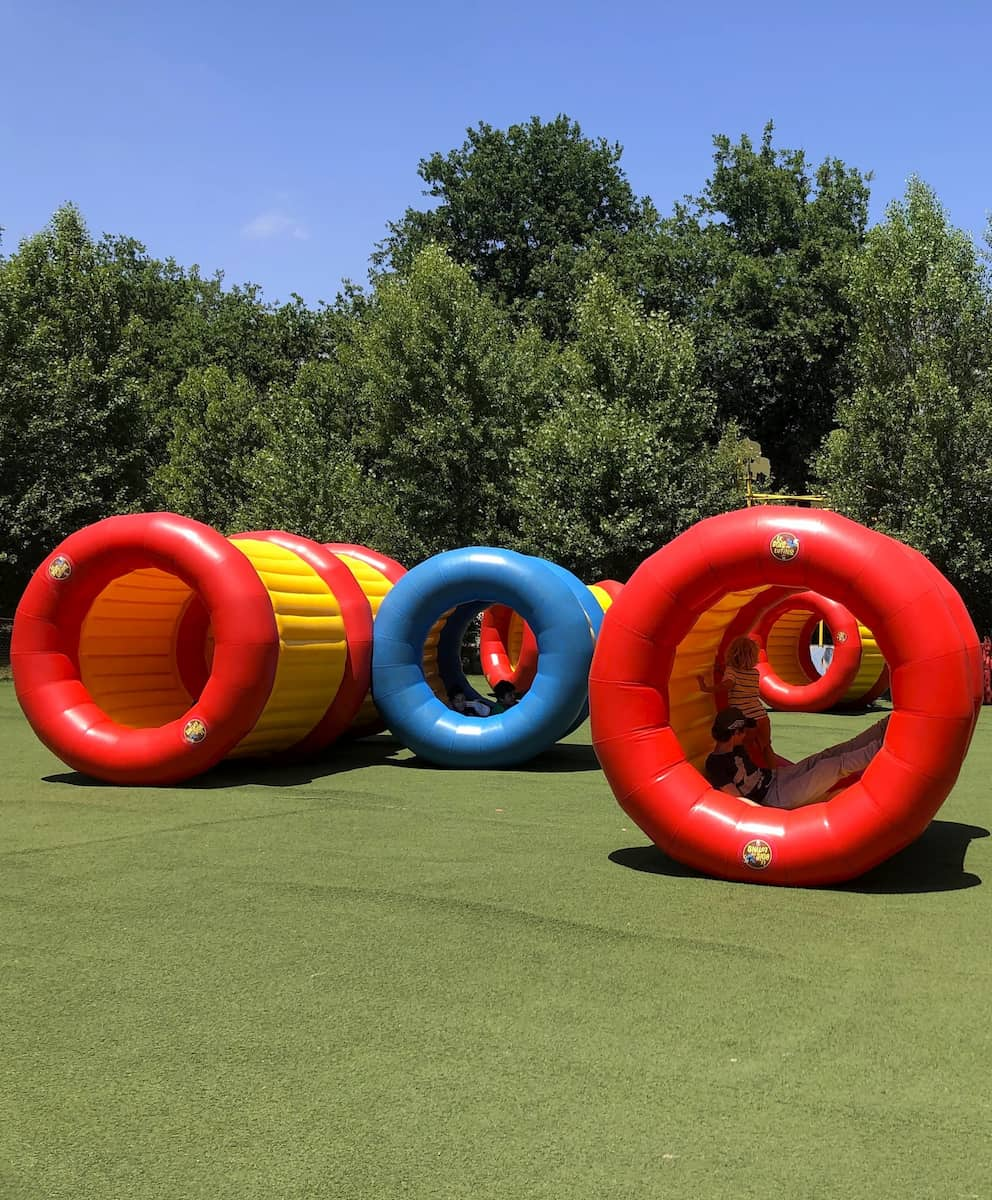
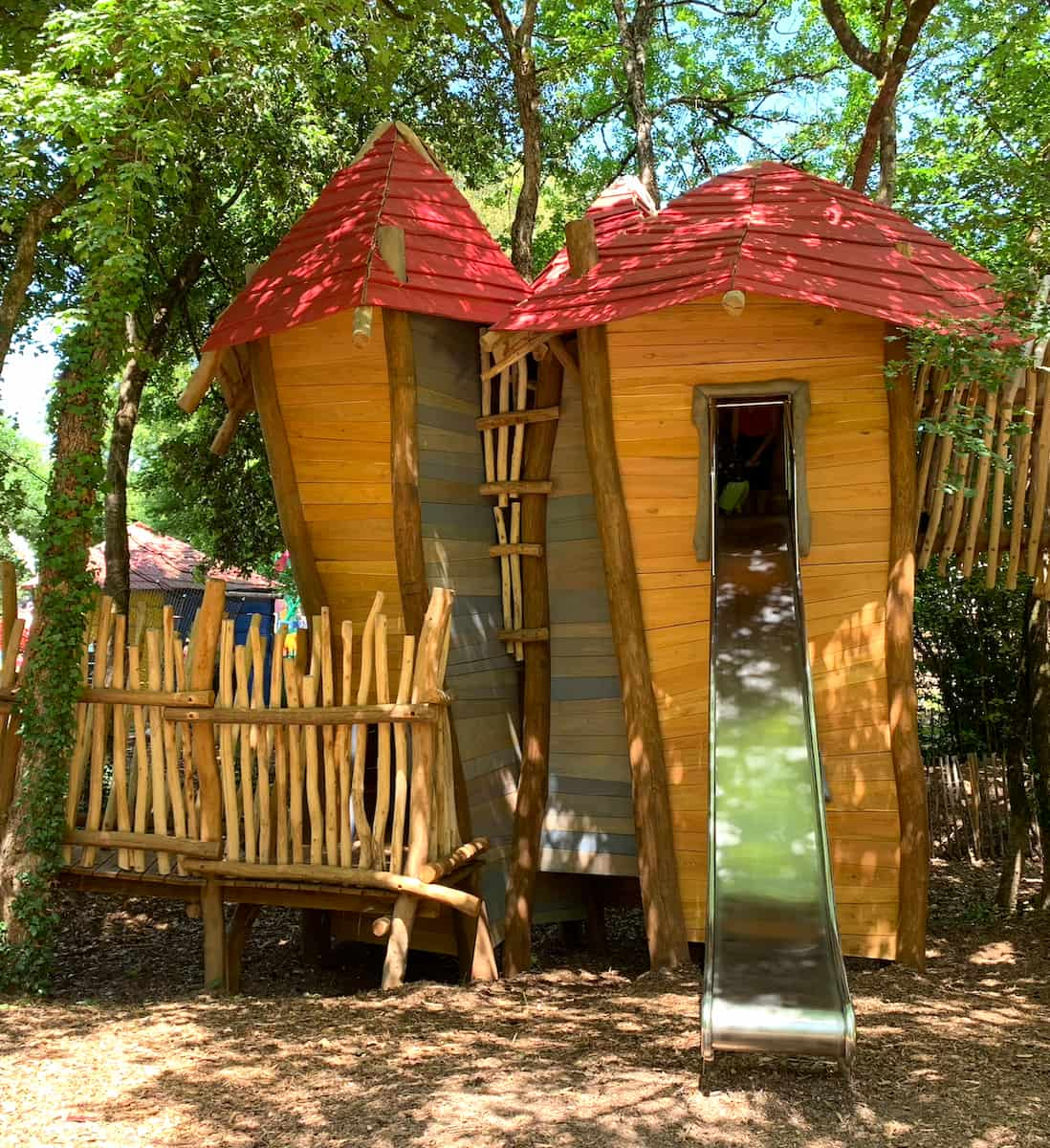
Aerial Adventures. The spectacular network of suspended nets was the highlight of our visit. My friend’s children spent hours scrambling through this aerial maze, climbing ever higher into the treetops. What impressed me most was how the playground blends seamlessly with nature – the structures respect and enhance the woodland rather than dominating it. Even as an adult, I couldn’t resist joining the kids on the “Tyrolienne des Elfes” (Elves’ Zipline) that sent us soaring between trees with views of the entire magical kingdom below.
Sensory Delights. What makes Le Bois des Lutins special is its attention to detail and focus on imaginative play. The Dwarf’s Belly – a newly renovated covered area – had us crawling through tunnels and emerging into surprising spaces. My favorite discovery was the “Jardin à Rosée” (Dew Garden), a refreshing water play area perfect for hot days where children can hide in a giant gardener’s boot or cool off under a massive watering can that periodically showers the area with a gentle mist.
3. Oceanographic Museum of Monaco
Cliffside Wonder. The Oceanographic Museum took my breath away before I even stepped inside. Founded in 1910 by Prince Albert I, this magnificent building seems to grow directly from the rock, with the Mediterranean waves crashing 85 meters below. Inside, I discovered a world-class institution that perfectly balances historical collections with modern interactive exhibits. The massive whale skeleton suspended from the ceiling in the historic hall immediately sets the tone for the scientific wonders that await.
Aquarium Adventures. The basement level houses one of Europe’s finest aquariums, where I spent hours mesmerized by the colorful coral reef ecosystems. The 6-meter-deep Shark Lagoon was particularly impressive, with its underwater tunnel allowing face-to-face encounters with these magnificent predators. What delighted my friend’s children most was the touch pool, where friendly staff helped them gently handle starfish and sea urchins while explaining marine conservation in terms kids could understand and appreciate.
Rooftop Magic. After exploring the aquariums and exhibition halls, I discovered the museum’s crown jewel – its rooftop terrace. Here, Turtle Island provides a home for rehabilitation of these endangered creatures, while offering visitors spectacular 360-degree views of Monaco and the Mediterranean. I enjoyed a surprisingly reasonable lunch at La Terrasse restaurant (daily specials around €20) while watching seagulls soar at eye level and spotting boats heading to distant shores.
| Ticket Type | Price | Includes |
|---|---|---|
| Adult (18+) | €22.50 | All exhibits and aquariums |
| Student | €14 | Valid student ID required |
| Child (4-17) | €14 | Interactive children’s areas |
| Under 4 | Free | – |
⭐ Best Activities
- Oceanographic Museum: Entry Ticket – An ocean of education on the marine world, from sharks to coral reefs!
4. Le Petit Train d’Antibes
Charming Journey. The cheerful yellow Petit Train d’Antibes provided one of my most relaxing and informative experiences on the Côte d’Azur. This adorable tourist train connects the medieval charm of Antibes’ Old Town with the sandy beaches of Juan-les-Pins, offering a perfect orientation to both areas without exhausting little legs in the Mediterranean heat. As we chugged along narrow streets where cars can’t go, I appreciated the gentle pace that allowed for proper sightseeing and photo opportunities.
Historical Highlights. The 45-minute round trip took us past Antibes’ most significant landmarks – the impressive star-shaped Fort Carré, the bustling Provençal market, the Picasso Museum housed in the ancient Grimaldi Castle, and the massive superyachts docked in the harbor. The commentary (available in multiple languages) shared interesting historical tidbits without overwhelming younger passengers. My favorite stretch was along the Cap d’Antibes coastal road, where million-euro villas peek through pine trees and the sea sparkles in countless shades of blue.
Practical Planning. The train operates daily from April through October, with departures every hour from two convenient locations: Rue Lacan in Antibes (near the cinema) and Boulevard Edouard Baudoin in Juan-les-Pins. During peak summer months (July and August), additional evening departures at 7 PM from Antibes and 7:30 PM from Juan-les-Pins let you enjoy the cooler evening air and golden sunset light on the ancient walls.
| Departure Point | First Train | Last Train (Regular) | Summer Evening Train |
|---|---|---|---|
| Antibes (Rue Lacan) | 10 AM | 6 PM | 7 PM (Jul-Aug) |
| Juan-les-Pins (Blvd Baudoin) | 10:30 AM | 6:30 PM | 7:30 PM (Jul-Aug) |
Free Things to Do in Côte d’Azur
1. Public Beaches
Sandy Escapes. The Côte d’Azur’s reputation for exclusive beach clubs often overshadows its wealth of beautiful public beaches. On my last visit, I discovered that you don’t need to spend a fortune to enjoy the region’s famous coastline. In Cannes, I spent a blissful afternoon on Midi beach, a lengthy stretch of sand perfect for sunbathing and people-watching. The water was crystal clear, and I even spotted a few fish darting around my feet as I waded in.
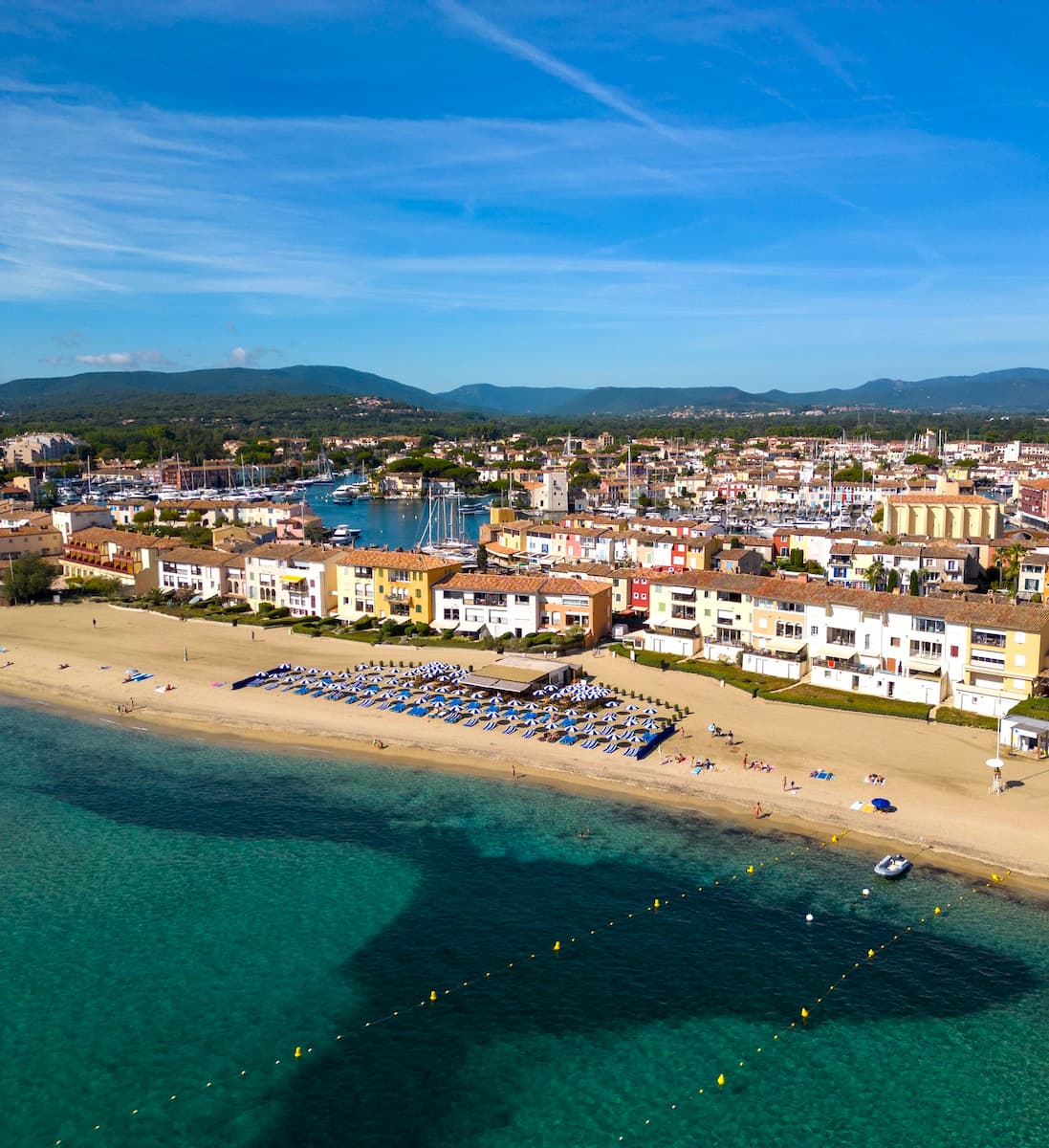
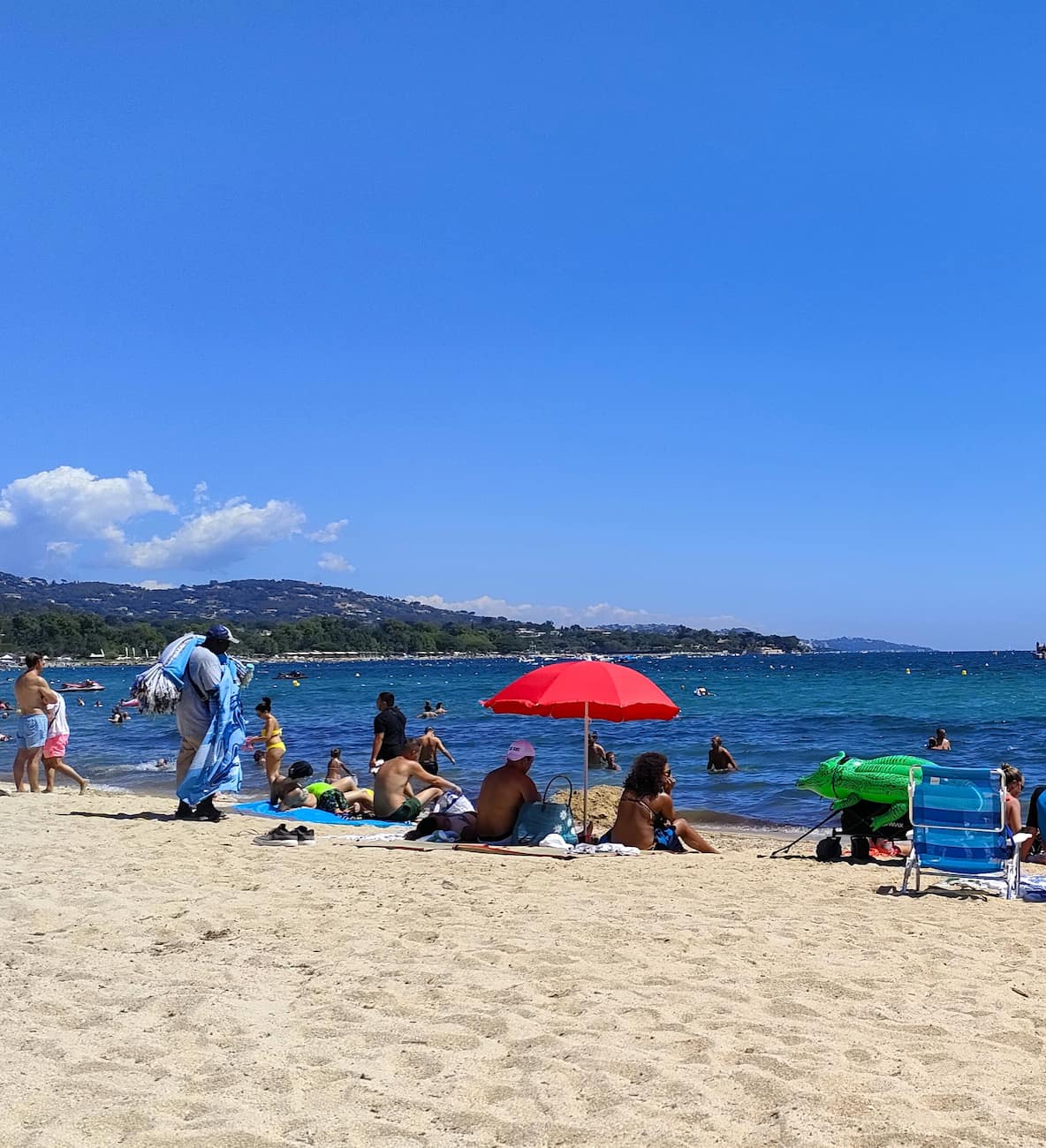
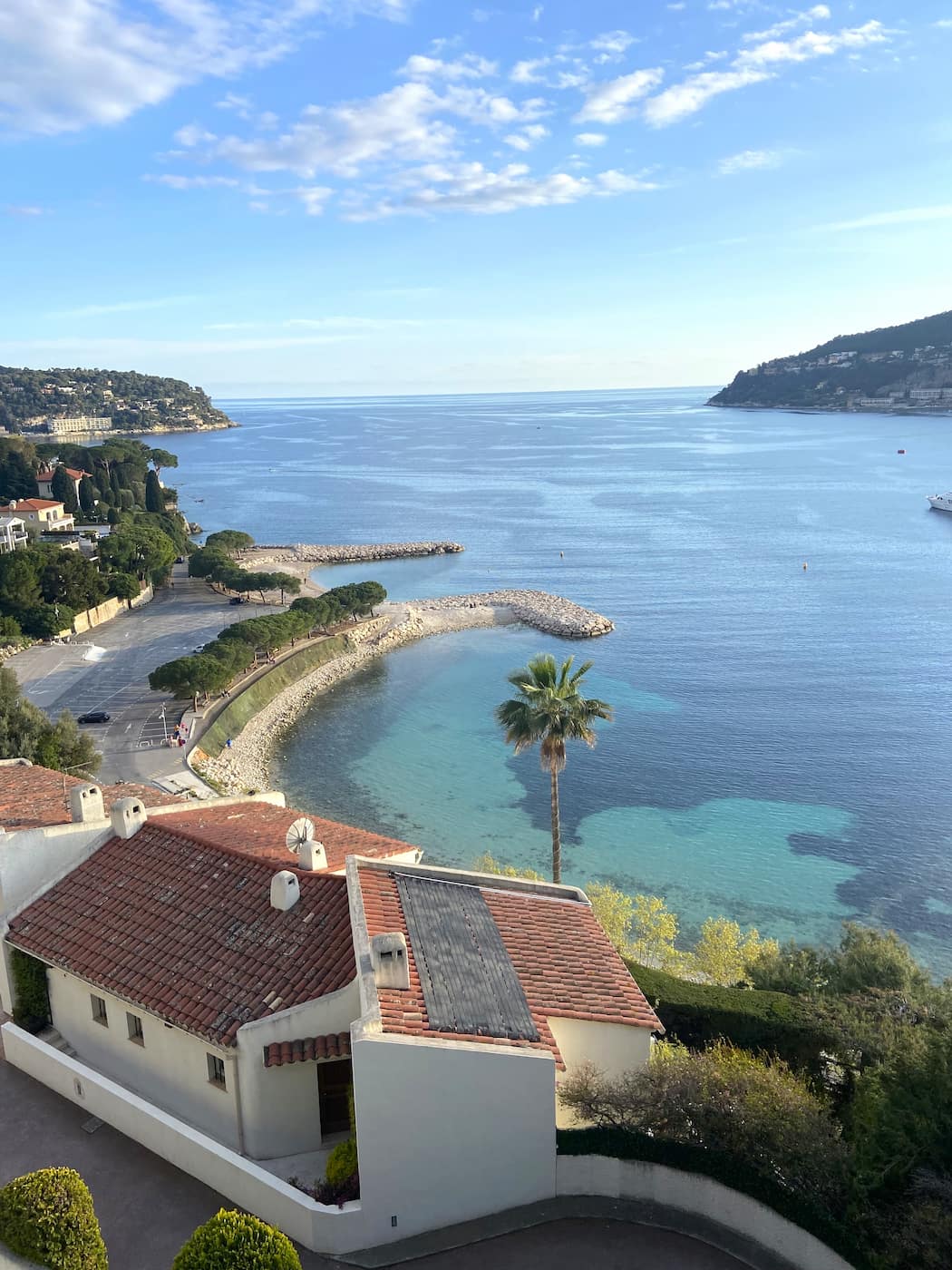
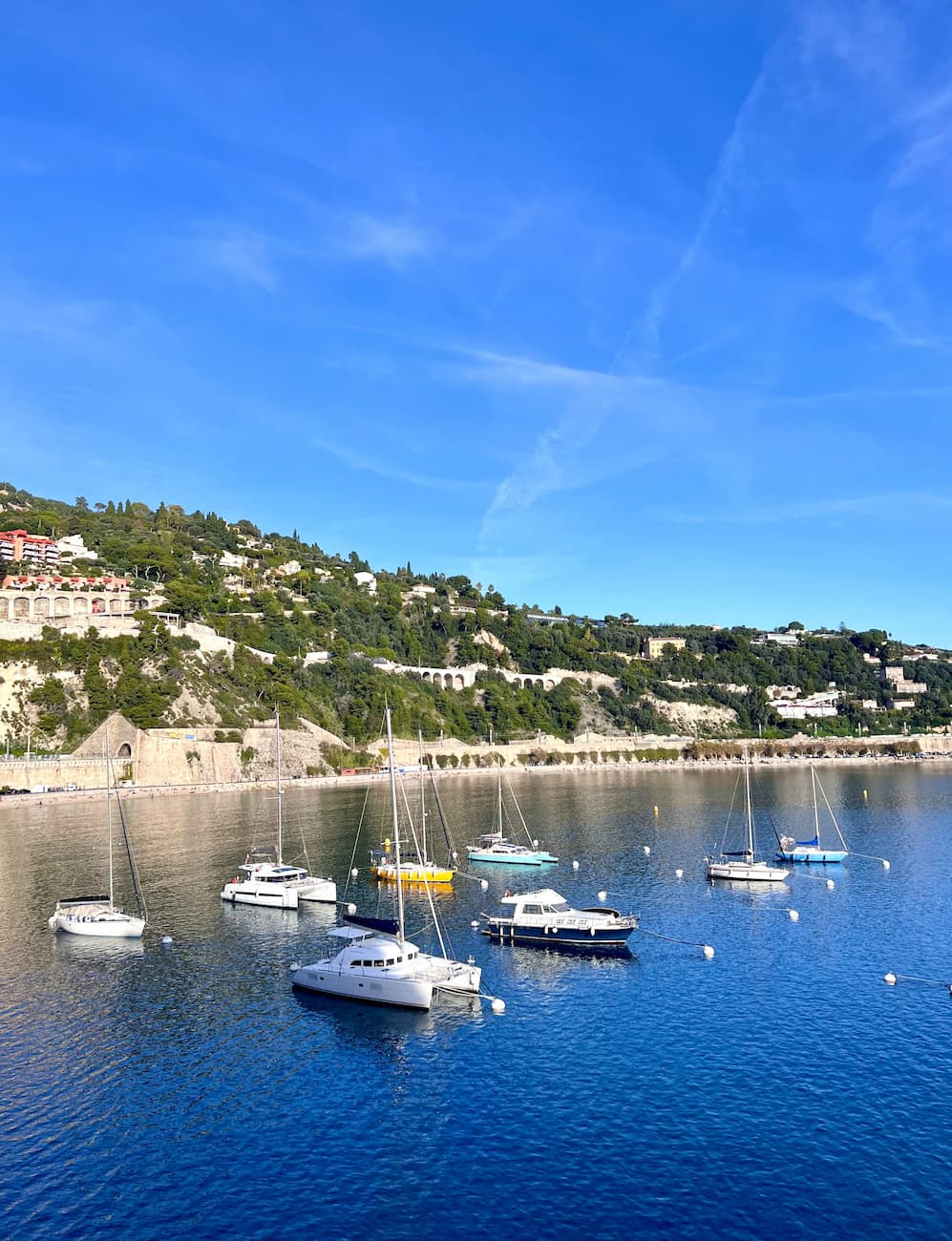
Local Favorites. Moving east to Nice, I followed the locals to Plage des Marinières in nearby Villefranche-sur-Mer. This 700-meter stretch of micro-pebble beach offers stunning views of the bay and moored boats. The gentle slope into the sea makes it ideal for families, and I noticed many children splashing happily in the shallows. The beach is equipped with anti-jellyfish nets, providing peace of mind for swimmers.
Insider Tip: For a quieter experience, head to Plage de Grimaud in Port Grimaud. Even in high season, I found plenty of space on this wide, sandy beach with calm waters perfect for swimming.
2. Cours Saleya Market
Sensory Overload. Stepping into Nice’s Cours Saleya market is like entering a vibrant kaleidoscope of colors, scents, and flavors. I arrived early one morning, just as vendors were setting up their striped awnings against the backdrop of Castle Hill. The market has been a Nice institution since 1861, and I could feel the history in every cobblestone.
Local Delicacies. As I wandered from stall to stall, I was amazed by the variety of local produce. Plump tomatoes from the Nice hinterland, fragrant lemons, and olives in every shade of green and black tempted me at every turn. The flower section was a riot of color, with peonies, freesias, and roses perfuming the air. I couldn’t resist purchasing a small bunch of lavender for just €3 – a fragrant souvenir of my visit.
Street Food Paradise. The market is also an excellent place to sample local street food. I tried socca, a chickpea pancake, from the famous Chez Thérésa stand for just €3. It was crispy, savory, and utterly delicious. For lunch, I opted for a pan bagnat (a round sandwich filled with tuna, raw veggies, eggs, and olive oil) from a small kiosk, paying only €5 for a filling meal.
3. Mont Boron
Natural Escape. Just a stone’s throw from Nice’s bustling center, I discovered the peaceful oasis of Mont Boron. This 57-hectare forest park offers a refreshing break from the coastal crowds, with views that took my breath away. As I hiked along the well-maintained trails, the scent of pine and wild herbs filled the air, reminding me of the region’s rich natural beauty.
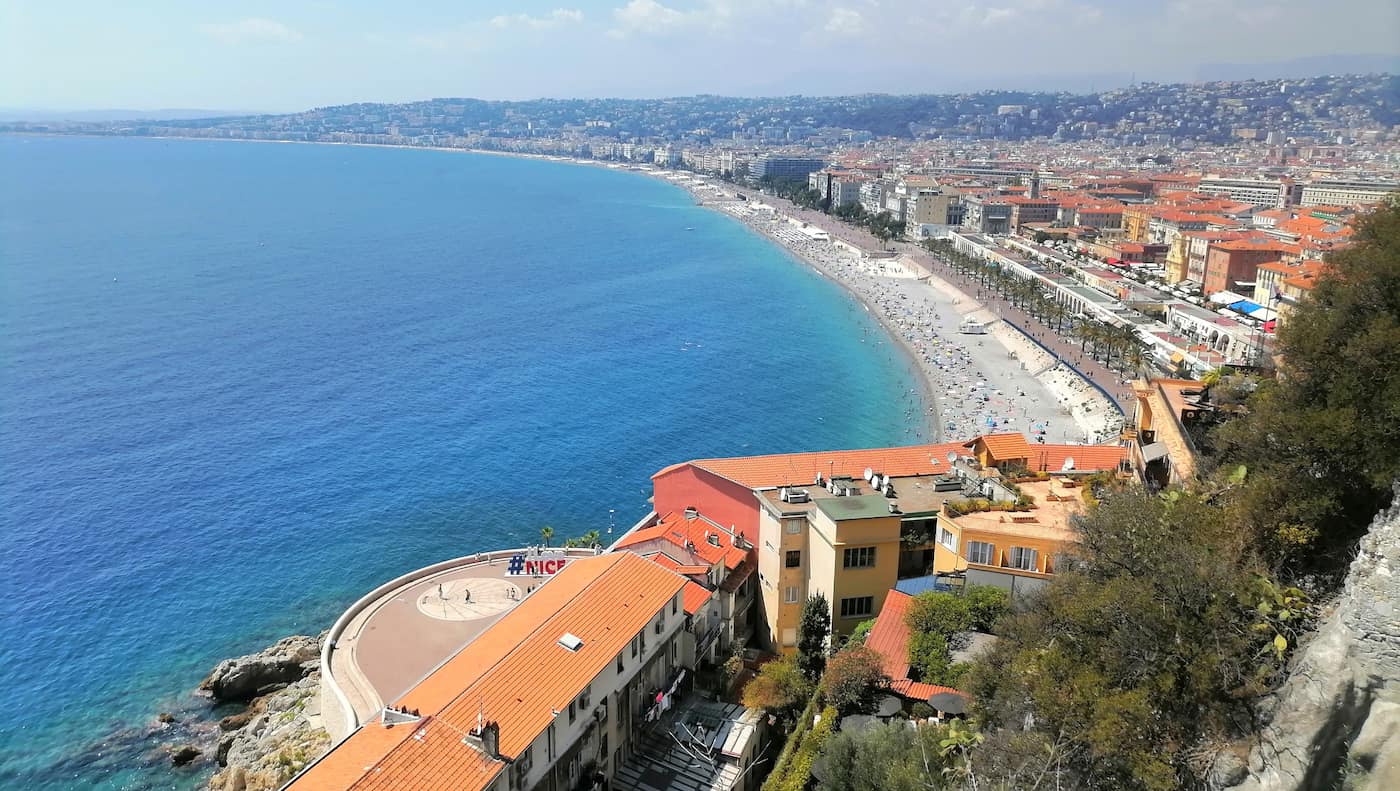
Scenic Workout. The park features a 1.5km fitness trail with exercise stations, perfect for those looking to stay active on vacation. I challenged myself to complete the circuit, enjoying pull-ups and sit-ups with a view of the Mediterranean. For a less strenuous option, I found several picnic areas where families were enjoying leisurely lunches in the shade of olive trees.
Historical Interest. At the park’s summit, I explored Fort Alban, a well-preserved 16th-century castle. While you can’t enter without a guided tour, walking around its impressive walls and climbing the stone steps to the front door gave me a sense of the area’s rich history.
Trails. Here are some key trails leading to Mont Boron:
- Escalier de Verre (Glass Staircase)
- Sentier des Agaves (Agave Path)
- Chemin Tranquille (Quiet Path)
4. Cimiez Monastery Garden
Historical Haven. Perched on the hill of Cimiez, I found a slice of tranquility at the Jardin du Monastère de Cimiez. This 9,550 m² garden, dating back to 1546, is the oldest on the Côte d’Azur and offers a perfect blend of history, nature, and stunning views. As I wandered through the Italian-inspired layout, I couldn’t help but imagine the Franciscan monks who once tended these grounds.
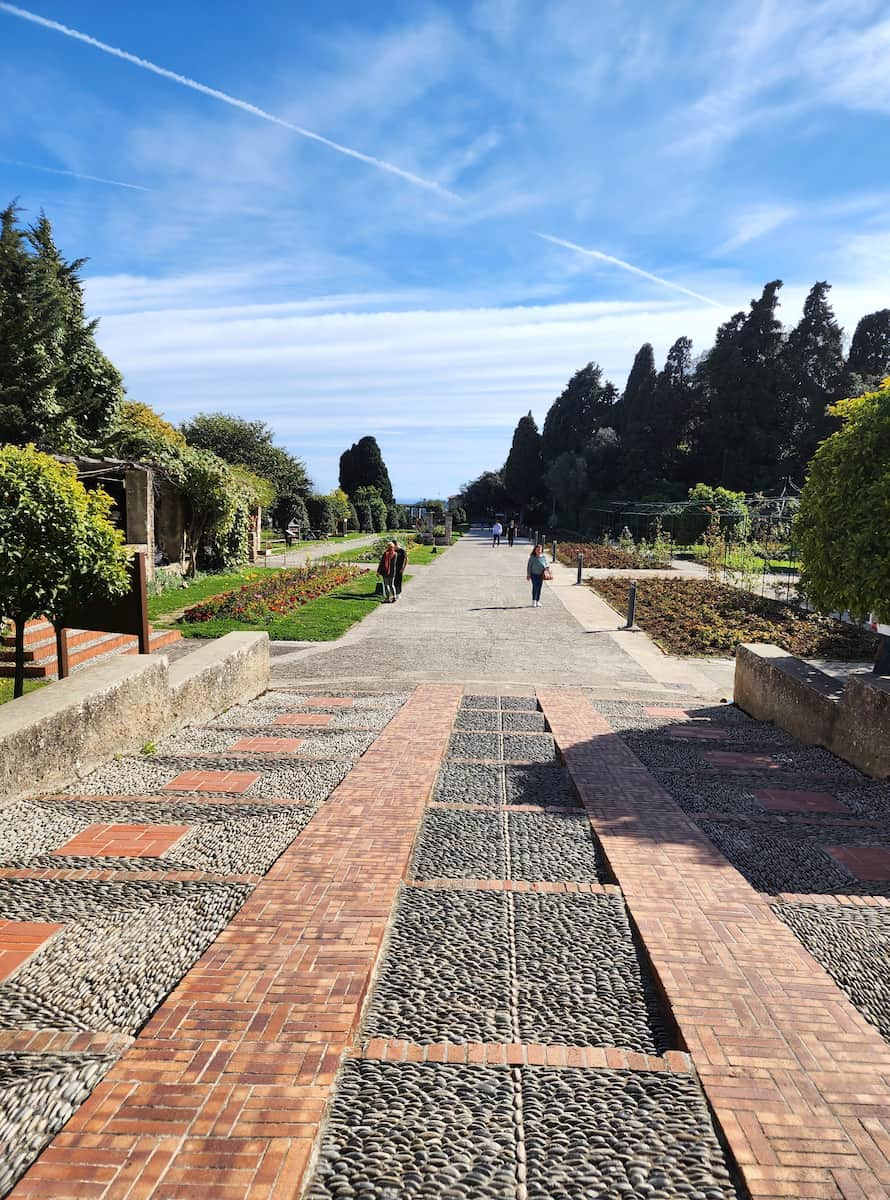
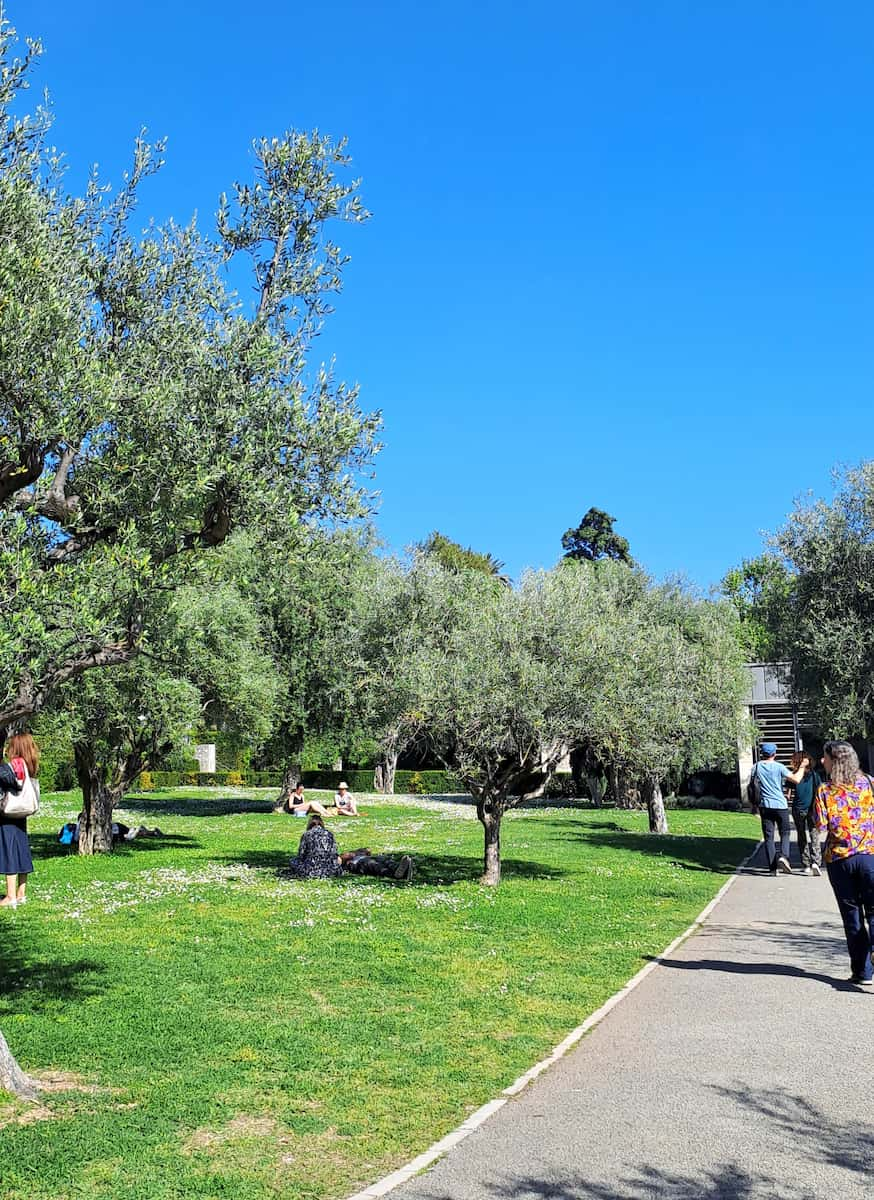
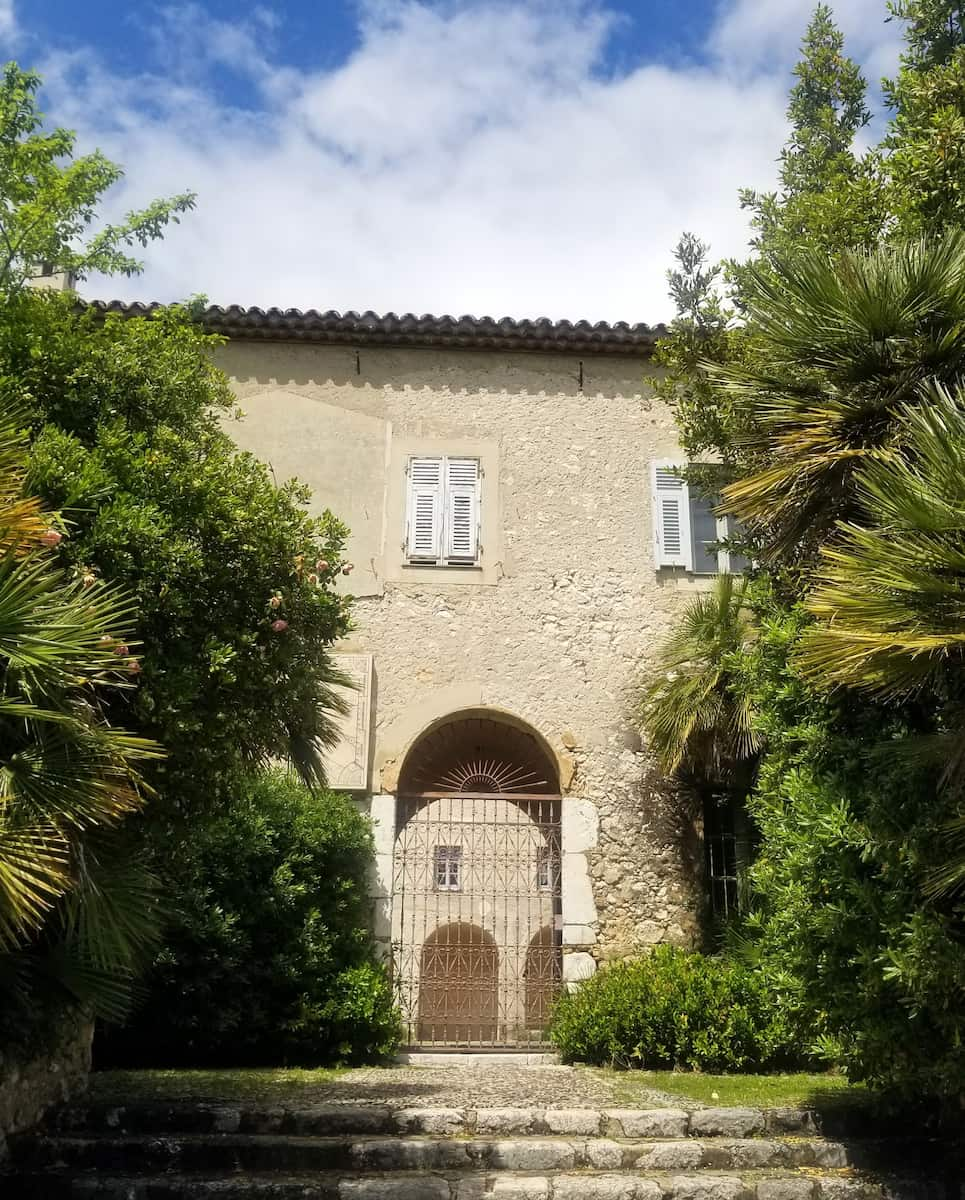
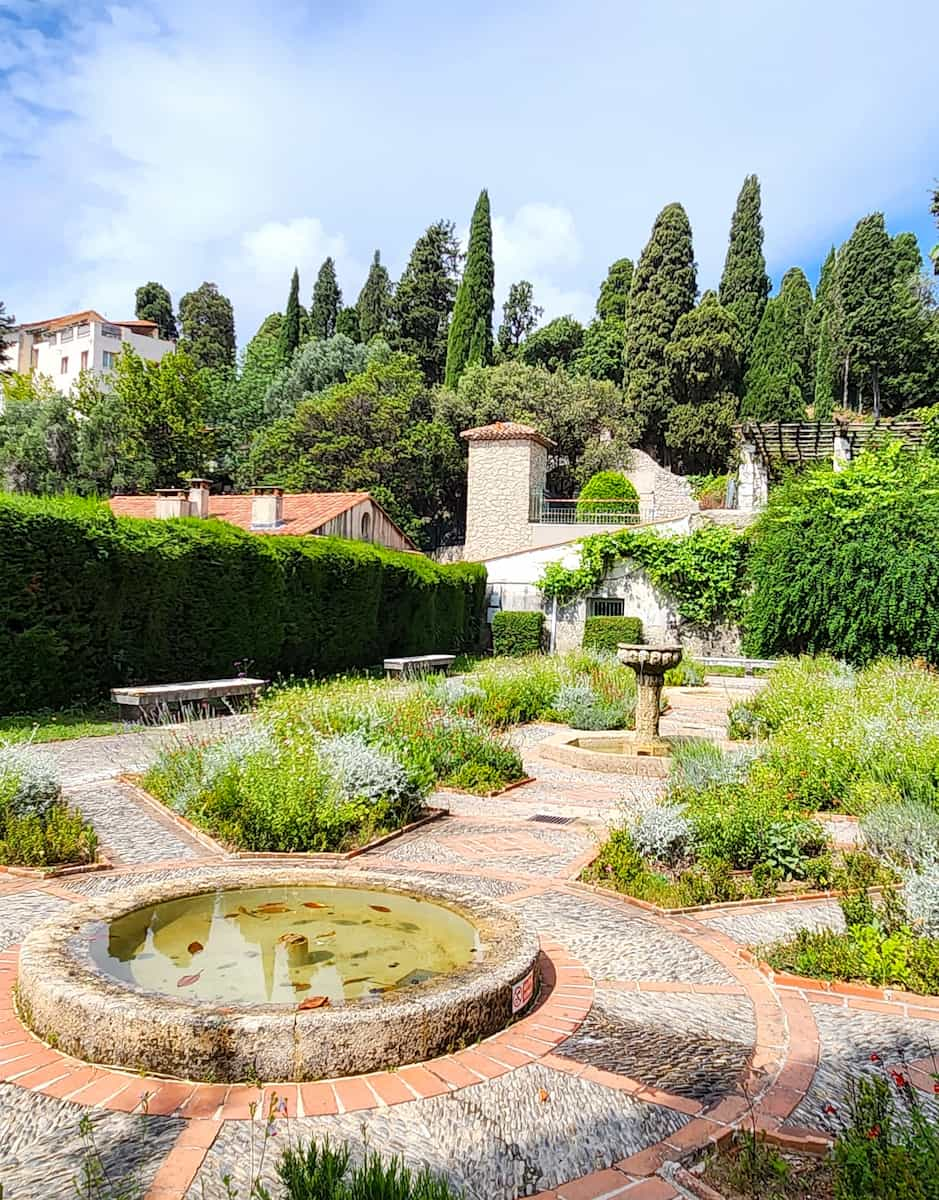
Floral Paradise. The garden’s crowning glory is its magnificent rose garden. I visited in late spring when the pergolas were smothered in fragrant, climbing roses of every color imaginable. The central well, surrounded by neatly trimmed hedges and colorful flower beds, provided the perfect photo opportunity. I was fascinated to learn that it was here that Franciscan Fathers invented the mesclun salad, mixing several seeds in their vegetable plots.
Panoramic Views. At the far end of the garden, I discovered a small terrace that offered spectacular views of Nice and the Mediterranean beyond. It’s an ideal spot for photography enthusiasts or anyone looking to capture that perfect Côte d’Azur vista.
Seasonal Activities in Côte d’Azur
1. Christmas in Côte d’Azur
Festive Transformation. The Côte d’Azur undergoes a magical metamorphosis during the holiday season. Last December, I wandered through Nice’s Christmas Village and was instantly transported to a winter wonderland. Place Massena becomes Father Christmas’s playground, with light shows projected onto building facades and a towering 50-meter Ferris wheel dominating the skyline. The contrast between palm trees wrapped in twinkling lights and traditional wooden chalets selling mulled wine created a uniquely Mediterranean Christmas experience that felt both exotic and familiar.
Market Magic. Valbonne’s Christmas Market (December 5-24) captivated me with its blend of Provençal traditions and festive cheer. Families gathered around wooden chalets selling artisanal gifts while children participated in workshops and watched mini-shows. I spent an evening sipping vin chaud (€4) while listening to a local choir perform traditional carols. The market culminates in a spectacular fireworks display on Christmas Eve that illuminates the medieval village in a rainbow of colors.
Village Celebrations. Èze Village transforms into a Christmas postcard on December 14-15. I joined locals for the festive parade that wound through narrow medieval streets, complete with traditional music and dancers in Provençal costumes. Children’s faces lit up during pony rides (€5) around the village square, while food stalls offered regional specialties like socca (chickpea pancakes) and pan bagnat sandwiches. The scent of roasting chestnuts and spiced wine filled the crisp winter air.
| Christmas Market | Dates | Highlights | Admission |
|---|---|---|---|
| Valbonne | Dec 5-24 | Family activities, fireworks | Free |
| Vence | Nov 30-Jan 5 | Mulled wine, shows | Free |
| Nice Village de Noël | Nov 28-Jan 1 | 60 market stalls, ice skating | Free (activities extra) |
| Èze Village | Dec 14-15 | Parades, pony rides | Free |
2. Summer Festivals and Events
Musical Extravaganzas. I’ve already marked my calendar for Les Plages Electroniques in Cannes (August 8-10), where I’ll dance with my feet in the sand and my head in the basses, as they say. Last year, I watched Charlotte de Witte command the decks as the sun set over the sea – a memory etched in my mind forever. The festival transforms the beach in front of the Palais des Festivals into an electronic music paradise, with day passes starting at €65.




Pyrotechnic Spectacles. Cannes’ Festival d’Art Pyrotechnique (August 5, 15, and 24) turned an ordinary summer evening into a night of wonder. I found a perfect viewing spot on the public beach east of the Palais des Festivals rather than paying for expensive restaurant seating. International teams compete to create the most impressive displays, choreographed to music that echoes across the bay. The reflection of fireworks on the water created a double spectacle that had me reaching for my camera every few seconds.
Cultural Celebrations. The Côte d’Azur’s summer calendar extends beyond music and fireworks. I attended the Voiles d’Antibes (June 4-8) last year, where magnificent vintage yachts raced across the bay. The combination of maritime heritage and live music created an atmosphere that captured the essence of Mediterranean summer.
3. Spring Blooms in Royal Parks
Floral Awakening. Spring transforms the Côte d’Azur into a botanical paradise. My favorite discovery was the Villa Ephrussi de Rothschild gardens in Saint-Jean-Cap-Ferrat, where I spent a mesmerizing morning last April. The nine themed gardens burst with color – from the French Garden’s musical fountains to the Spanish Garden’s terracotta warmth. The Rose Garden was particularly enchanting, with hundreds of varieties releasing their sweet perfume into the air. The €16 entrance fee felt like a bargain for such a comprehensive botanical experience.
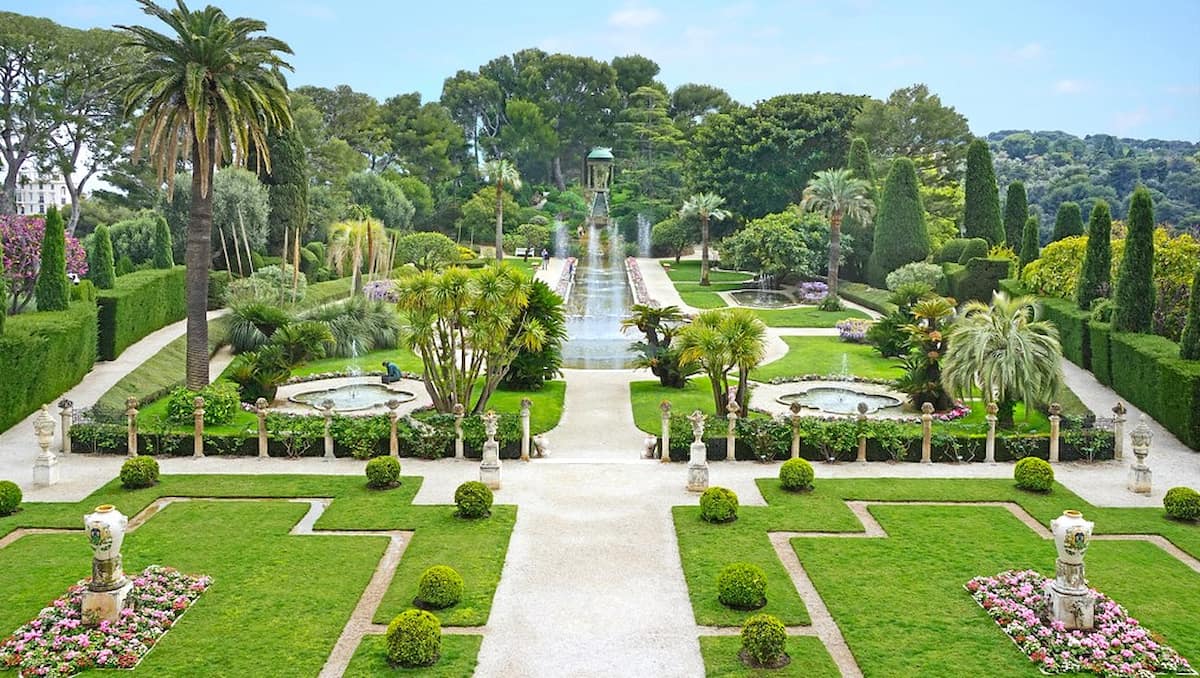
Exotic Explorations. The Exotic Garden of Èze captivated me with its dramatic setting 429 meters above sea level. I found myself constantly torn between photographing the plants and capturing the views that stretch from the Esterel massif to the Gulf of Saint-Tropez. On exceptionally clear days, you can even spot Corsica on the horizon.
Mimosa Magic. The Mimosa route creates a 130km yellow ribbon from Bormes-les-Mimosas to Grasse. I drove this route in early March when the mimosa trees were in full bloom, creating splashes of sunshine against the blue sea backdrop. The fragrance of these delicate yellow pompoms filled my car each time I opened the window. Eight towns participate in mimosa-themed festivities, with guided walks and art exhibits celebrating this iconic flower that has become synonymous with the Riviera’s spring awakening.
4. Winter Festivities
Carnival Celebrations. The Nice Carnival (February 15 to March 2) transformed my perception of winter on the Côte d’Azur. As the biggest winter event in the region, it fills the streets with energy and color despite the cooler temperatures. I watched in awe as twenty-meter-high figures paraded down the Promenade des Anglais, accompanied by street performers and music groups from around the world. The Battle of Flowers was particularly memorable, with performers tossing mimosas, daisies, and carnations to the eager crowd.
Citrus Spectacle. Just 30 minutes from Nice, the Menton Lemon Festival (February 15 to March 2) offers a completely different winter experience. Walking through the Biovès gardens, I was amazed by the massive sculptures created entirely from lemons and oranges – some using more than 15 tons of citrus! Beyond the displays, I enjoyed visiting a local citrus grove to taste Menton’s famous IGP-protected lemons, known for their sweet, mild flavor.
| Winter Event | Dates | Location | Ticket Prices |
|---|---|---|---|
| Nice Carnival | Feb 15-Mar 2 | Nice | €12-26 |
| Menton Lemon Festival | Feb 15-Mar 2 | Menton | €12-25 |
| Combat Naval Fleuri | February (TBC) | Villefranche-sur-Mer | Free |
| Fête Mimosa | February (TBC) | Mandelieu-La Napoule | Free-€15 |
Day Trips from Côte d’Azur
1. Saint-Paul-de-Vence
Medieval Magic. The moment I stepped through the stone archway of Rue Grande into Saint-Paul-de-Vence, I felt transported back in time. This hilltop village, just a 45-minute drive from Nice, has been captivating artists for centuries – and it’s easy to see why. The narrow cobblestone streets, lined with galleries and boutiques, create a labyrinth of discovery where each turn reveals another picturesque corner. I spent hours simply wandering, admiring how the sunlight played on the ancient stone walls and the clematis vines that drape across building facades.
Artistic Legacy. What makes Saint-Paul-de-Vence truly special is its rich artistic heritage. As I explored the winding streets, I couldn’t help but imagine Picasso, Chagall, and other luminaries who once frequented this creative haven. My most moving experience was visiting Marc Chagall’s grave in the Saint Paul de Vence Cemetery. The artist lived here from 1966 until his death in 1985, and his simple tombstone, often adorned with small stones left by visitors, offers a quiet moment for reflection away from the busier parts of the village.
Cultural Treasures. The Fondation Maeght, located just a short uphill walk from the village center, houses one of France’s most important collections of 20th-century art. I spent a magical afternoon wandering through its sculpture garden, where works by Joan Miró, Marc Chagall, and Georges Braque blend harmoniously with the natural landscape. Don’t miss the Miró Labyrinth, featuring pieces crafted from ceramics, marble, iron, and bronze. The €18 entrance fee might seem steep, but the quality and breadth of the collection make it worthwhile.
Village Highlights. Walking the ramparts offered me breathtaking views stretching from the sea to the mountains of Provence. I recommend starting at Porte de Nice and following the high path toward Bastion St-Rémy. The entire circuit takes about 30 minutes and provides perfect photo opportunities of both the village and the surrounding countryside. Don’t miss La Placette, a hidden square with a tiny fountain and former wash basin that offered me a moment of solitude away from other tourists.
⭐ Best Activities
- Antibes, Cannes & Saint Paul de Vence – Offering an easy way to visit the cities of the French Riviera in less time, the trip includes door-to-door transport plus a guide to give you the lowdown on the region.
2. Villefranche-sur-Mer
Coastal Charm. Just a 10-minute train ride from Nice, Villefranche-sur-Mer feels worlds away from the bustle of the larger Riviera cities. As I stepped off the train and made my way down to the waterfront, the village’s pastel-colored buildings cascading down to the turquoise bay took my breath away. This small fishing village cradles one of the most beautiful natural harbors on the Côte d’Azur, with its deep bay providing shelter for everything from small fishing boats to luxury yachts.
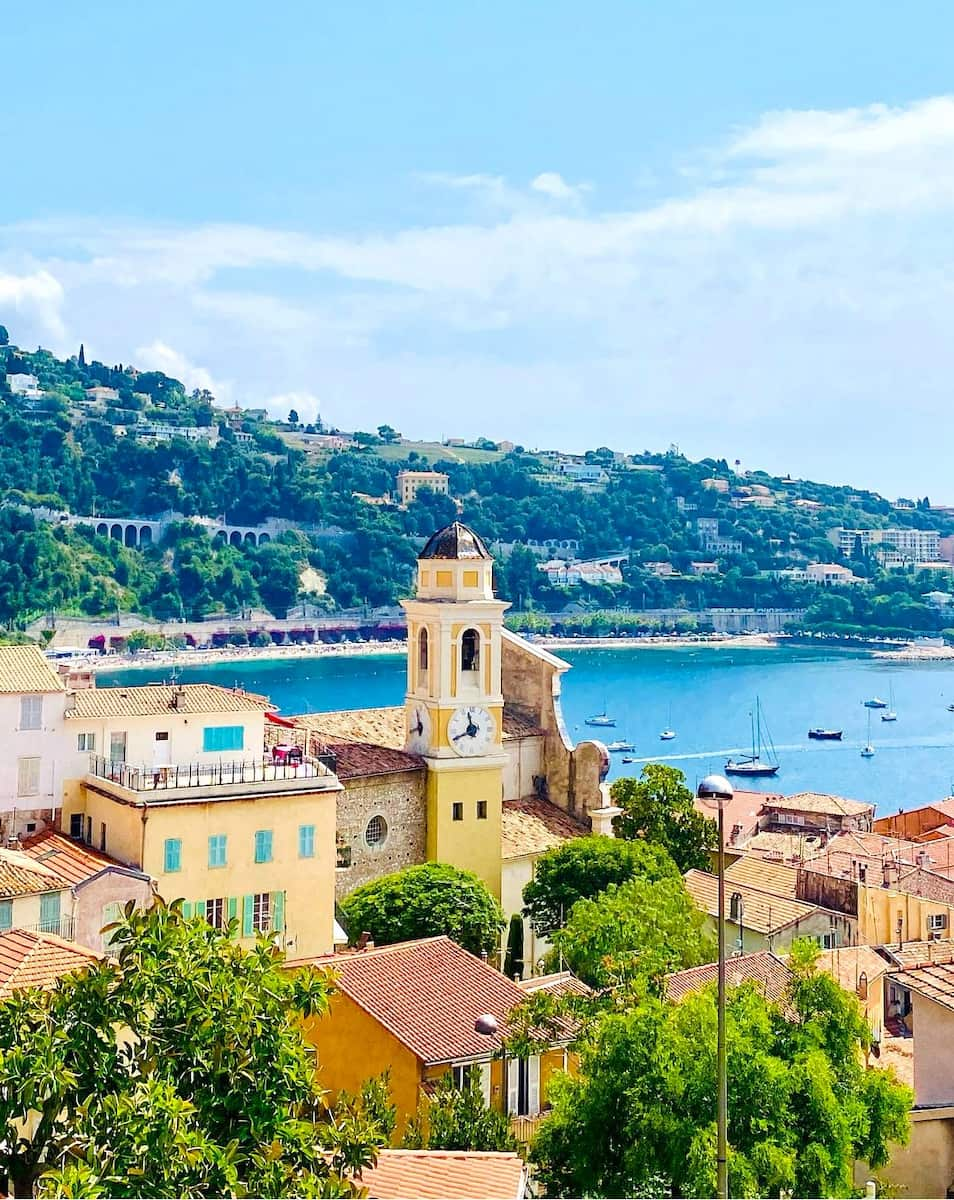
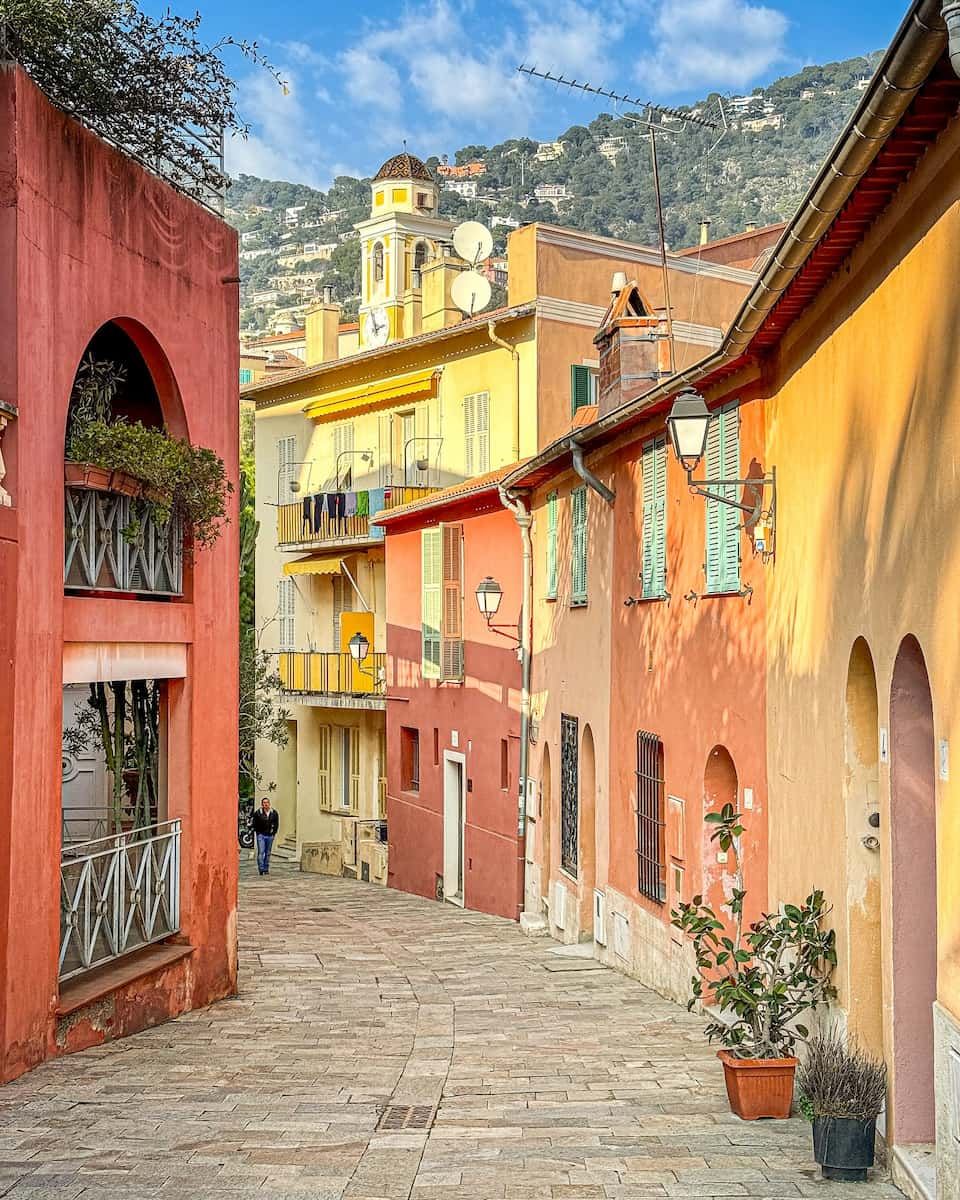
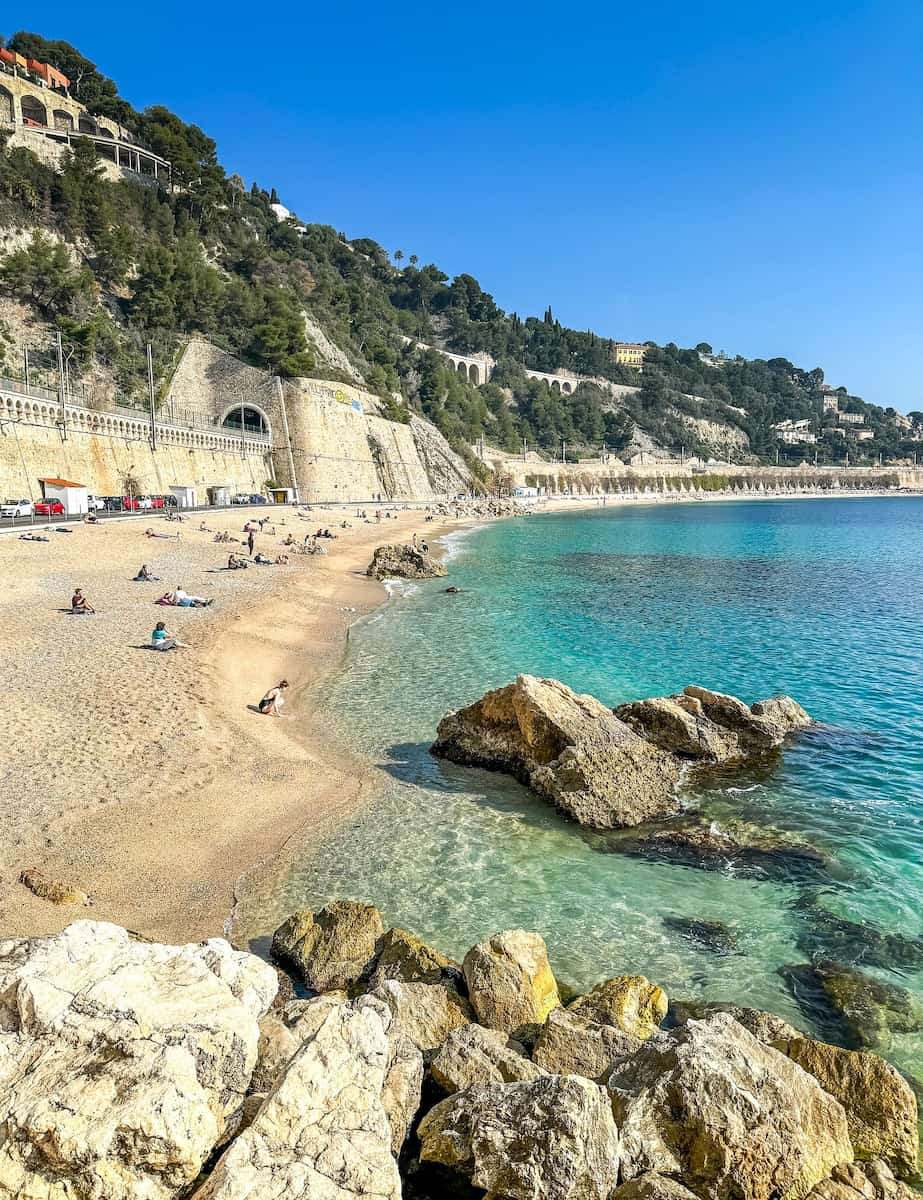
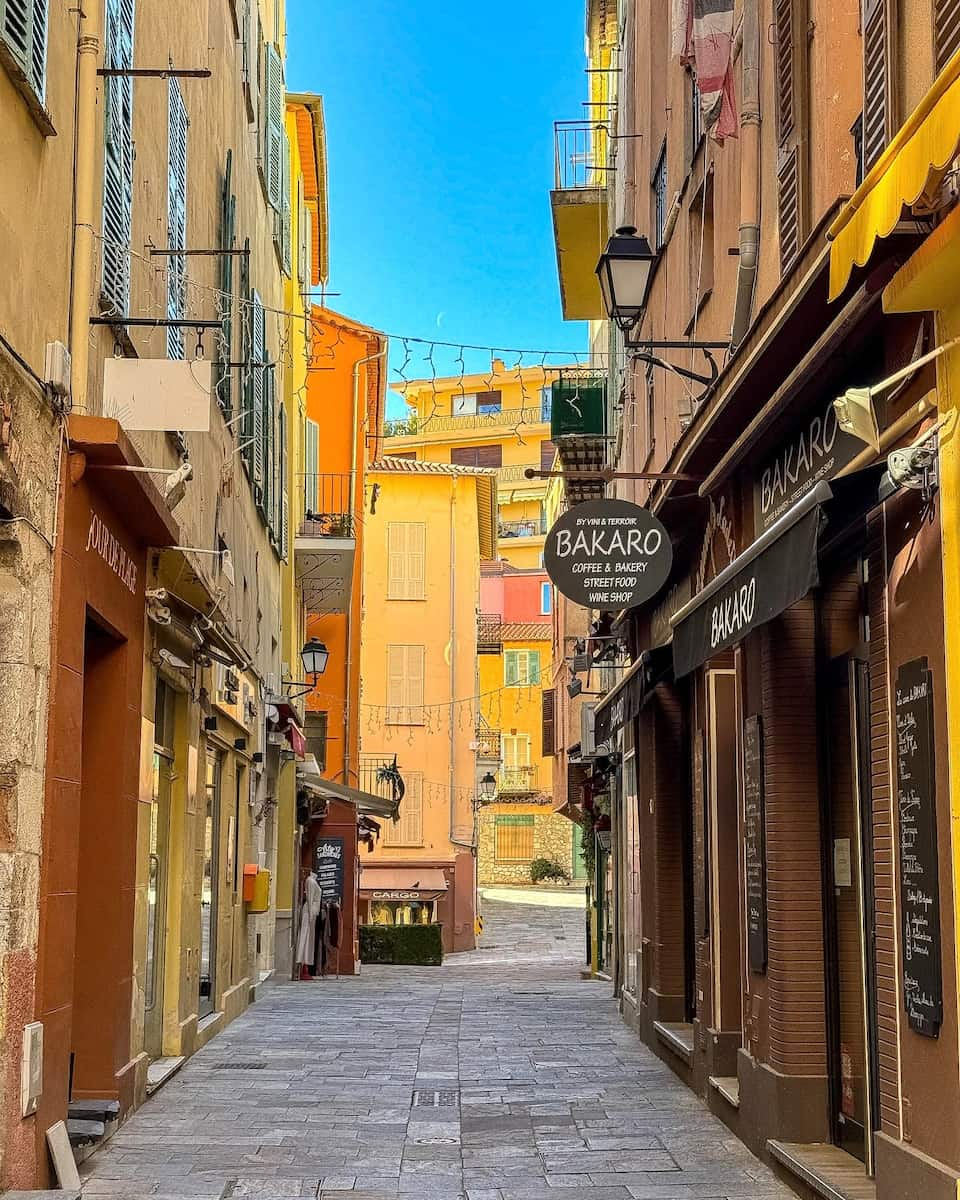
Beach Bliss. Plage des Marinières quickly became my favorite beach on the Côte d’Azur. Unlike Nice’s pebble beaches, this stretch of fine gravel slopes gently into crystal-clear water, making it perfect for swimming. The beach is equipped with anti-jellyfish nets during summer, providing peace of mind for swimmers. I spent a blissful afternoon here, alternating between cooling dips in the sea and sunbathing with views of the colorful village rising up the hillside behind me.
Cultural Highlights. Don’t miss the Chapelle Saint-Pierre, decorated by Jean Cocteau with stunning murals depicting the lives of local fishermen. This small chapel near the harbor charges just €3 for entry, and I found it to be one of the most unique artistic experiences in the region. The yellow bell tower of Saint Michel’s Church is another iconic sight, visible from throughout the village. The church’s terrace offers spectacular views over the bay.
⭐ Best Activities
- Boat trip and snorkeling in Villefranche-sur-M – Go for a boat trip and snorkeling in the harbor of Villefranche – sur – Mer departing from the port of Nice.
3. Saint-Jean-Cap-Ferrat
Peninsula Paradise. The moment my feet touched the ground in Saint-Jean-Cap-Ferrat, I understood why this small peninsula has attracted the world’s elite for generations. Located between Nice and Monaco, this exclusive enclave offers a perfect blend of natural beauty, luxury, and tranquility. The air feels different here – cleaner, fresher, infused with the scent of pine trees and salt water. Despite its reputation for luxury, I discovered that many of the peninsula’s treasures are accessible to all visitors.
Coastal Walks. The highlight of my visit was exploring the peninsula on foot via its well-maintained coastal paths. I chose the middle-difficulty route from the port to Paloma Beach and the Chapel of Saint-Hospice. This relatively flat 1.5-hour walk rewarded me with stunning views at every turn – crystal-clear waters on one side and magnificent villas hidden behind lush gardens on the other. The path took me past secluded coves and beaches, including Plage des Fossettes, where I stopped for a refreshing swim away from the crowds.
Historical Gems. The Saint-Hospice Chapel surprised me with its rich history and impressive 10-meter bronze Madonna statue near the entrance. Built in the 11th century and later expanded, this peaceful spot offers a moment of reflection away from the glamour of the Riviera. I learned that the chapel was named after a Benedictine monk who lived in one of its towers around 550 CE and was known for performing miraculous healings. The nearby Belgian Military Cemetery provides another quiet space for contemplation.
Villa Splendor. The crown jewel of Saint-Jean-Cap-Ferrat is undoubtedly the Villa Ephrussi de Rothschild. Built in the early 20th century by Baroness Béatrice de Rothschild, this pink palace sits at the highest point of the peninsula. I spent hours exploring its nine themed gardens, each offering a different atmosphere and spectacular views of both the Mediterranean bays. The French Garden with its musical fountains was particularly enchanting – every 20 minutes, the fountains “dance” to classical music, creating a magical experience.
⭐ Best Activities
- Saint-Jean-Cap-Ferrat: Luxury Cruise – Explore the French Riviera on an exclusive boat tour aboard a luxury Day Cruiser. Admire the scenery of Saint Jean Cap Ferrat, the beauty of Eze, go snorkeling, and enjoy your aperitif with rosé wine.
4. Île Sainte-Marguerite
Island Escape. Just a 15-minute ferry ride from Cannes lies Île Sainte-Marguerite, a world away from the glitz and glamour of the mainland. As I stepped off the boat, the fragrance of pine and eucalyptus enveloped me, instantly washing away the stress of city life. This car-free island, the largest of the Lérins Islands group, offers a perfect day trip combining history, nature, and secluded beaches. The contrast between the busy Cannes waterfront and the tranquil forest paths of the island creates a magical experience.
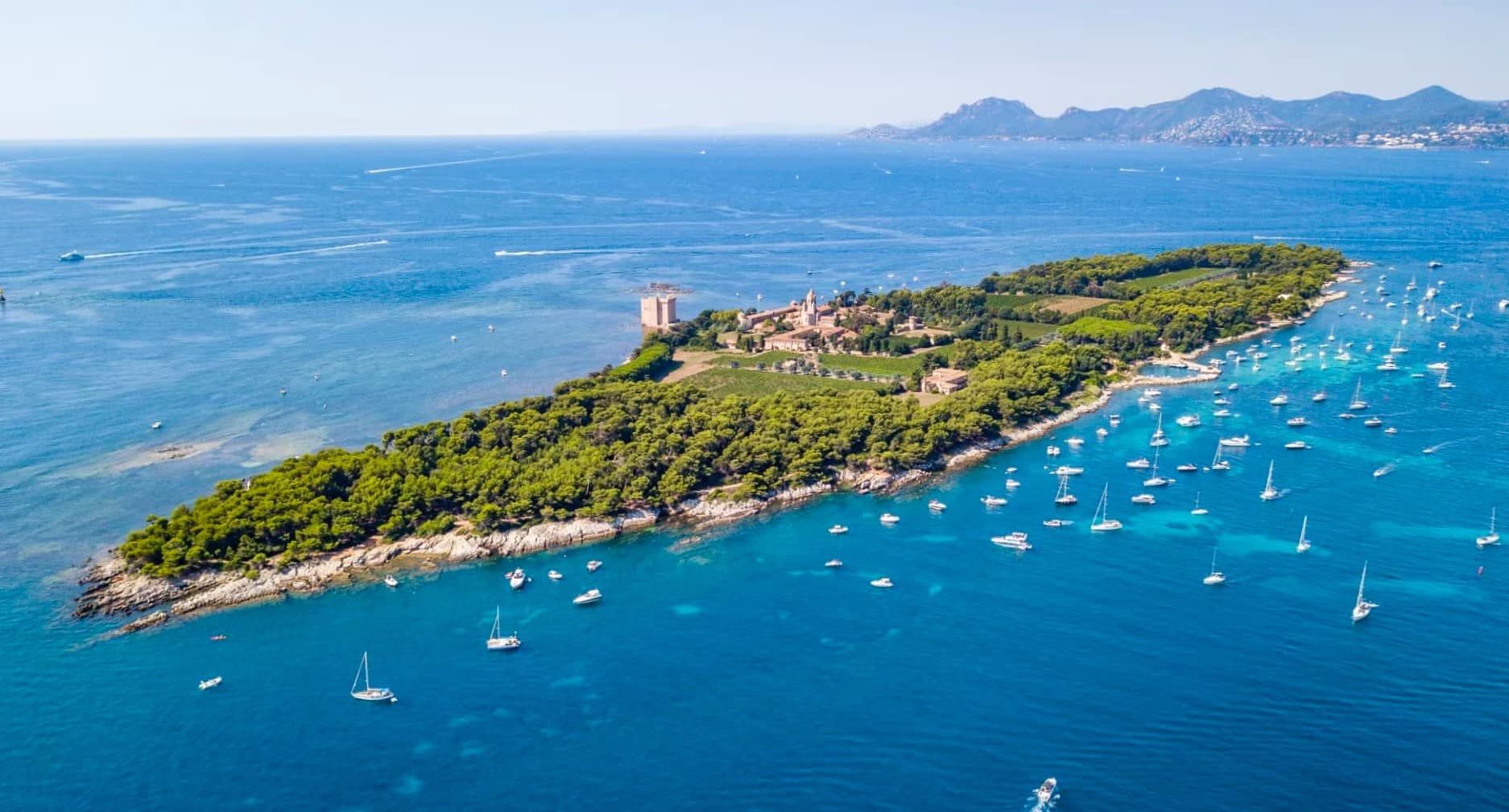
Historical Intrigue. Fort Royal, situated dramatically on a cliff overlooking the sea, was my first stop on the island. This impressive 17th-century fortress is famous for housing the mysterious Man in the Iron Mask, whose identity remains one of France’s greatest historical enigmas. I explored the former prison cells, including the one where this unknown prisoner spent 11 years of his life. Outside the fort, I discovered an elaborately ornamented 18th-century cannon decorated with a dolphin motif – a detail many visitors miss.
Natural Wonders. The island’s 22 kilometers of marked trails led me through dense forests of Aleppo pines, stone pines, and eucalyptus trees. The most rewarding hike took me to Batéguier Pond on the western side of the island – a protected reserve where I spotted several species of migratory birds resting during their journey. The mix of fresh and salt water creates a unique ecosystem that bird enthusiasts will particularly appreciate. Along the way, I stumbled upon abandoned WWII bunkers, poignant reminders of the island’s Nazi occupation.
⭐ Best Activities
- Ferry from Cannes to the island Ste Marguerite – Board a ferry to the lle Sainte-Marguerite—about a half-mile off shore from the French Riviera—for a relaxing morning or afternoon, depending on which departure you choose.
❓ FAQ about Trips to Côte d’Azur
What makes Villa Ephrussi de Rothschild in Saint-Jean-Cap-Ferrat special?
Villa Ephrussi de Rothschild is a magnificent pink palace featuring nine themed gardens with spectacular views of both bays of the sea. Built by Baroness Béatrice de Rothschild in the early 1900s, this historic villa houses an impressive collection of art and antiques while its musical fountains “dance” to classical music every 20 minutes.
When is the Cannes Film Festival worth visiting?
The Cannes Film Festival, held annually in May, transforms the city into a playground for celebrities and film enthusiasts with red carpet events and outdoor screenings. Even if you can’t attend official screenings, you can stroll along La Croisette to spot celebrities, enjoy the festive atmosphere, and watch free films projected on the beach after sunset.
Which water sports are popular around Nice?
Around Nice, visitors can enjoy paddleboarding, jet skiing, parasailing, and snorkeling in the crystal-clear waters of the sea. The Baie des Anges offers perfect conditions for sailing and windsurfing, while companies along the Promenade des Anglais rent equipment and provide lessons for all skill levels.
How to explore the Principality of Monaco?
The tiny Principality of Monaco packs luxury experiences into its 2 square kilometers, including the famous Monte Carlo Casino and the Prince’s Palace with its daily changing of the guard. Visitors can enjoy the Oceanographic Museum, the exotic gardens, and spectacular harbor views before taking the public elevator to reach different levels of this vertical city built on steep terrain.
Why visit Mercantour National Park from Côte d’Azur?
Mercantour National Park offers a dramatic contrast to the coastal glamour with alpine landscapes, crystal-clear lakes, and over 600km of hiking trails just 1-2 hours from Nice. Visitors can spot wildlife including chamois, ibex, and marmots while exploring ancient rock engravings in the Valley of Wonders (Vallée des Merveilles) that date back to the Bronze Age.
Which hidden coves are best for swimming?
The best hidden coves include Plage Mala near Cap d’Ail, accessible only by foot or boat, and the secluded inlets around Cap Ferrat where crystal-clear waters are perfect for snorkeling. Les Calanques between Cassis and Marseille offer dramatic limestone coves with turquoise waters that can be reached by hiking trails or boat tours for an unforgettable swimming experience.
How to enjoy La Colline du Chateau views?
La Colline du Chateau (Castle Hill) offers the most spectacular panoramic views of Nice, the Baie des Anges, and the port from its 92-meter summit. Visitors can take the free elevator near Tour Bellanda or climb the 300 steps through shady gardens, then enjoy the artificial waterfall, archaeological ruins, and a children’s playground built to resemble a castle.
What makes Gorges du Verdon a must-visit destination?
The Gorges du Verdon, often called Europe’s Grand Canyon, features dramatic 700-meter limestone cliffs and a stunning turquoise river perfect for kayaking, rafting, and swimming. This natural wonder, located about two hours from the coast, offers hiking trails with breathtaking viewpoints, rock climbing routes, and the beautiful Lake of Sainte-Croix where visitors can rent electric boats or paddleboards.
Which Old Town is most charming to explore?
Nice’s Old Town (Vieux Nice) captivates visitors with its Italian-influenced architecture, vibrant Cours Saleya market, and winding streets filled with boutiques and restaurants serving Niçoise specialties. The equally charming Old Town of Menton, known as the “Pearl of France,” features pastel-colored buildings, baroque churches, and gardens filled with citrus trees that thrive in its microclimate of 300 days of sunshine a year.
